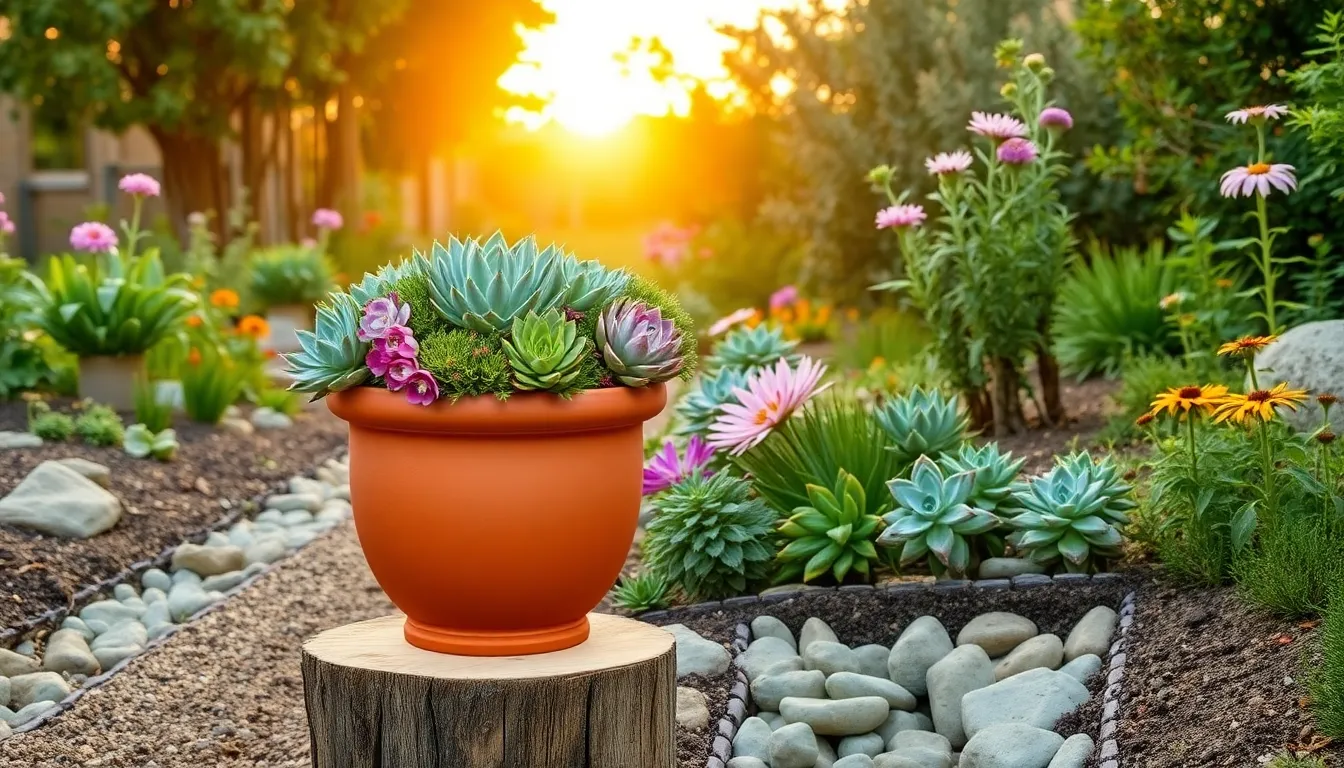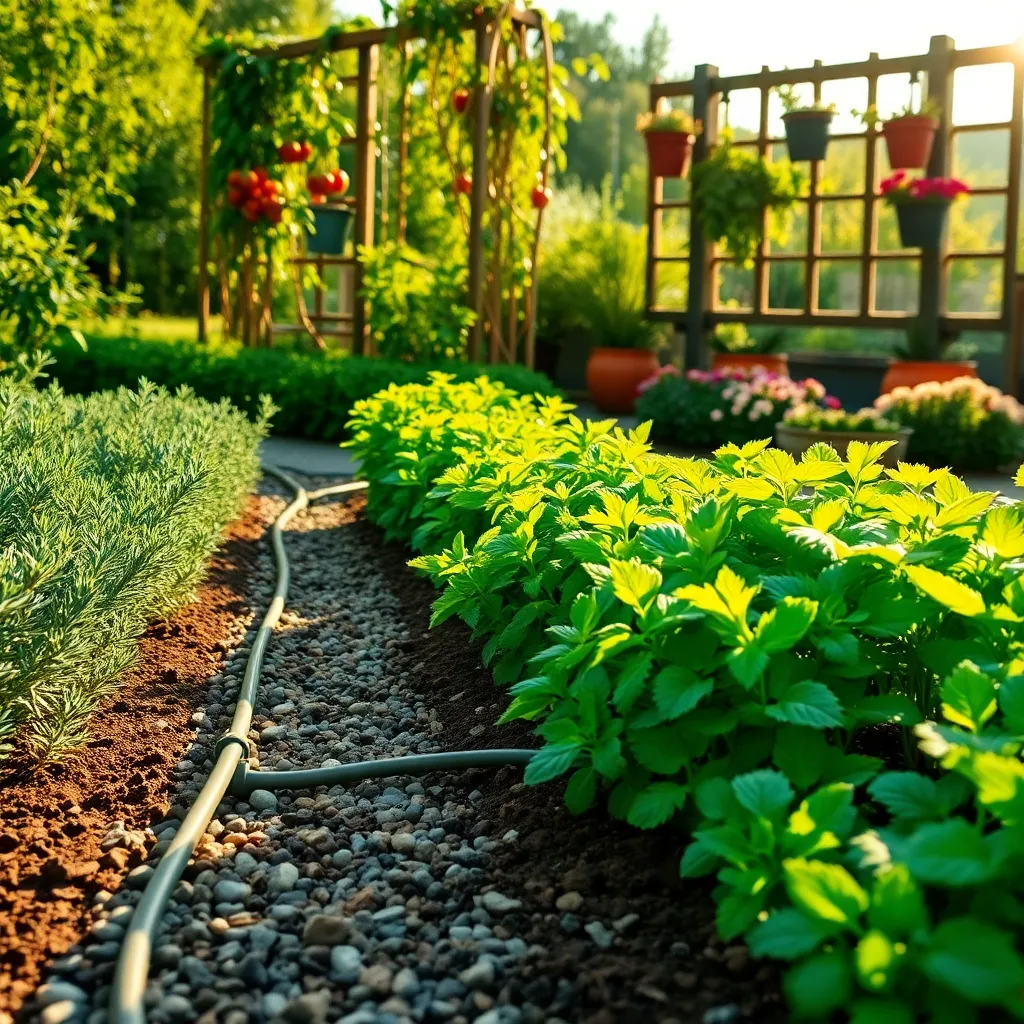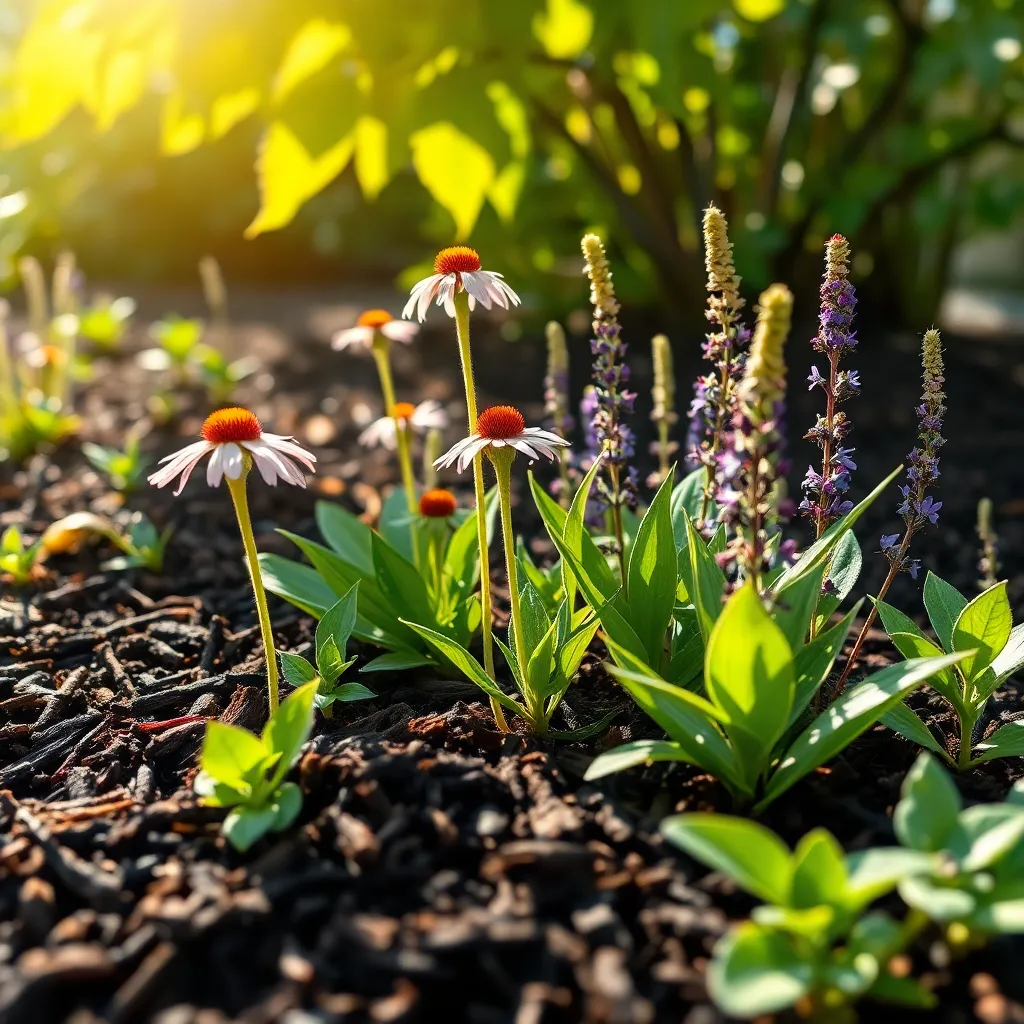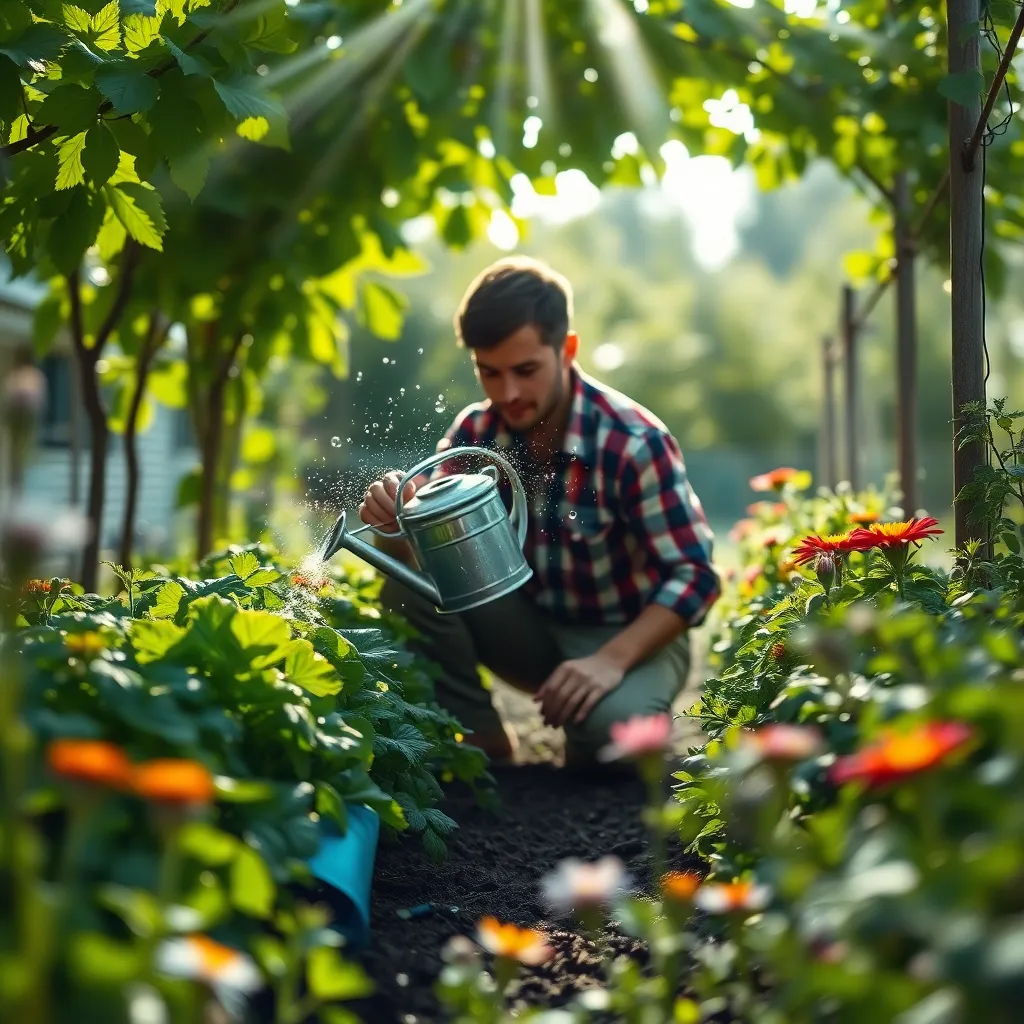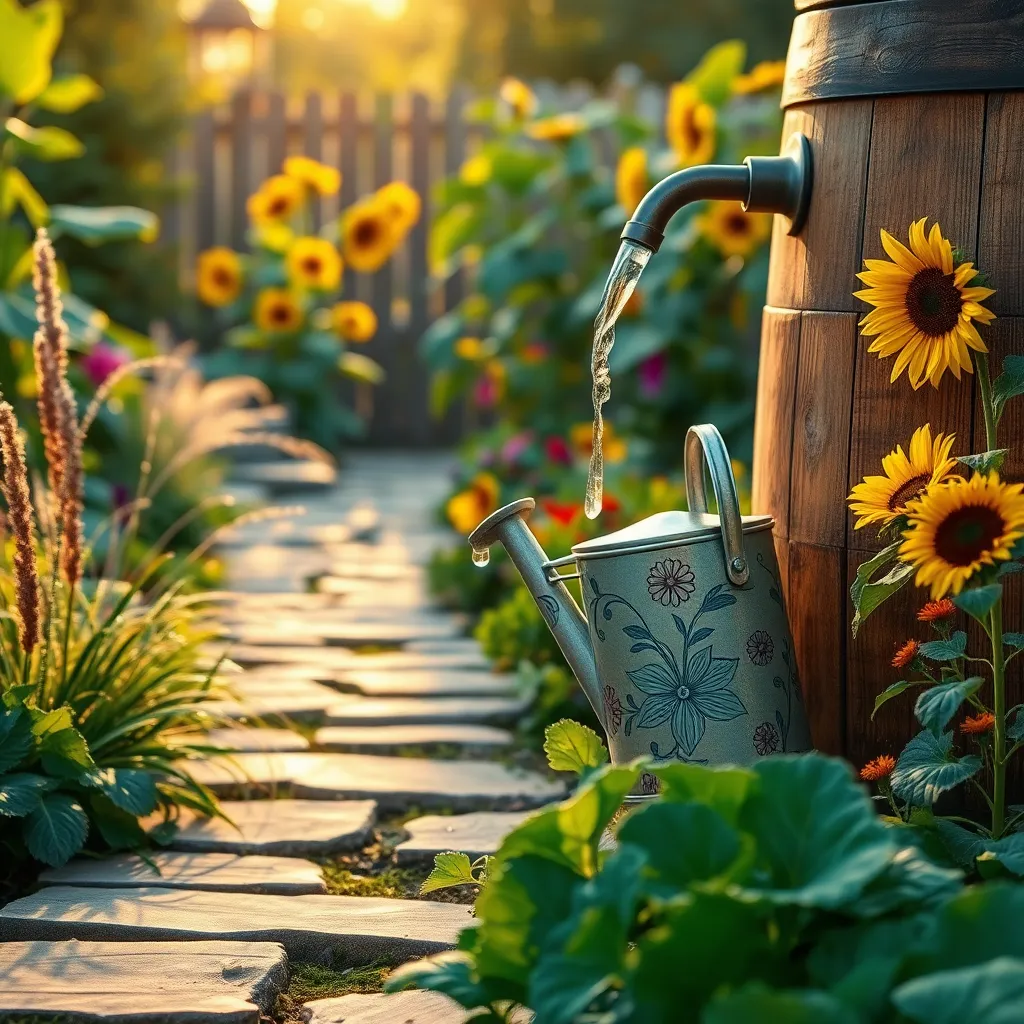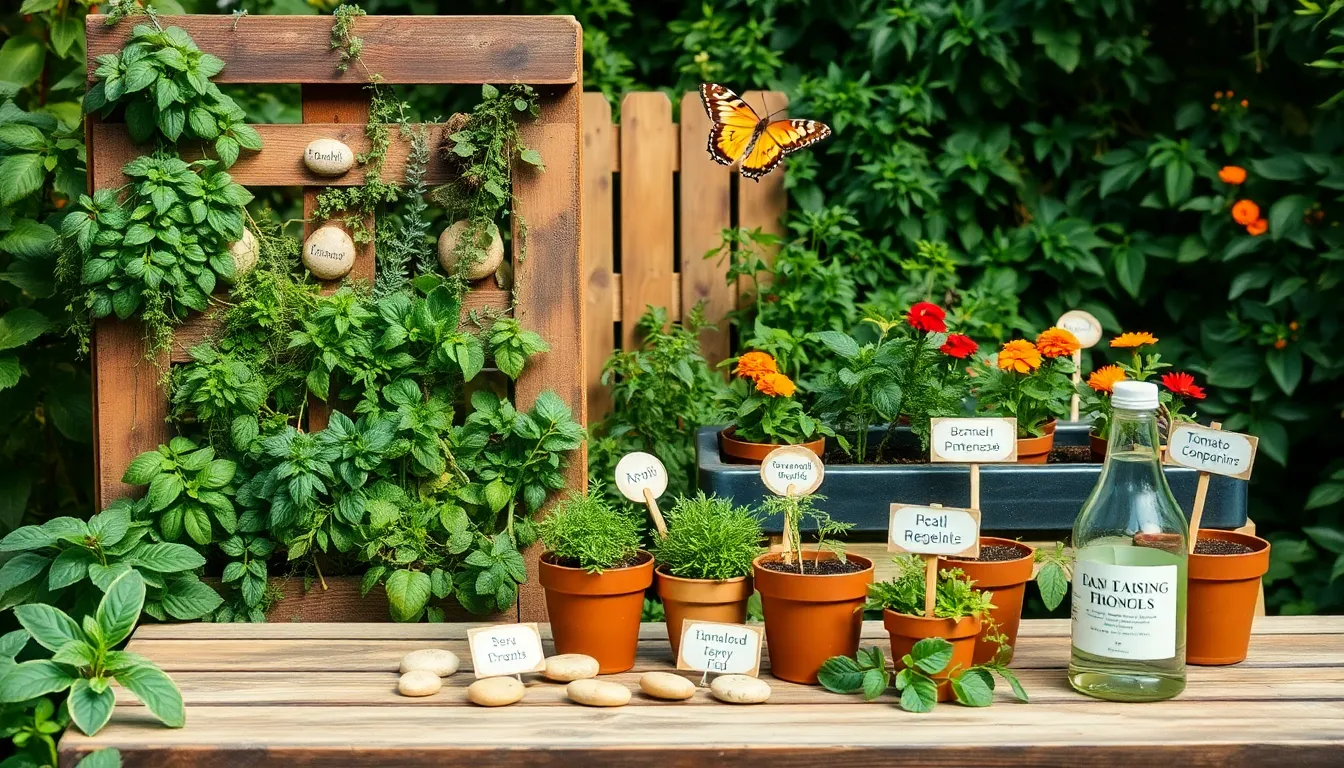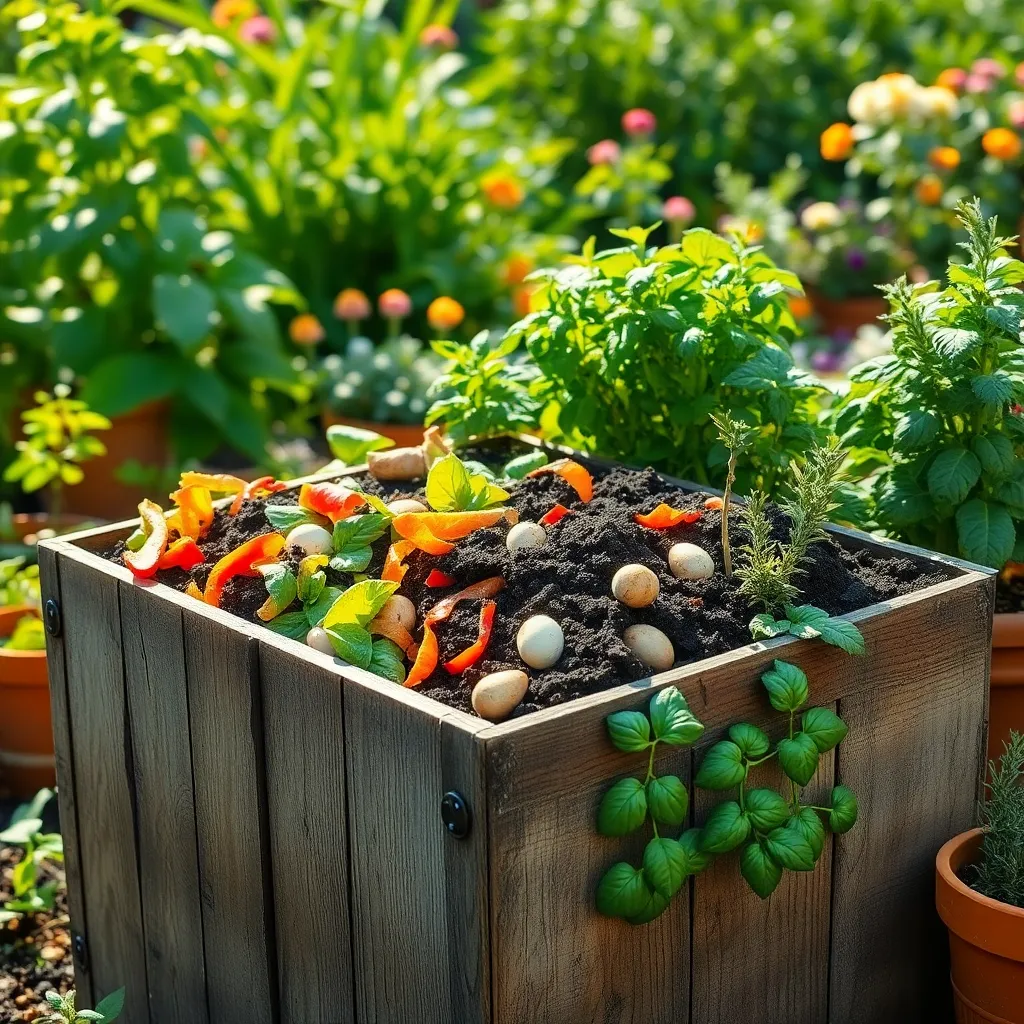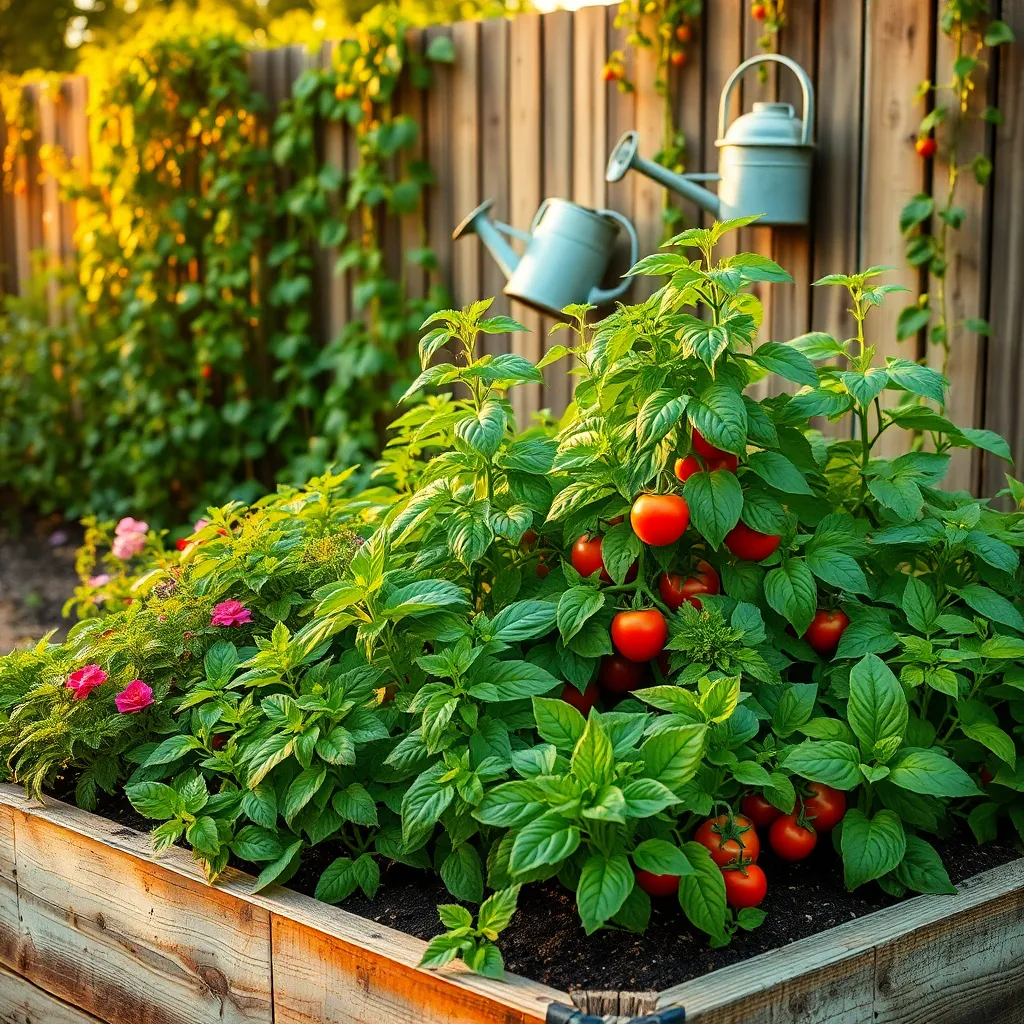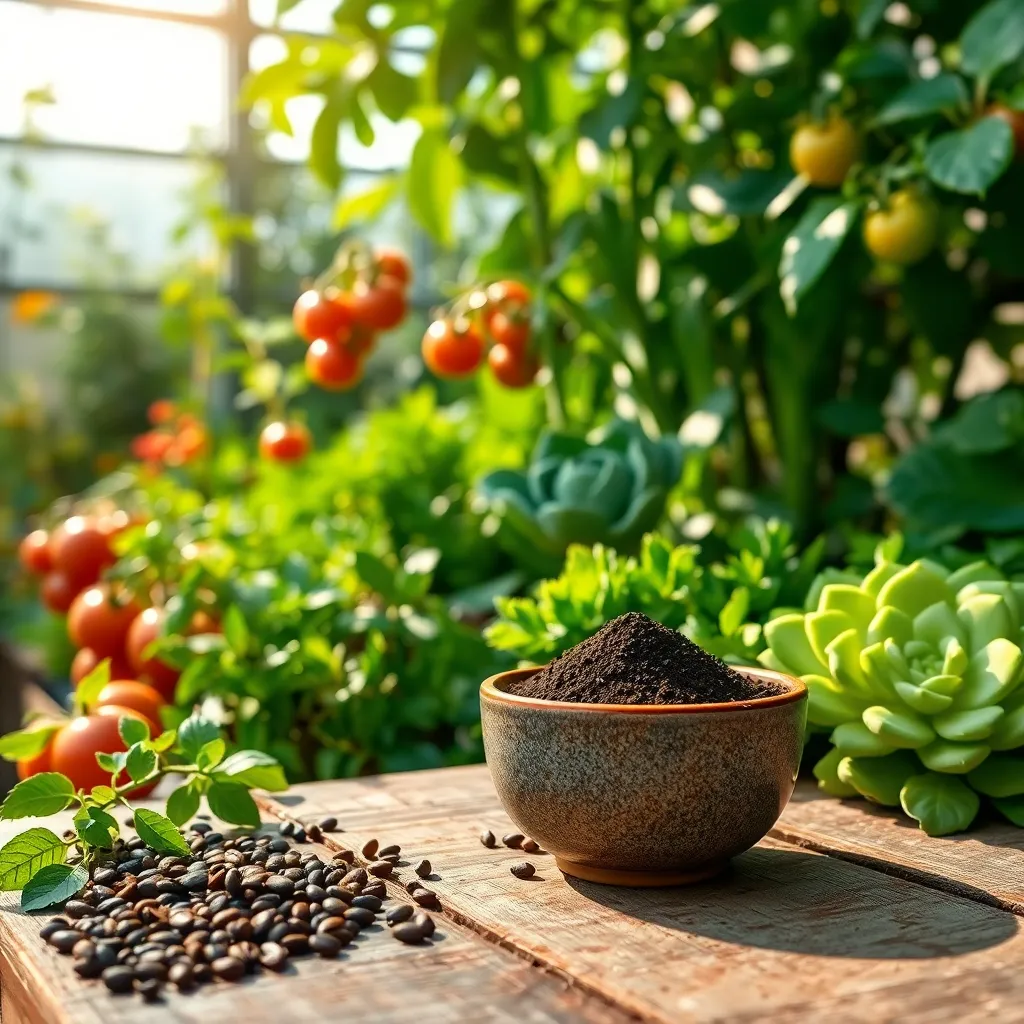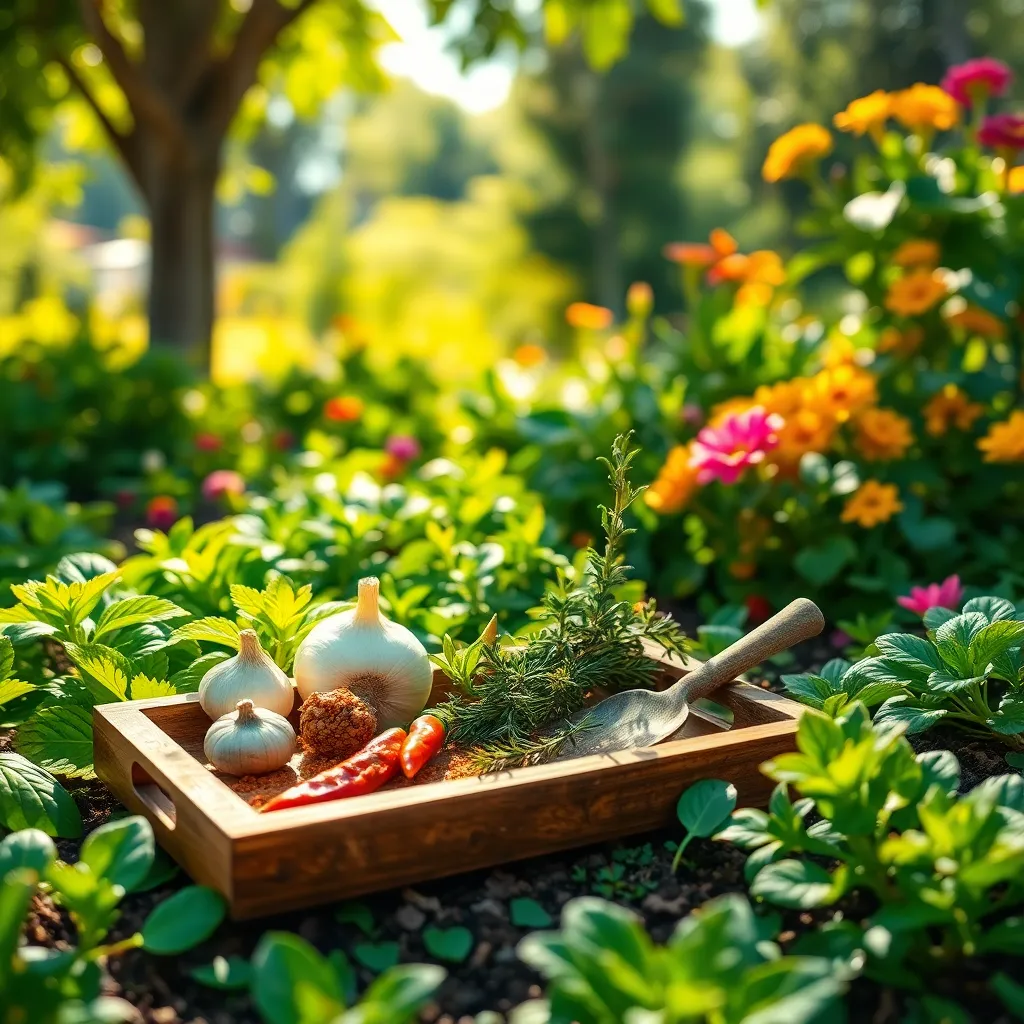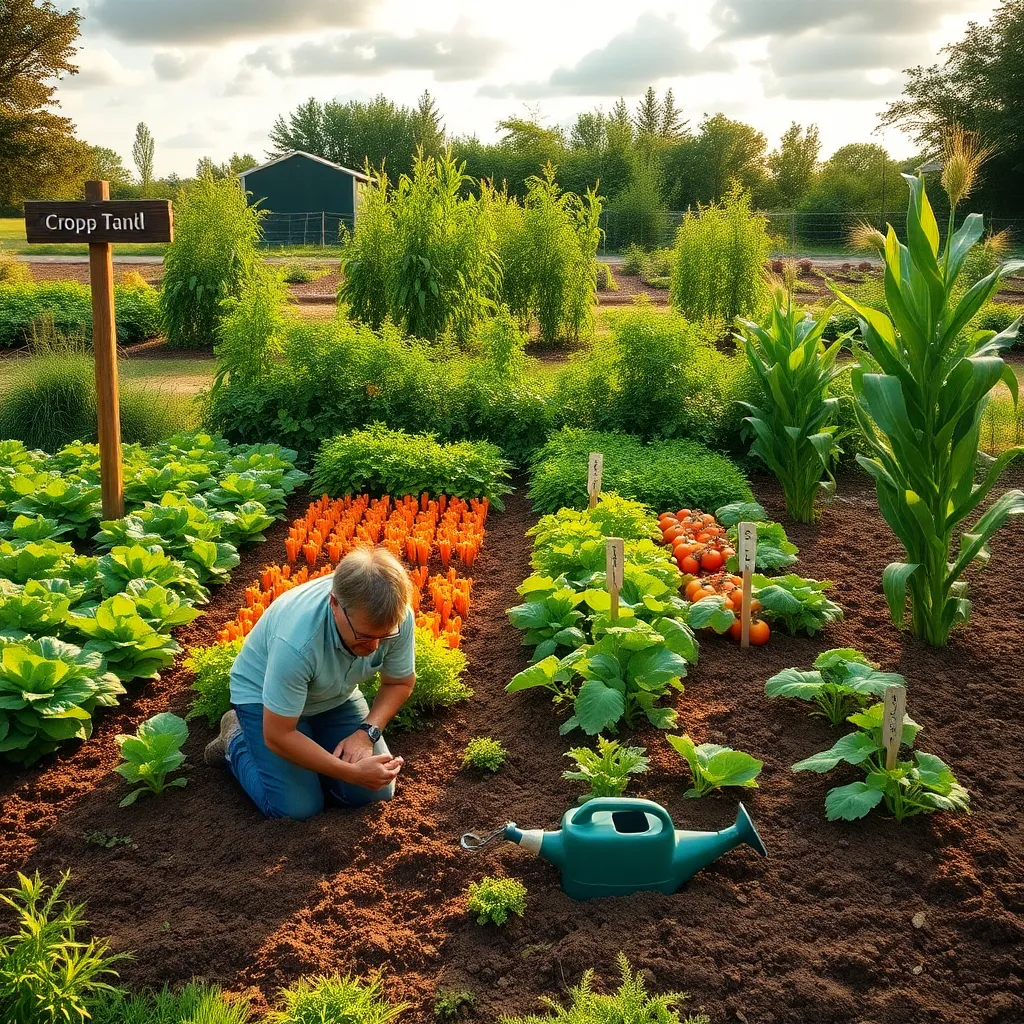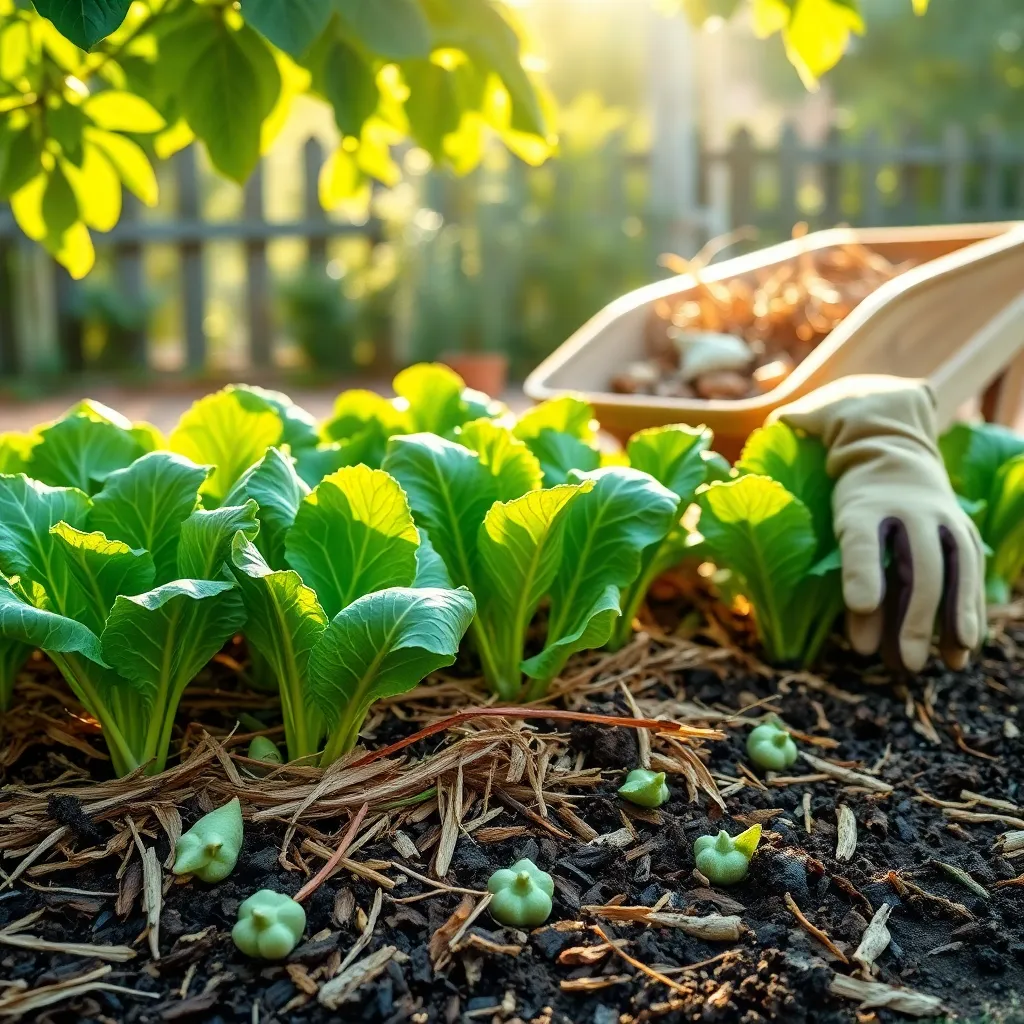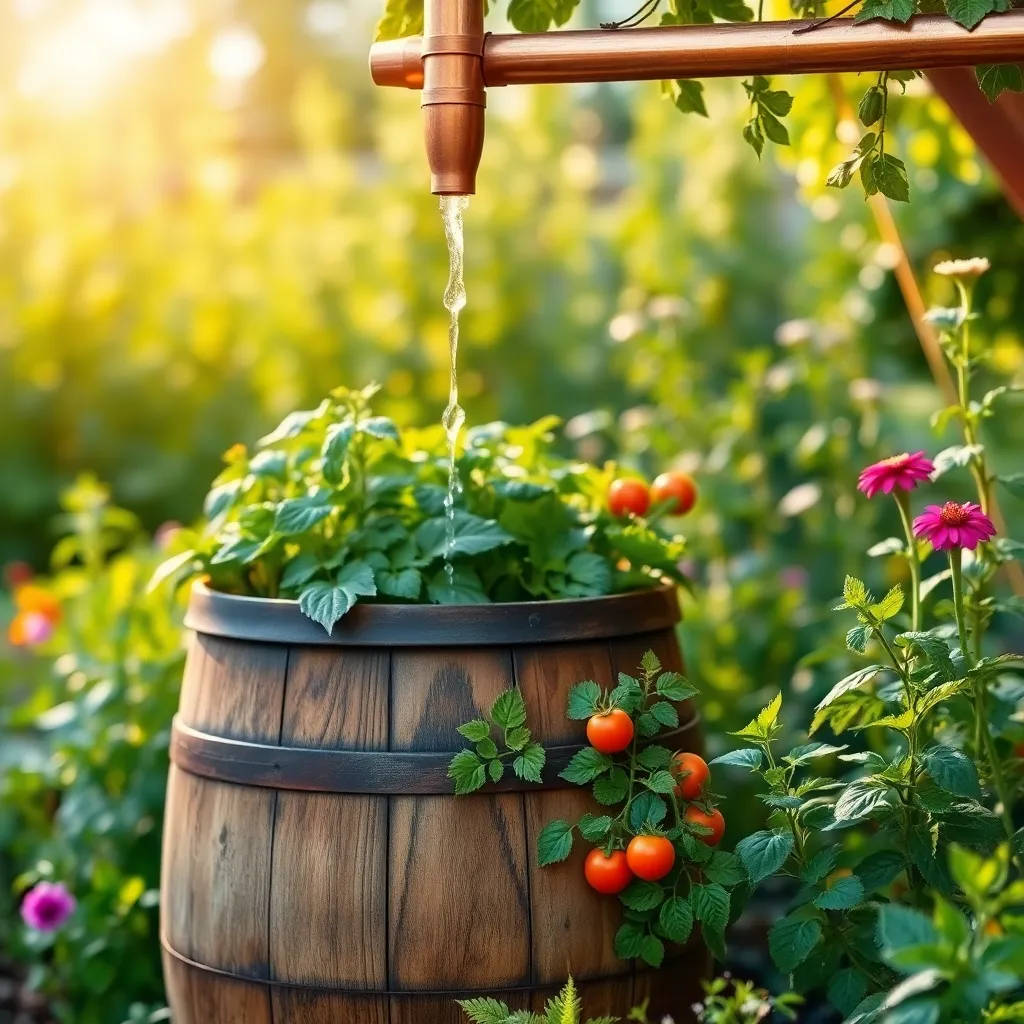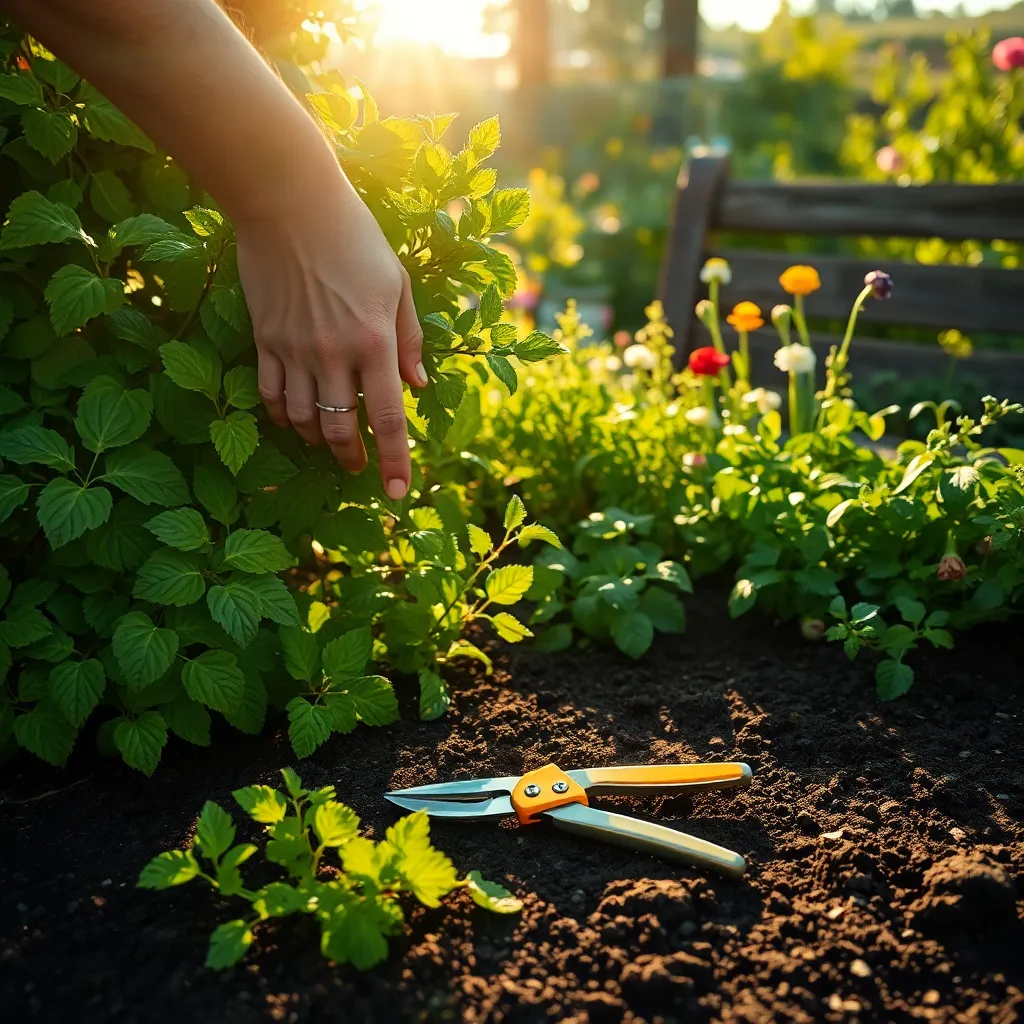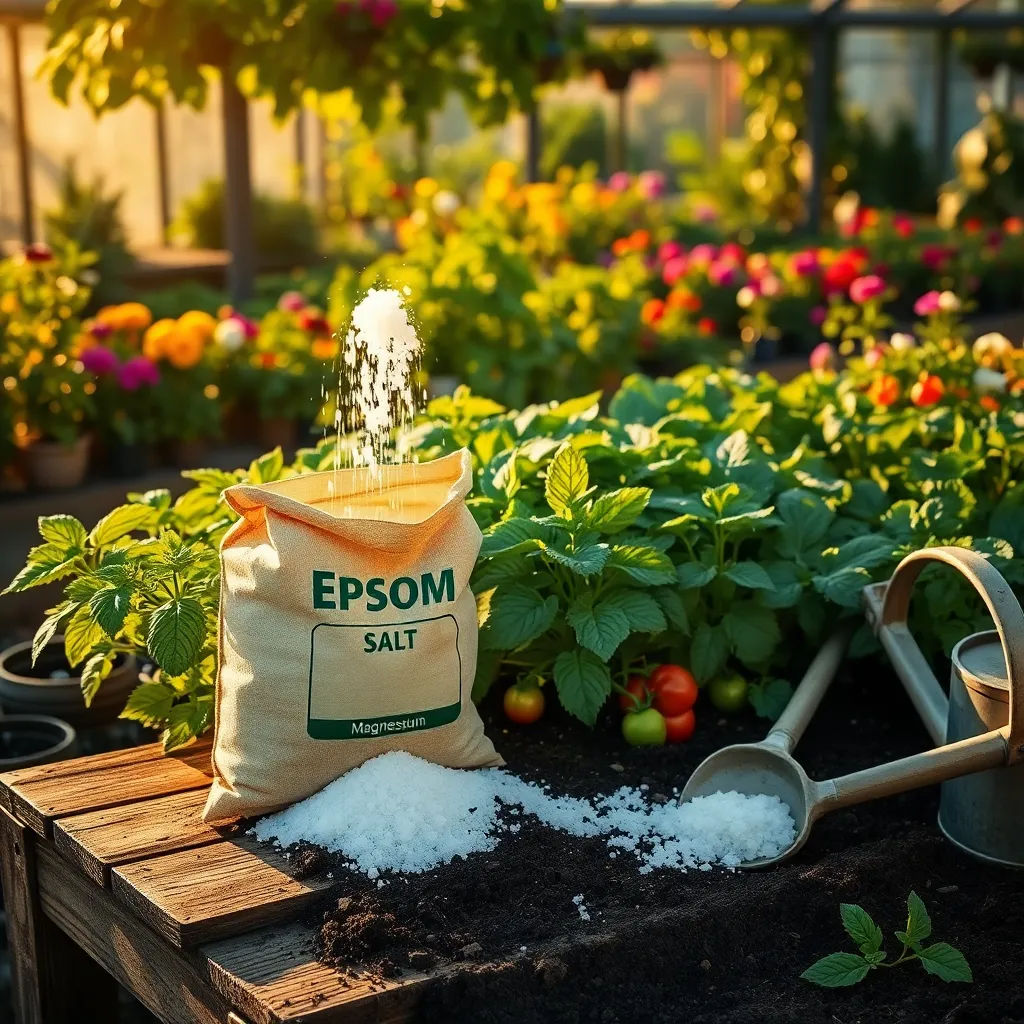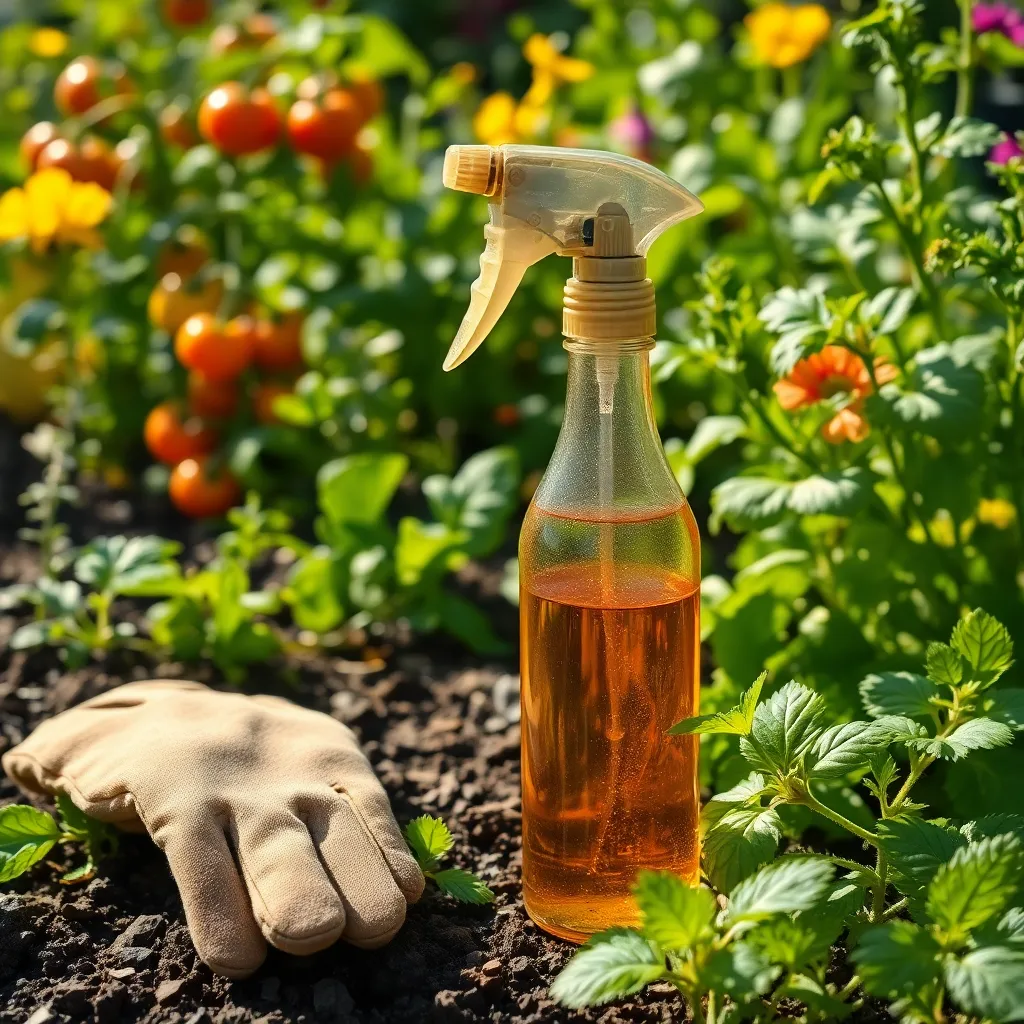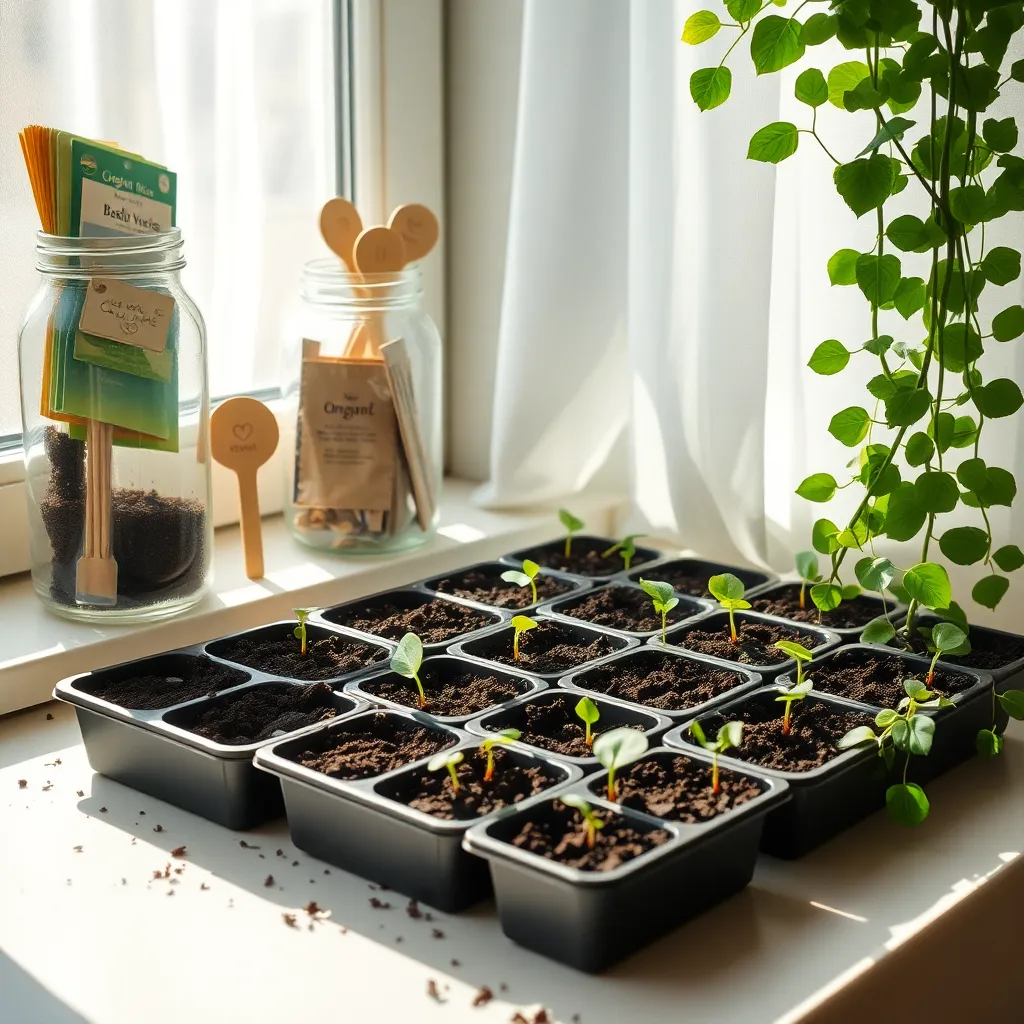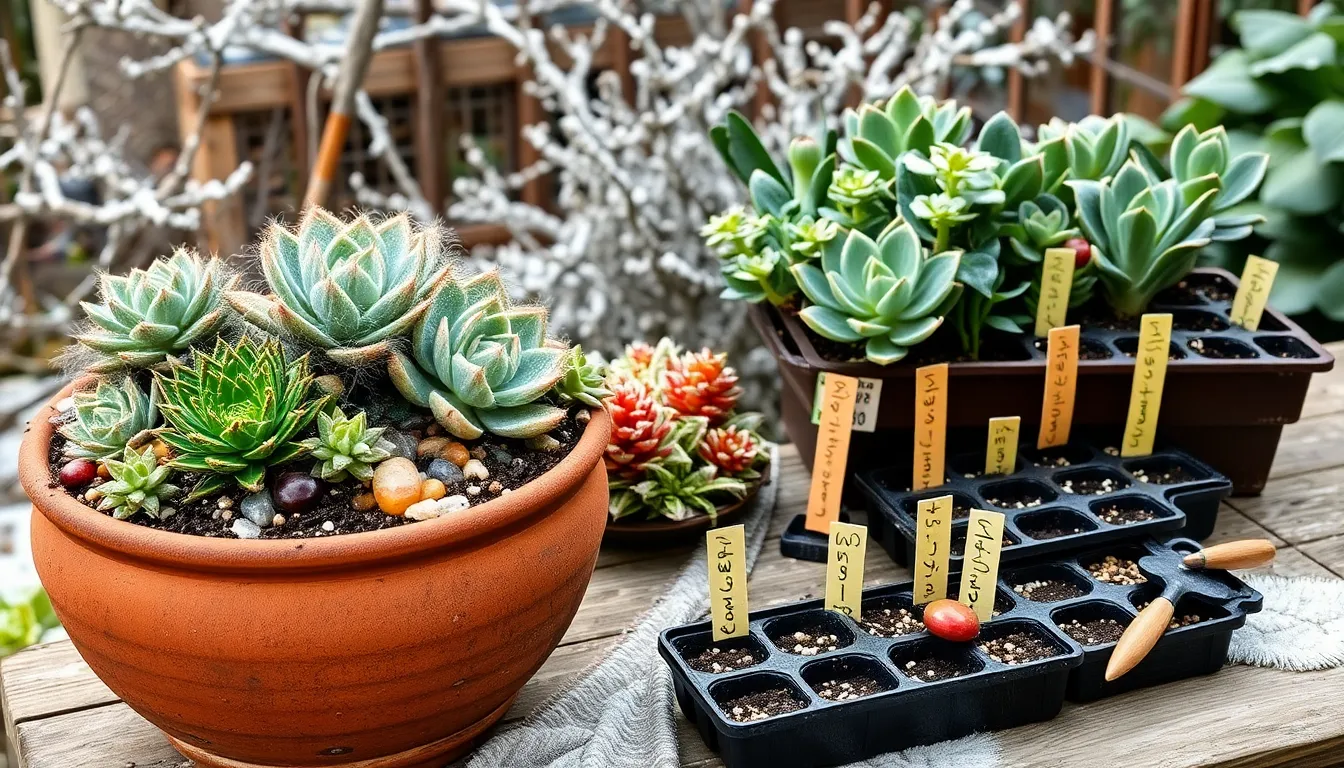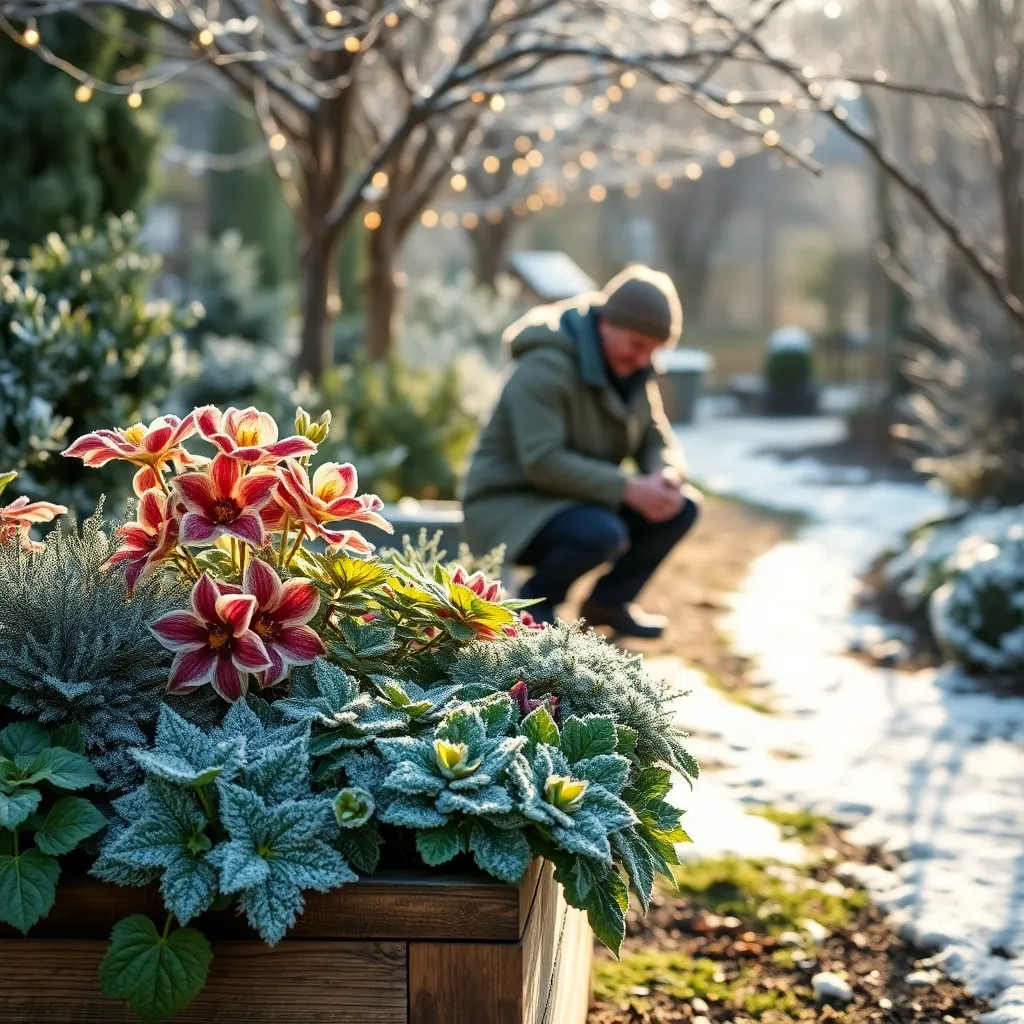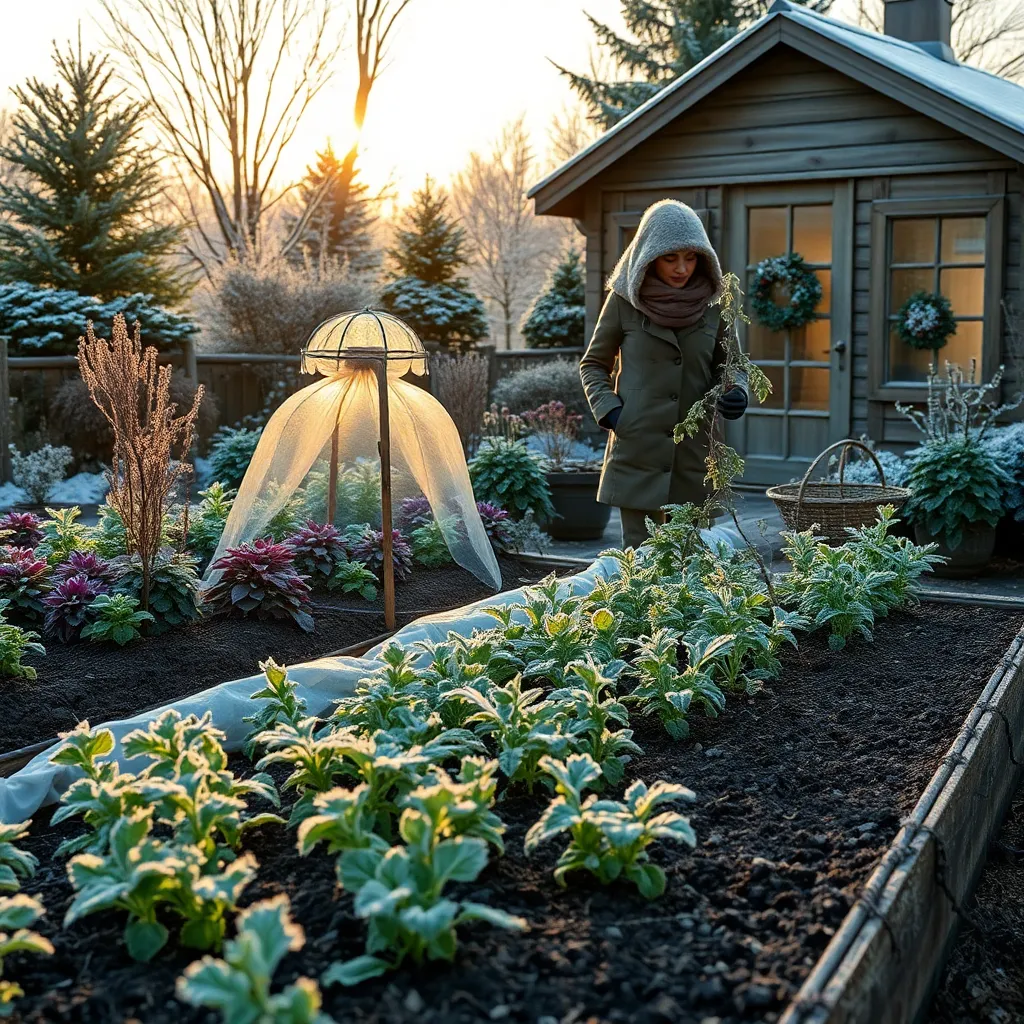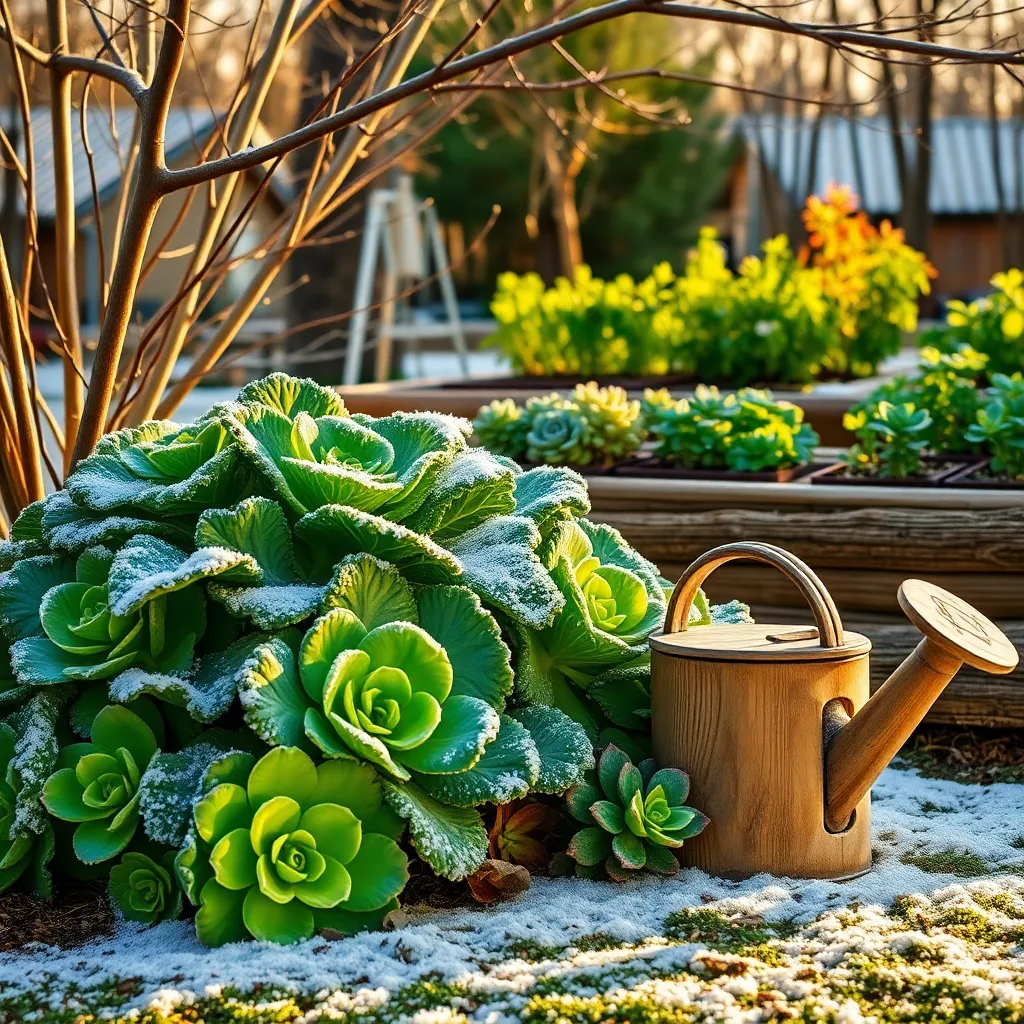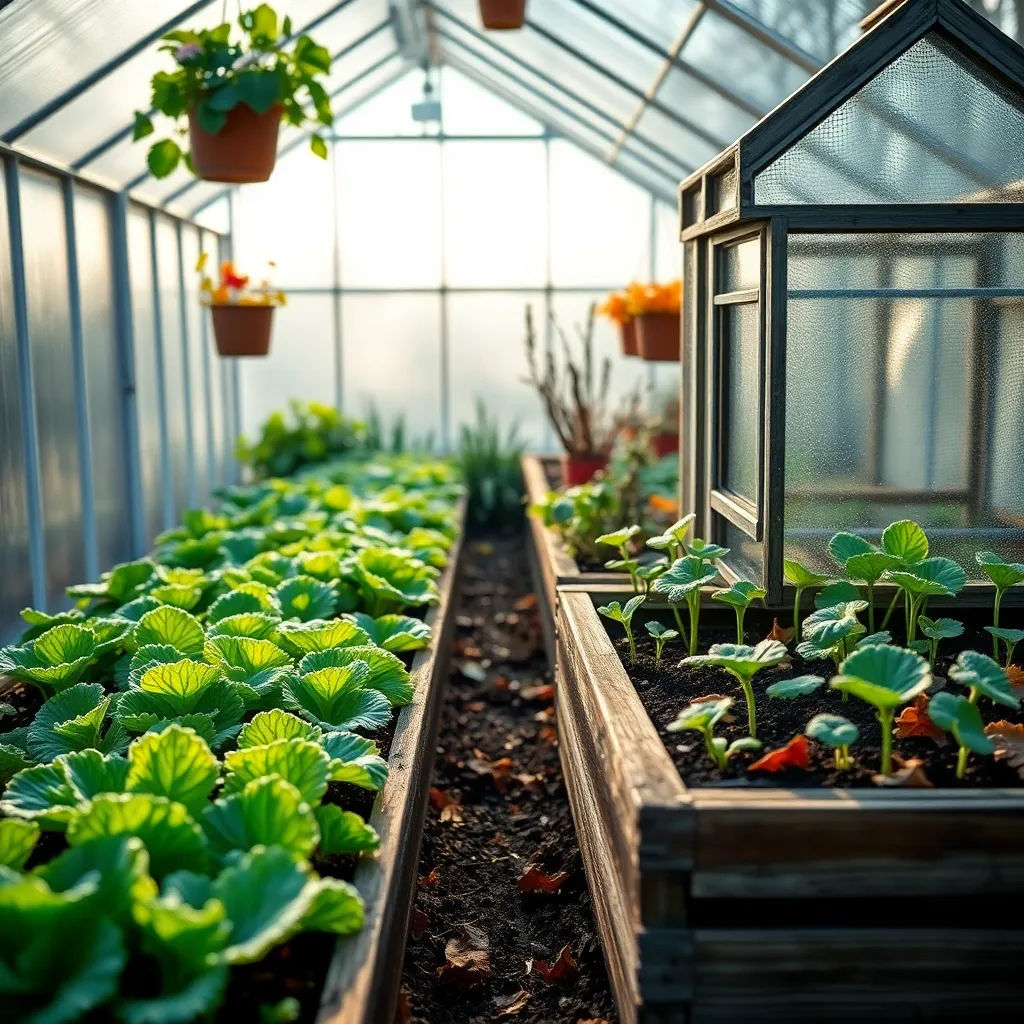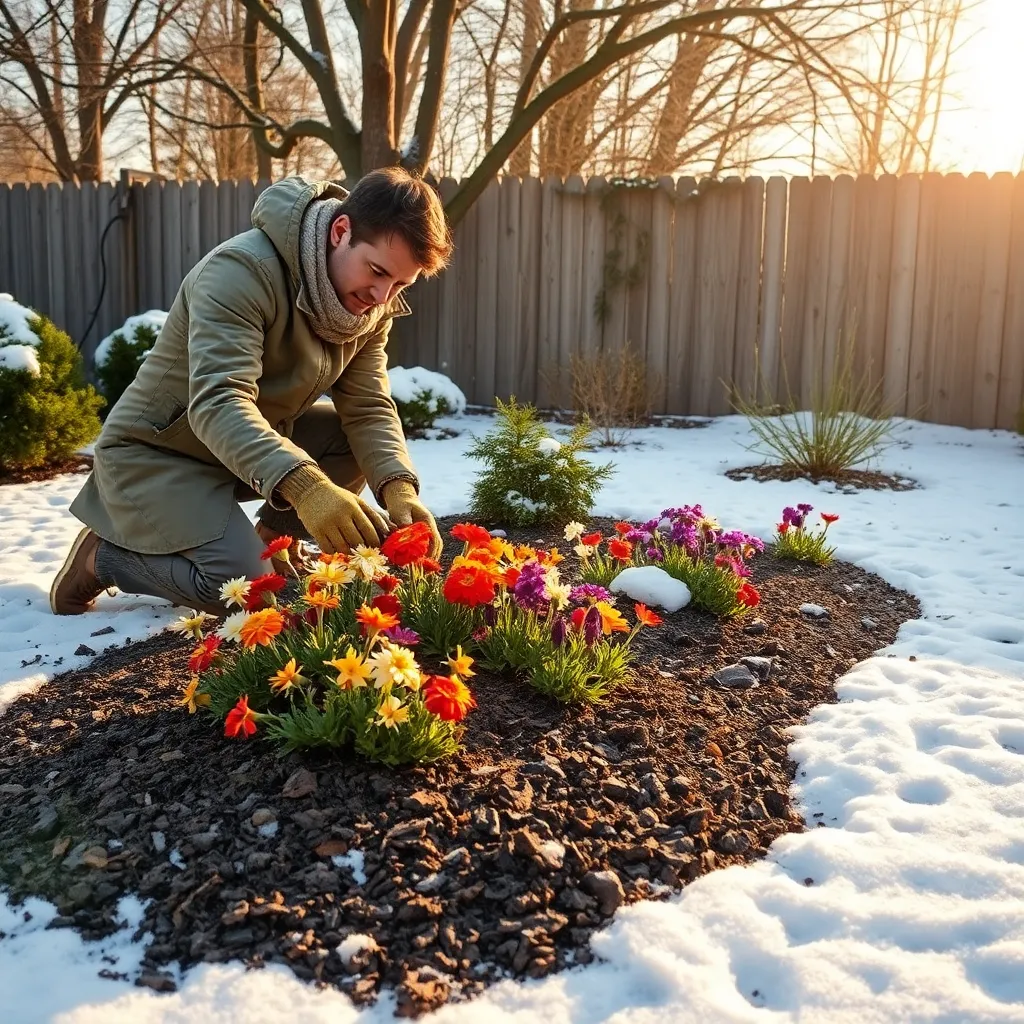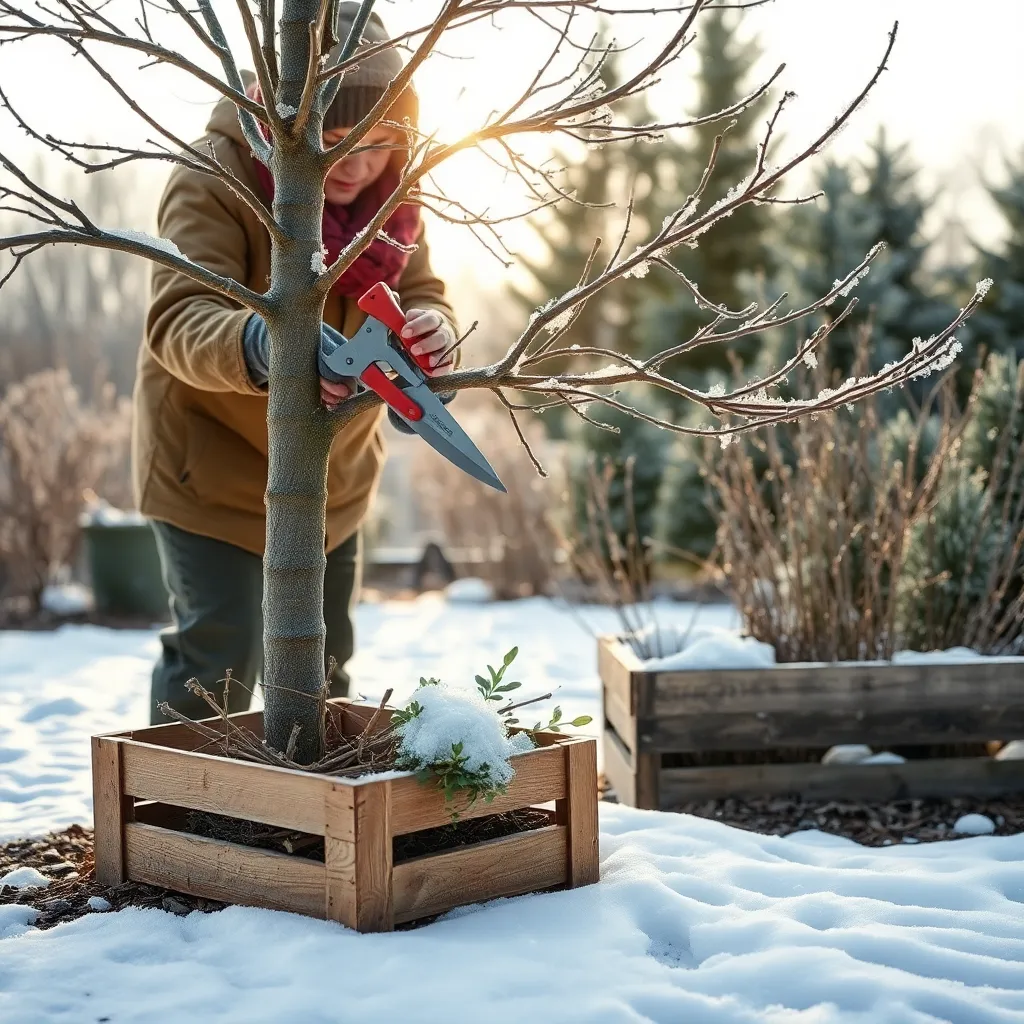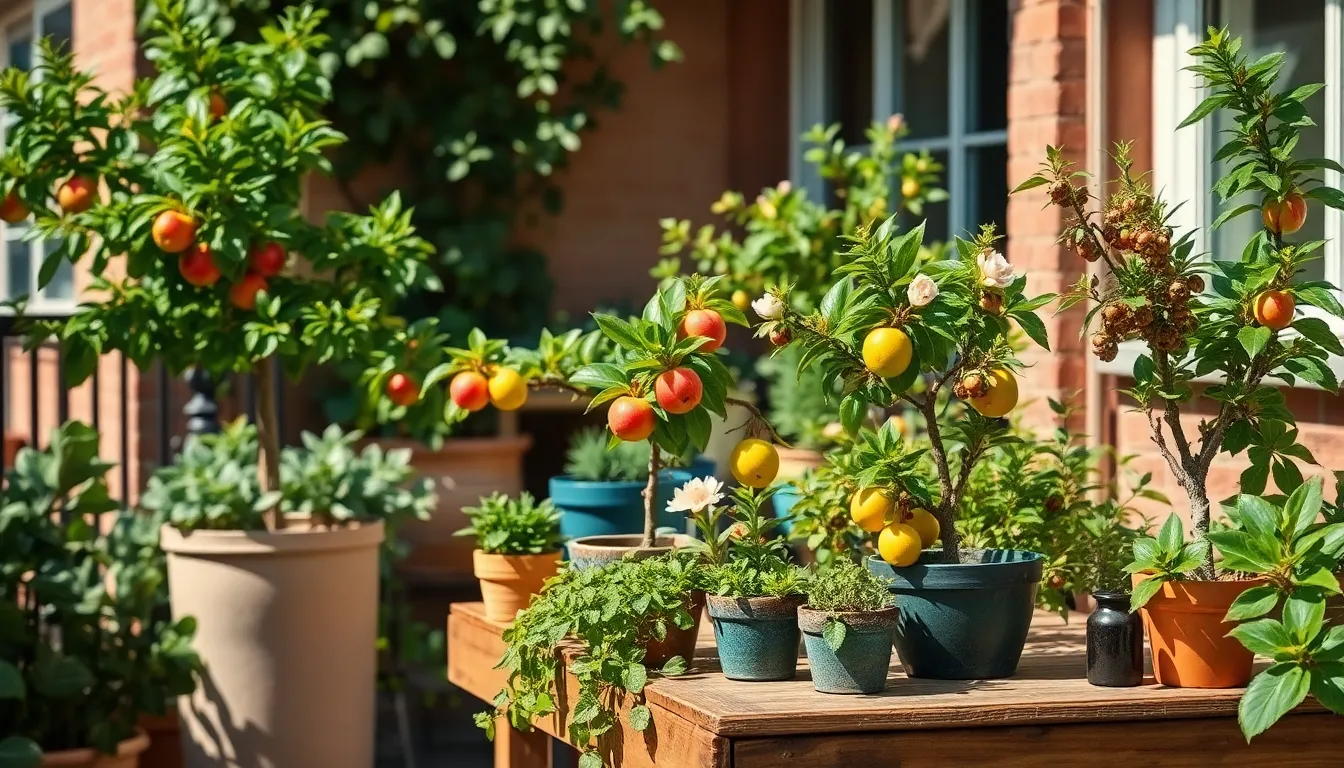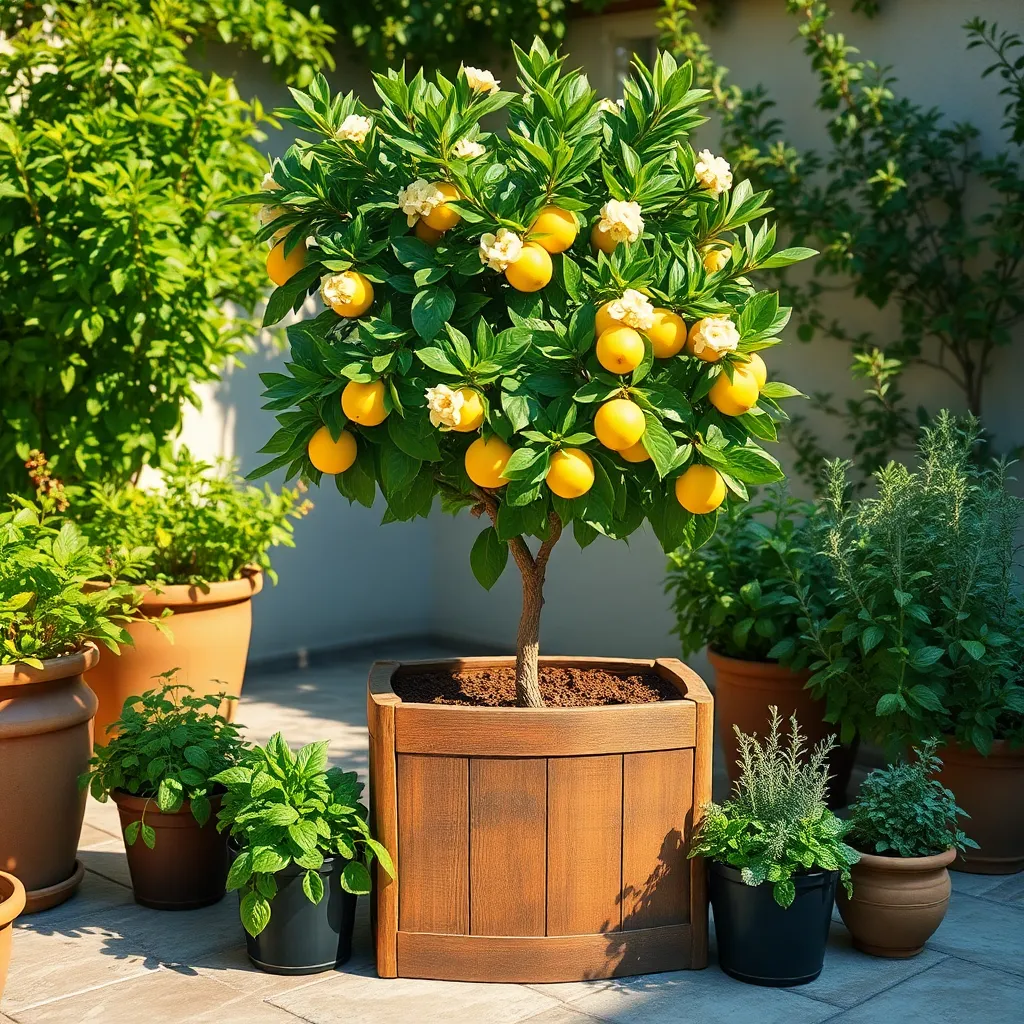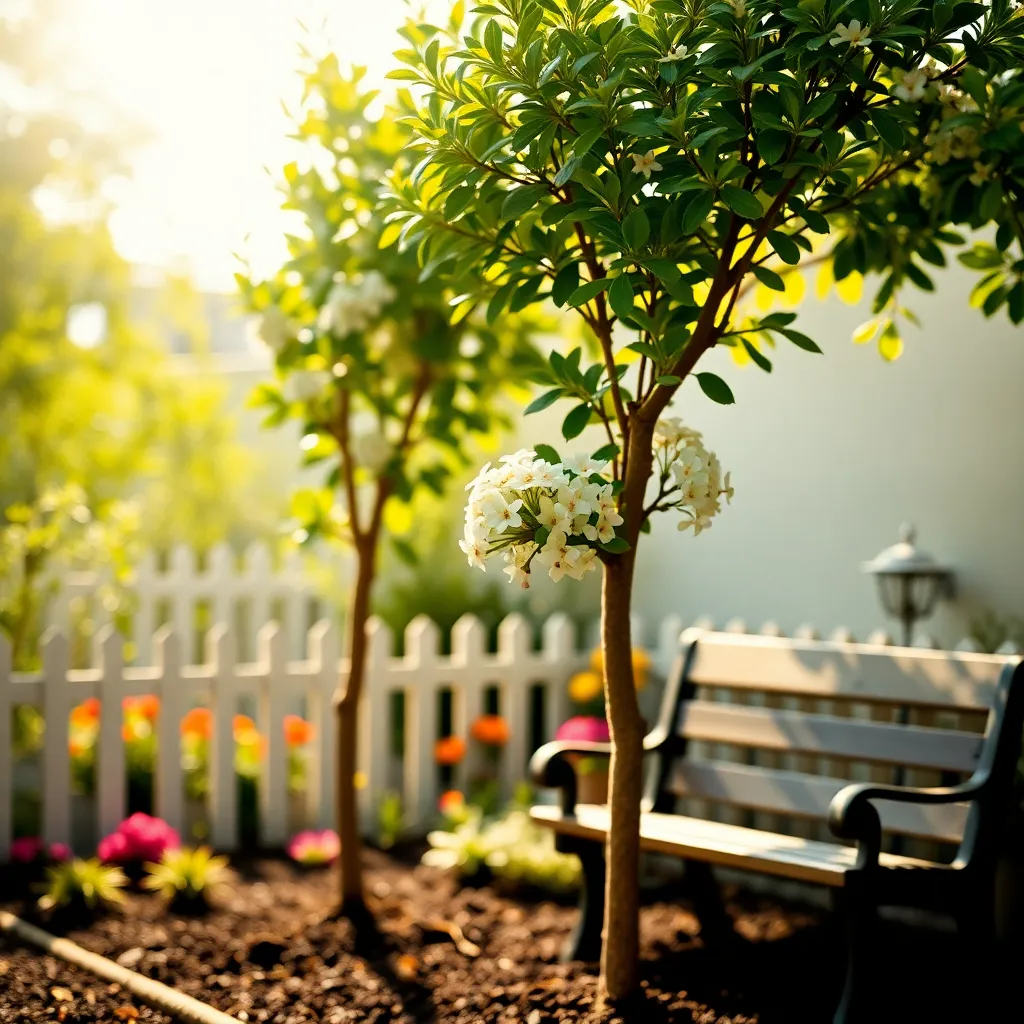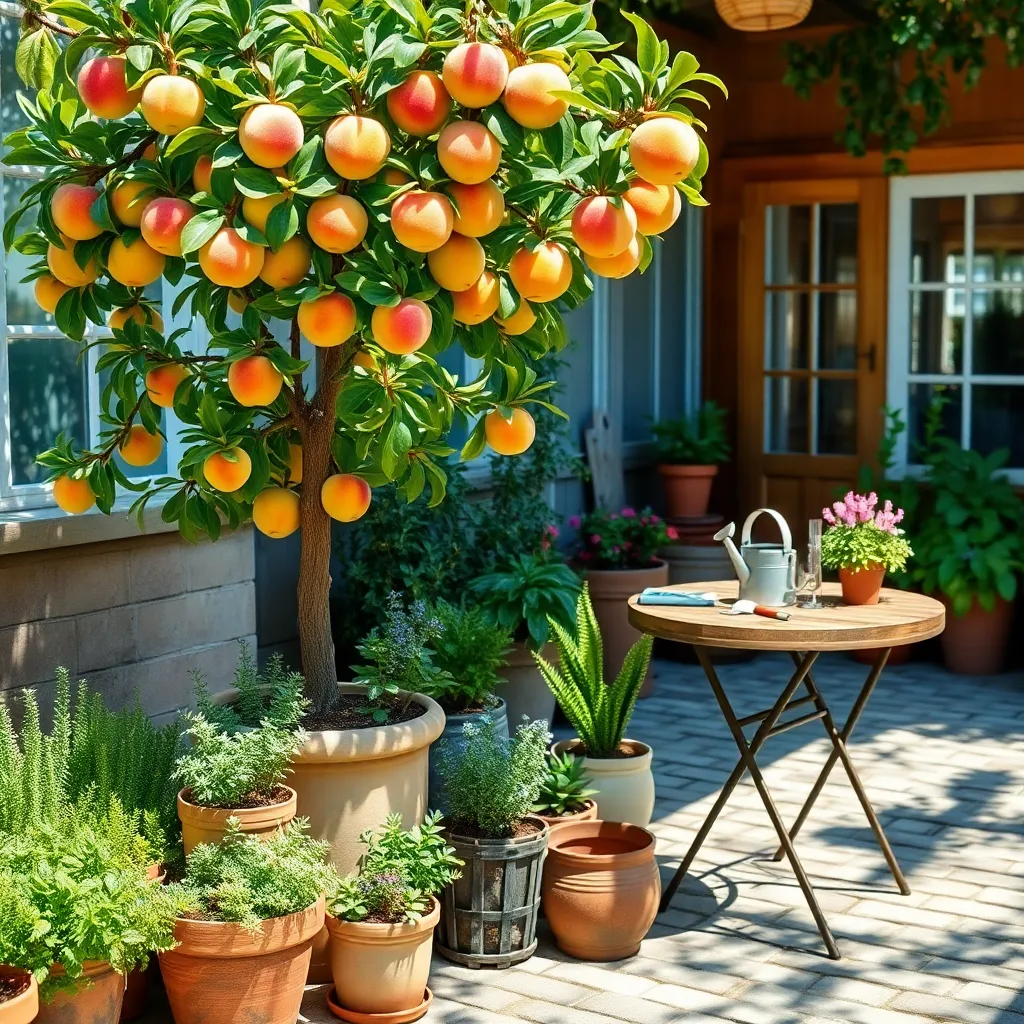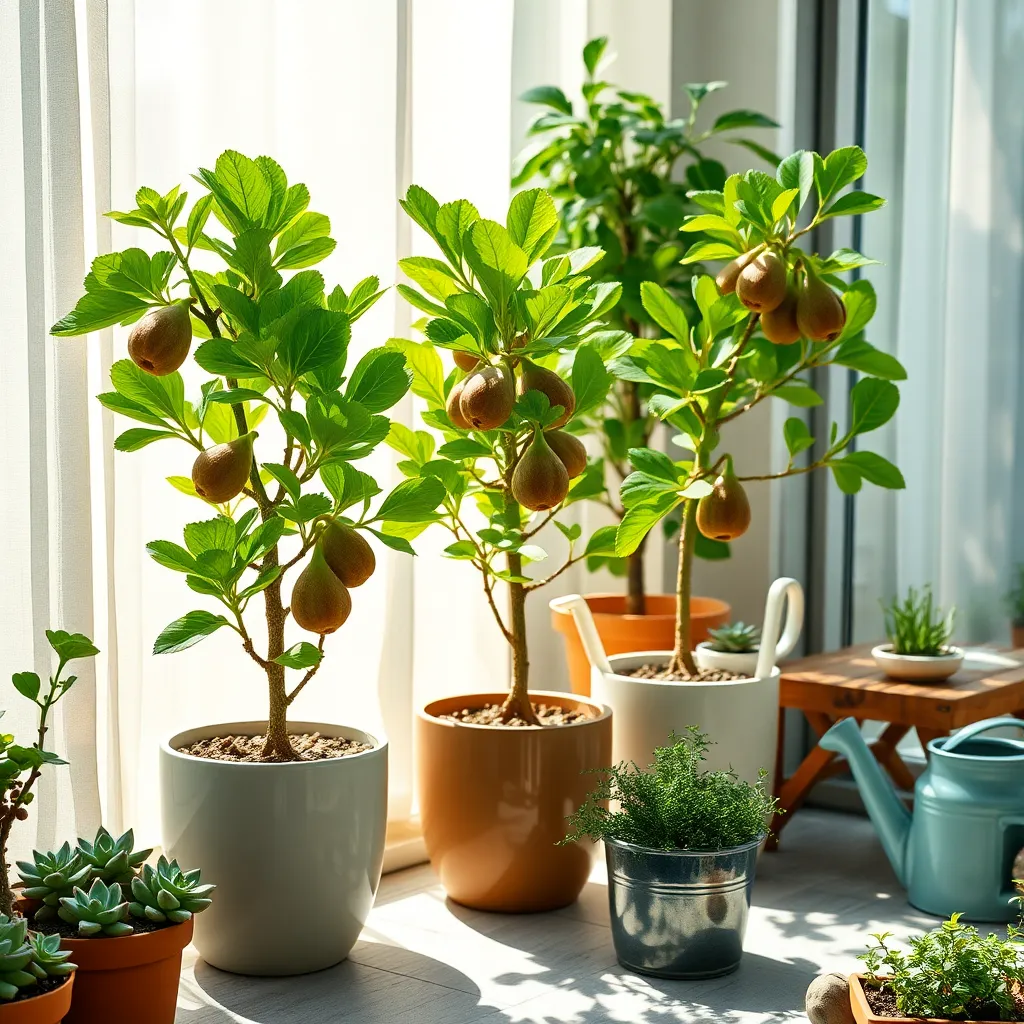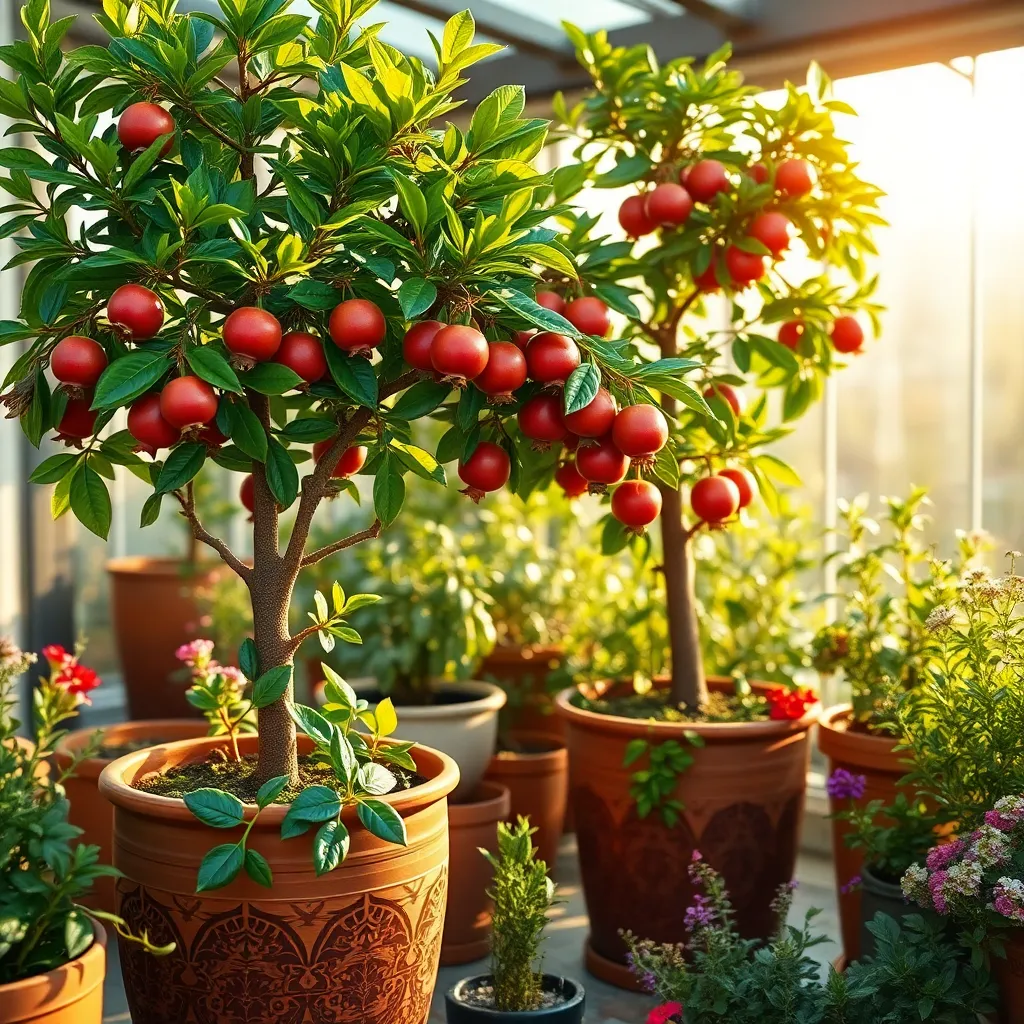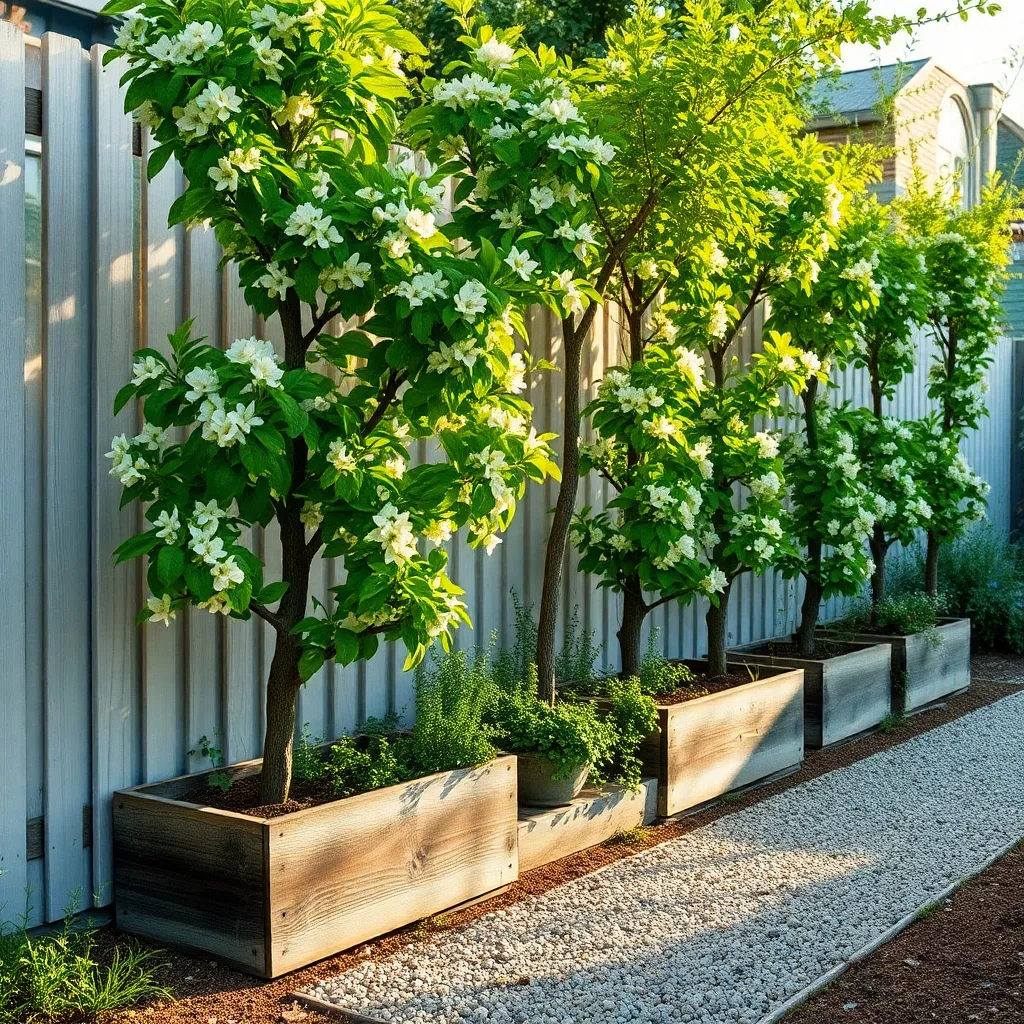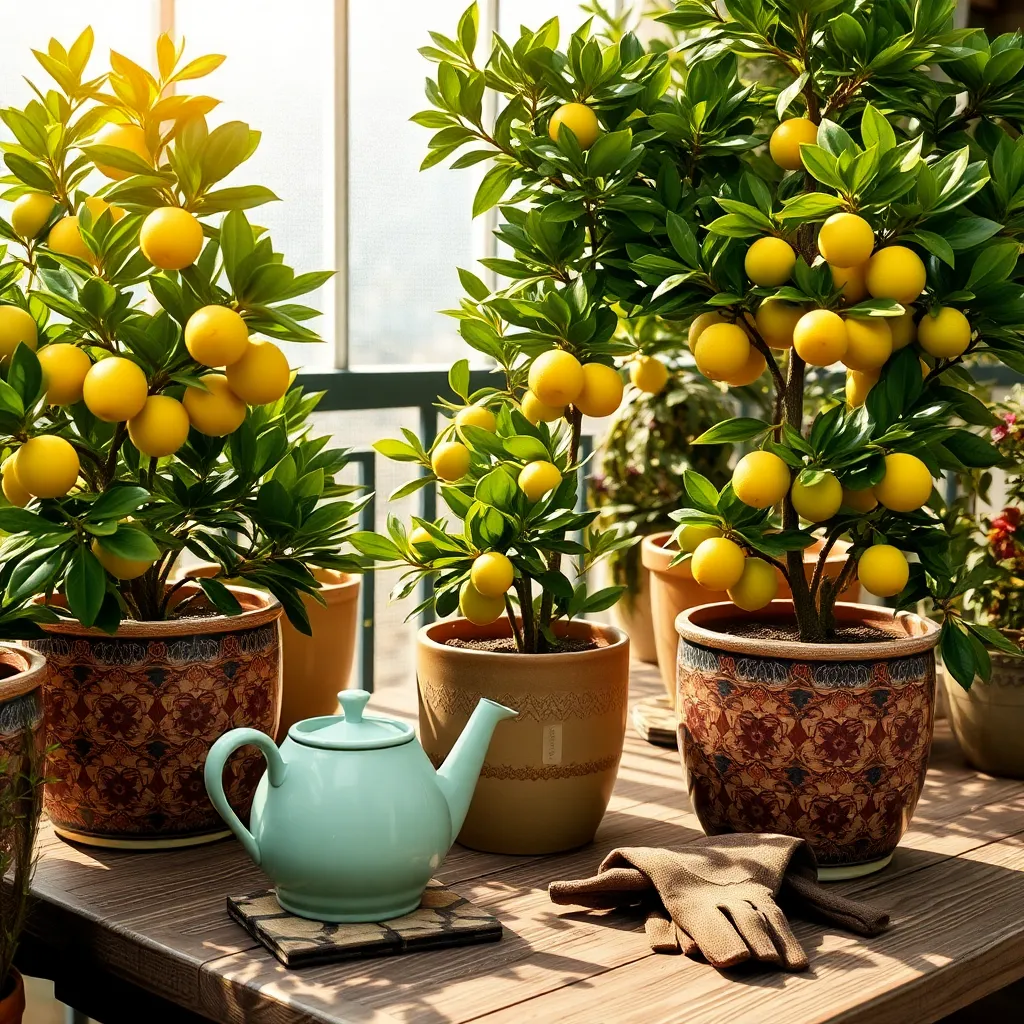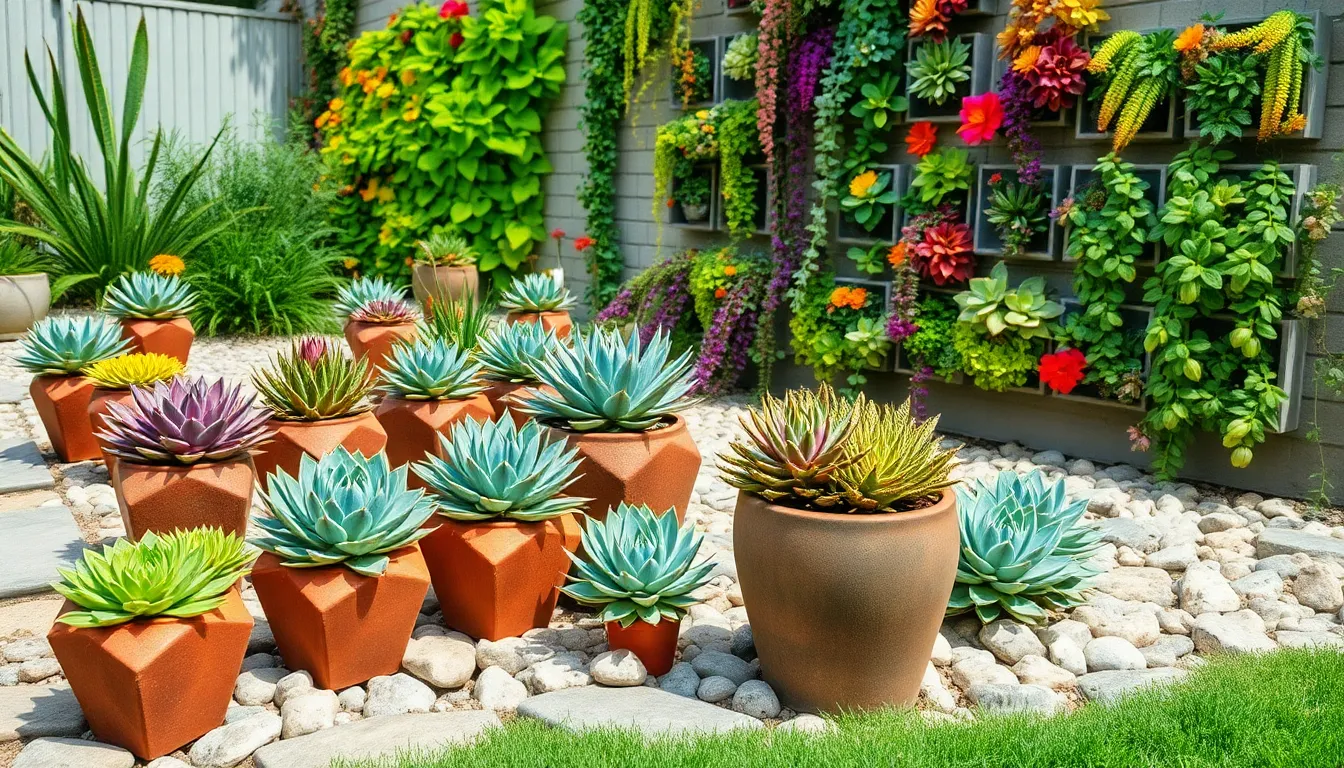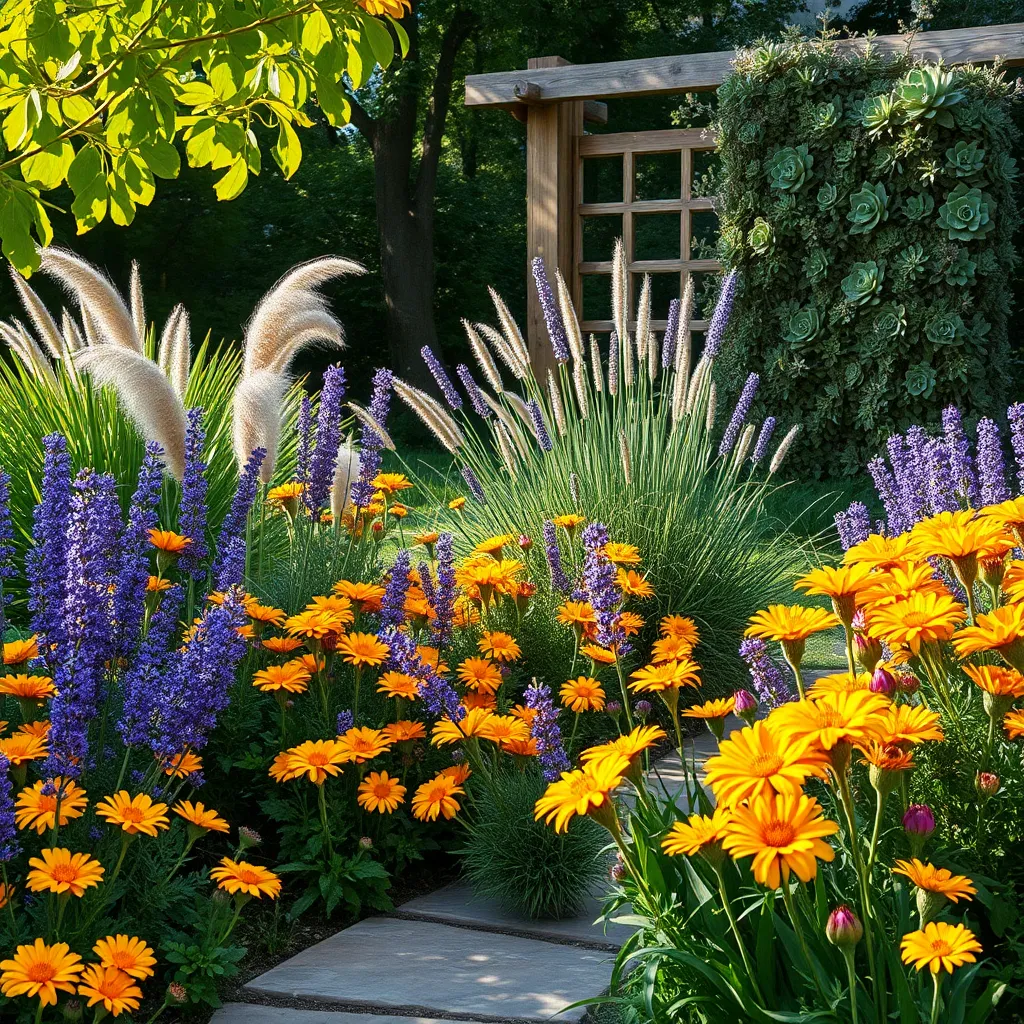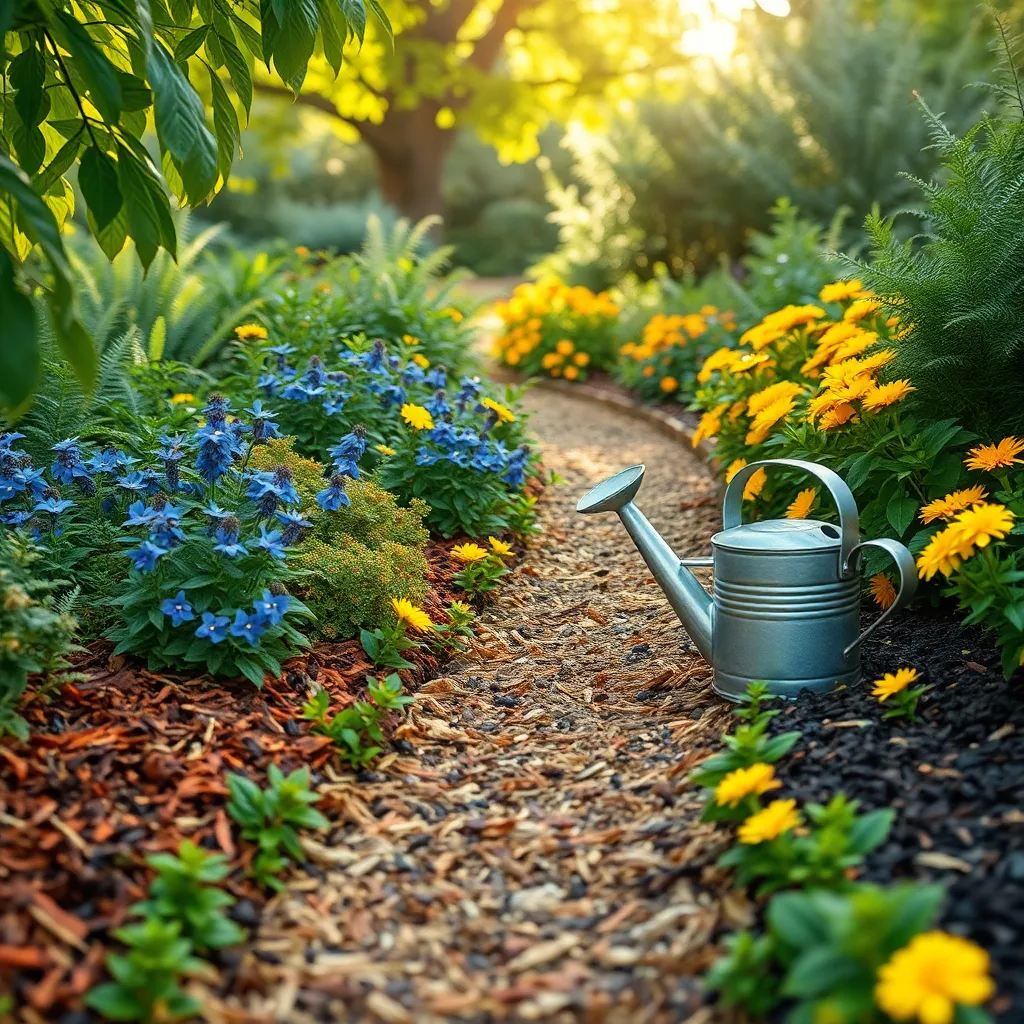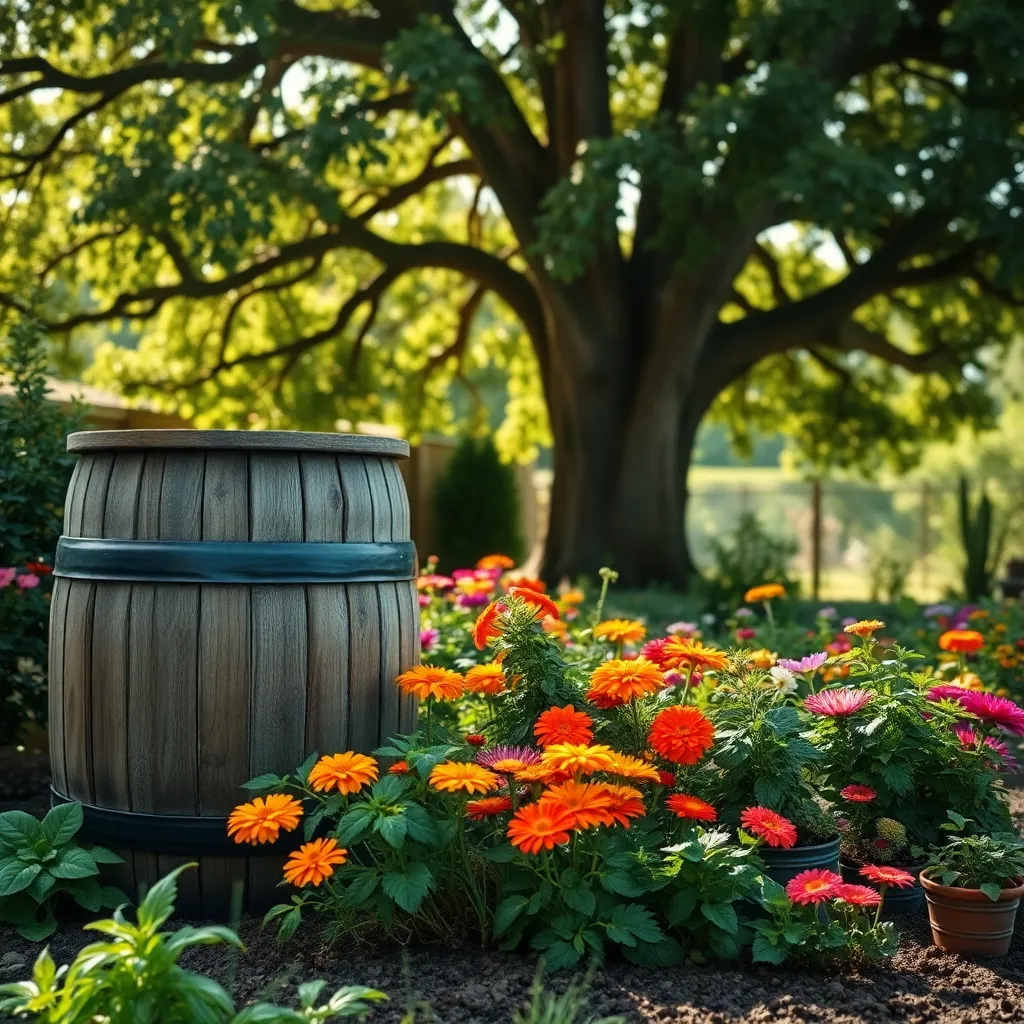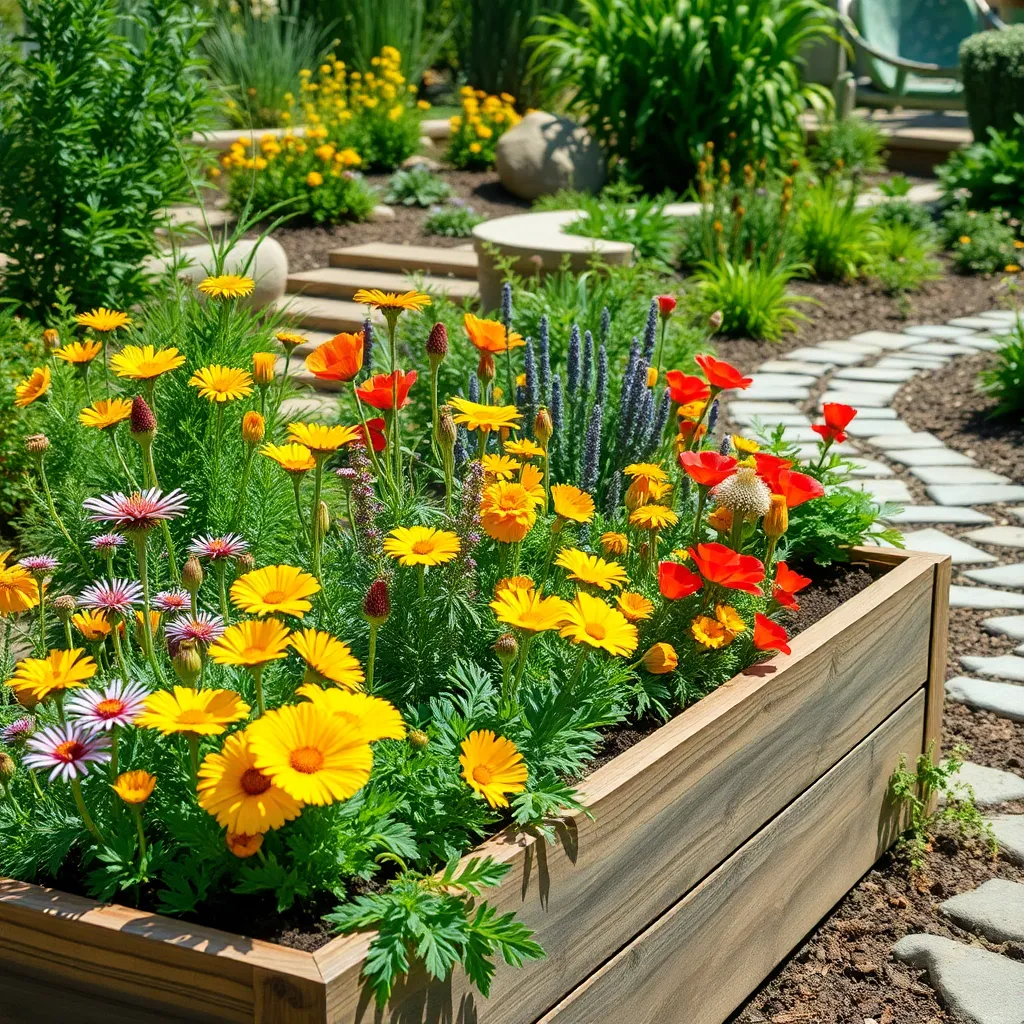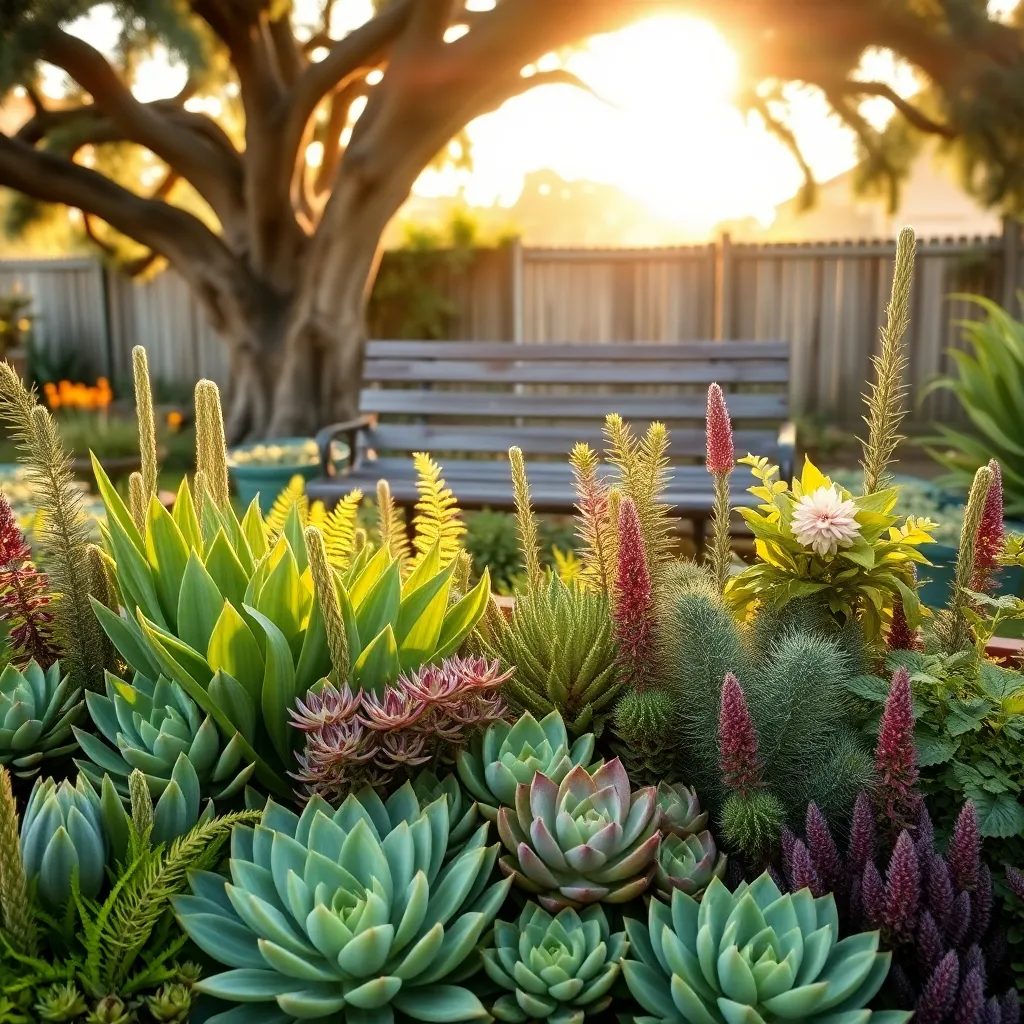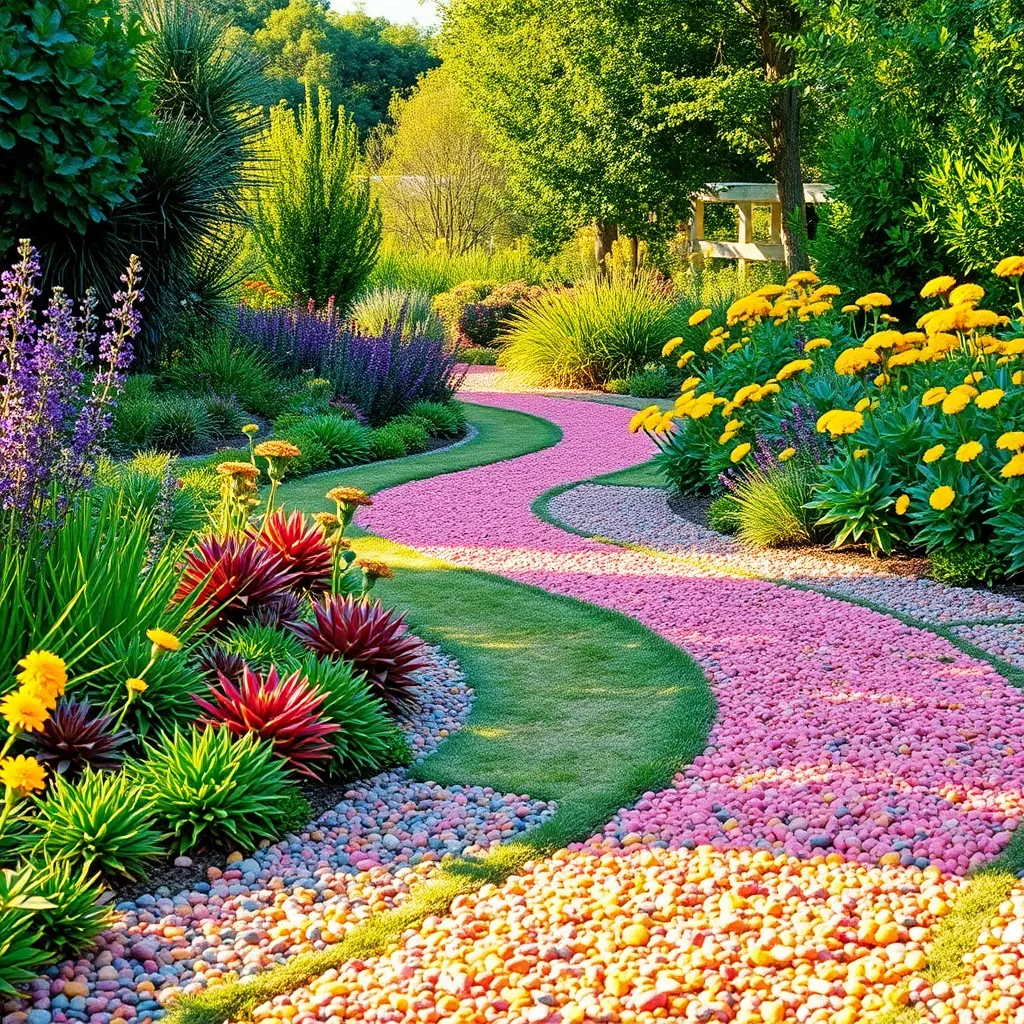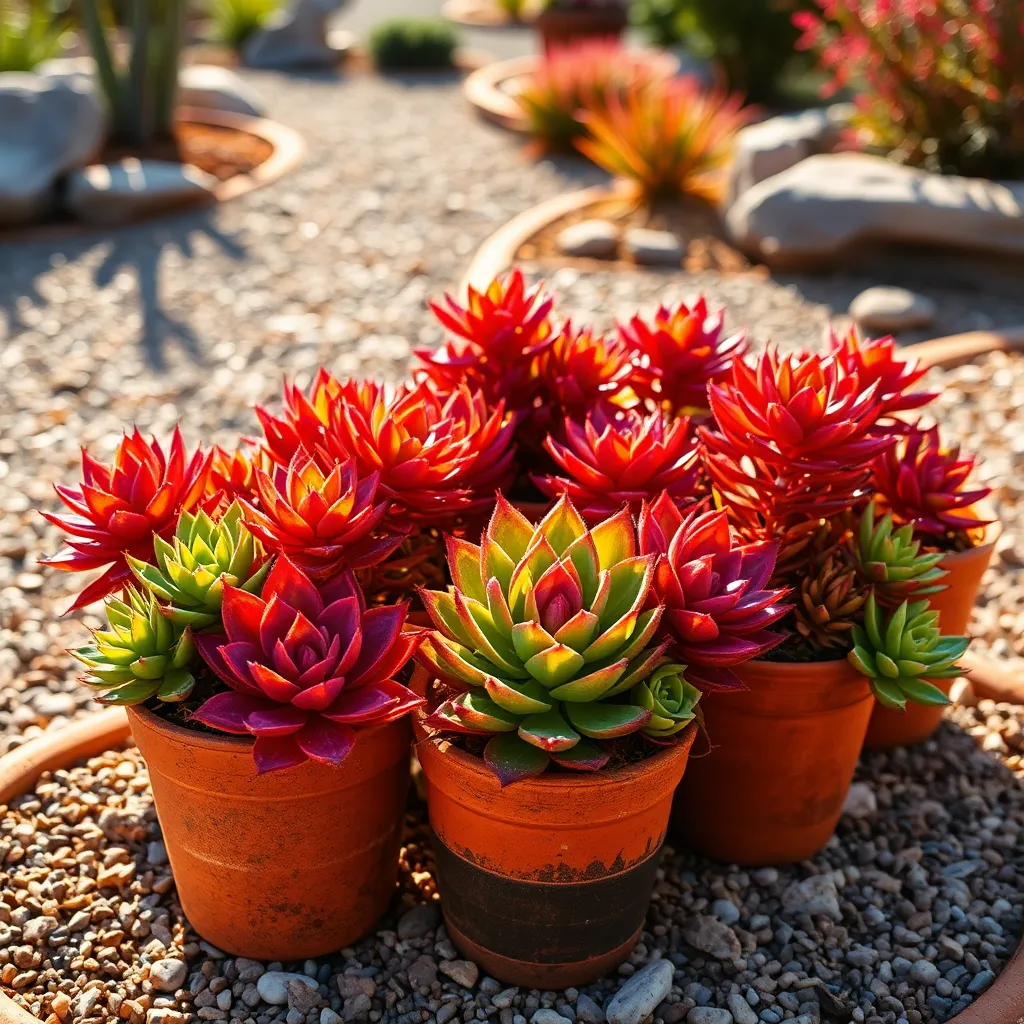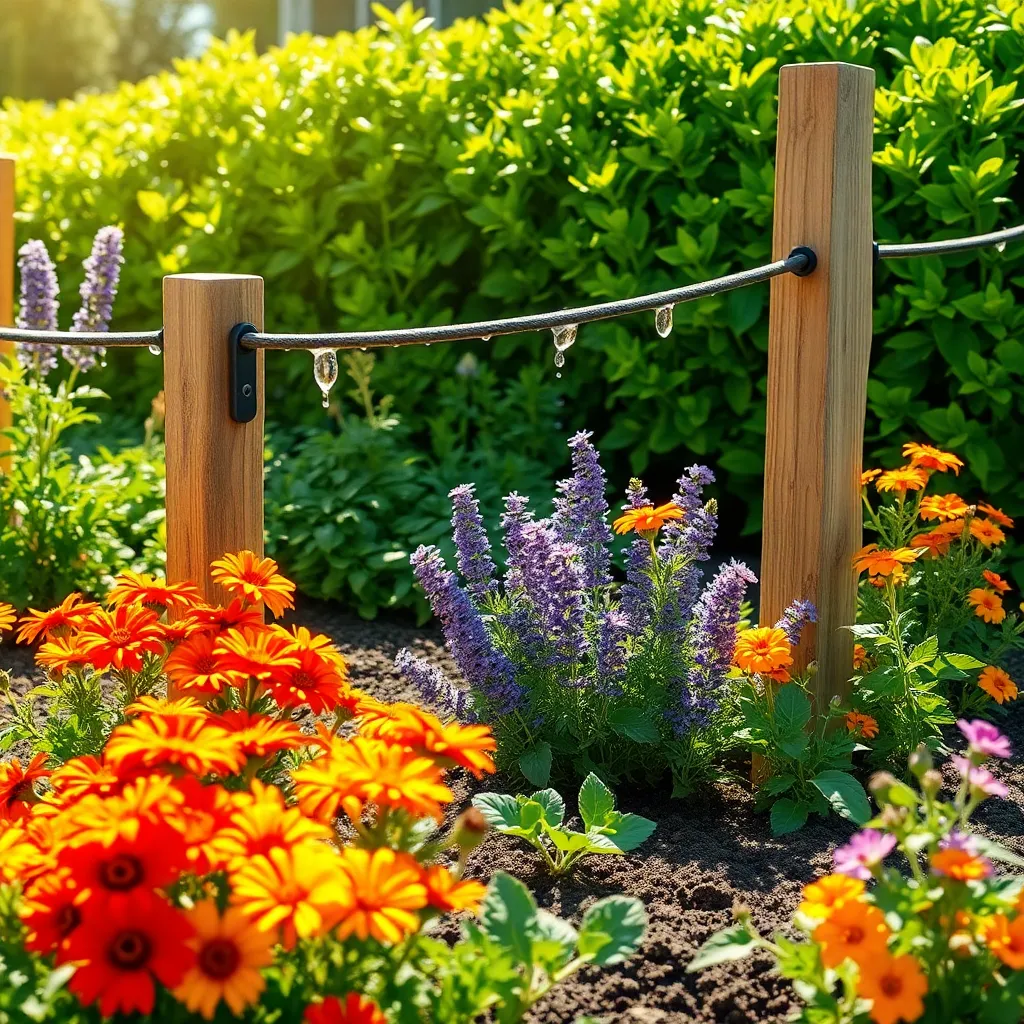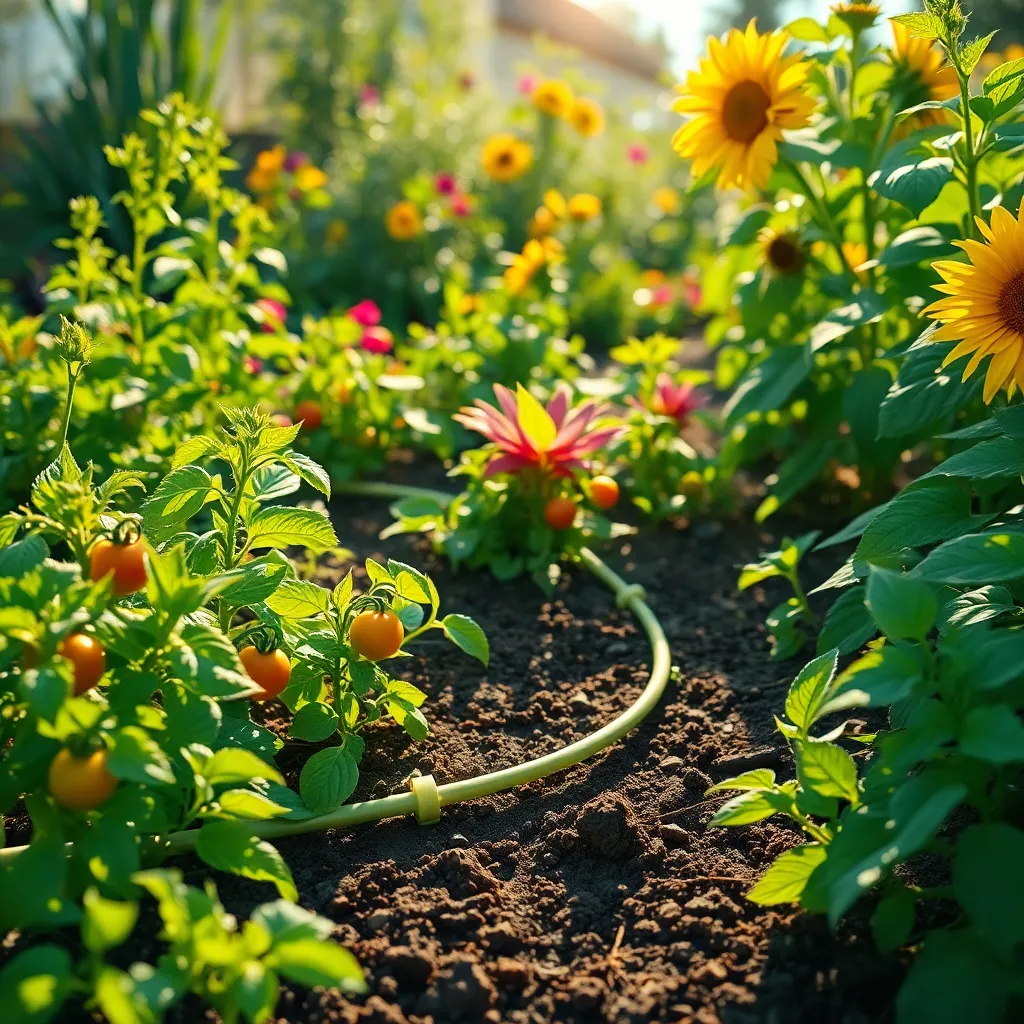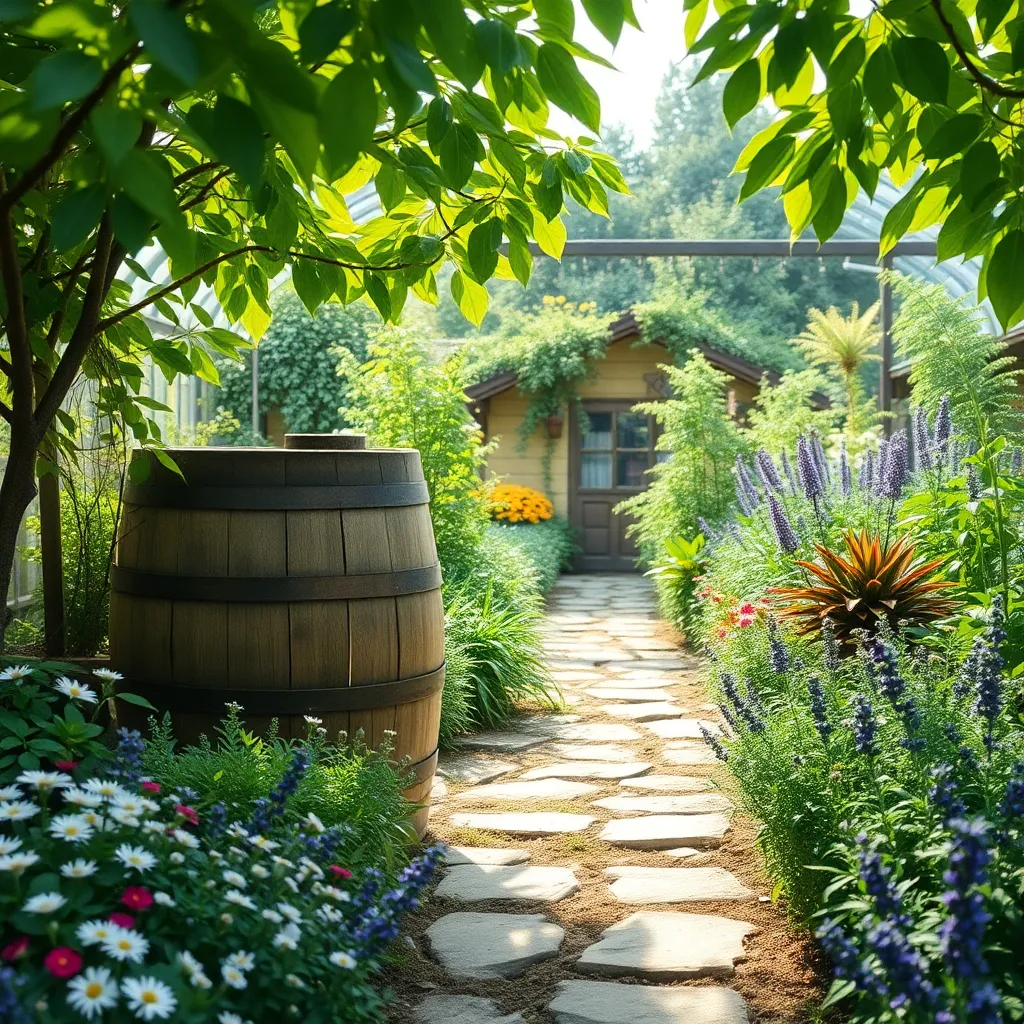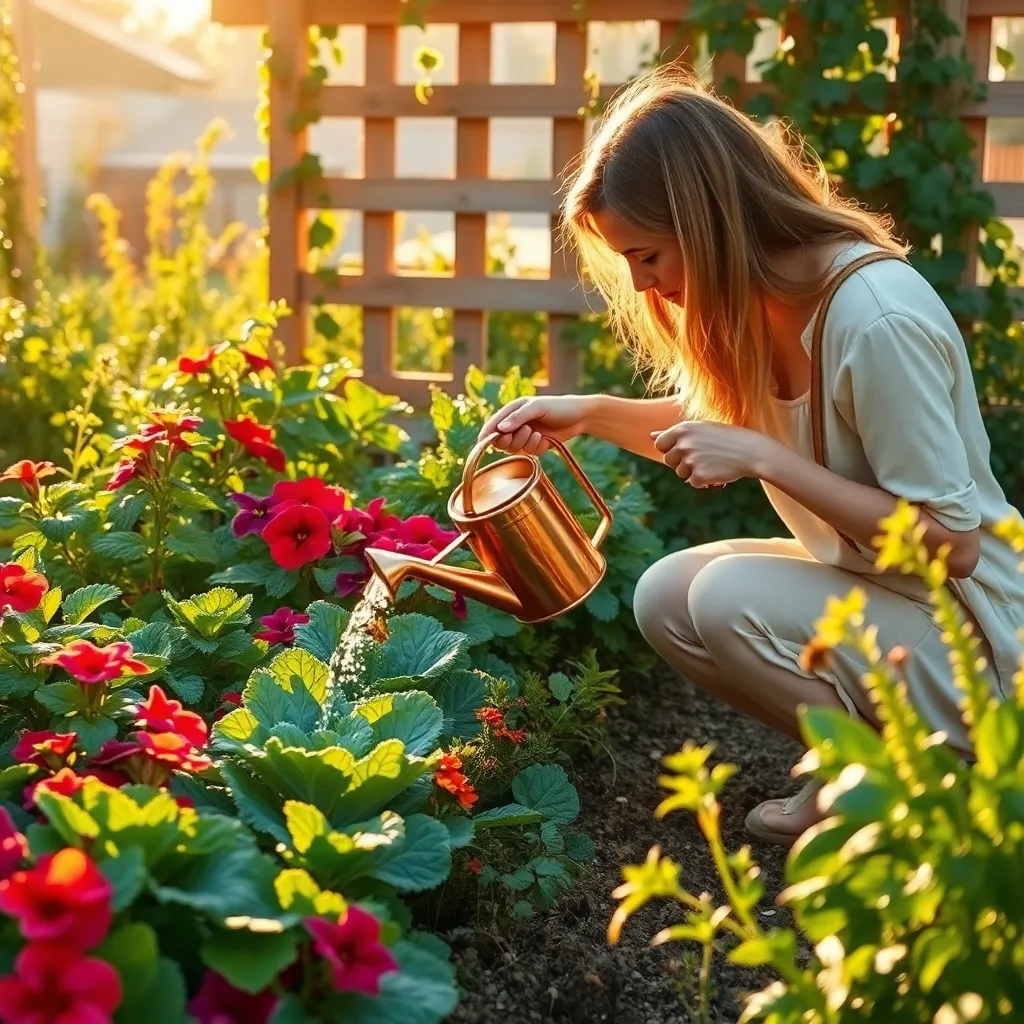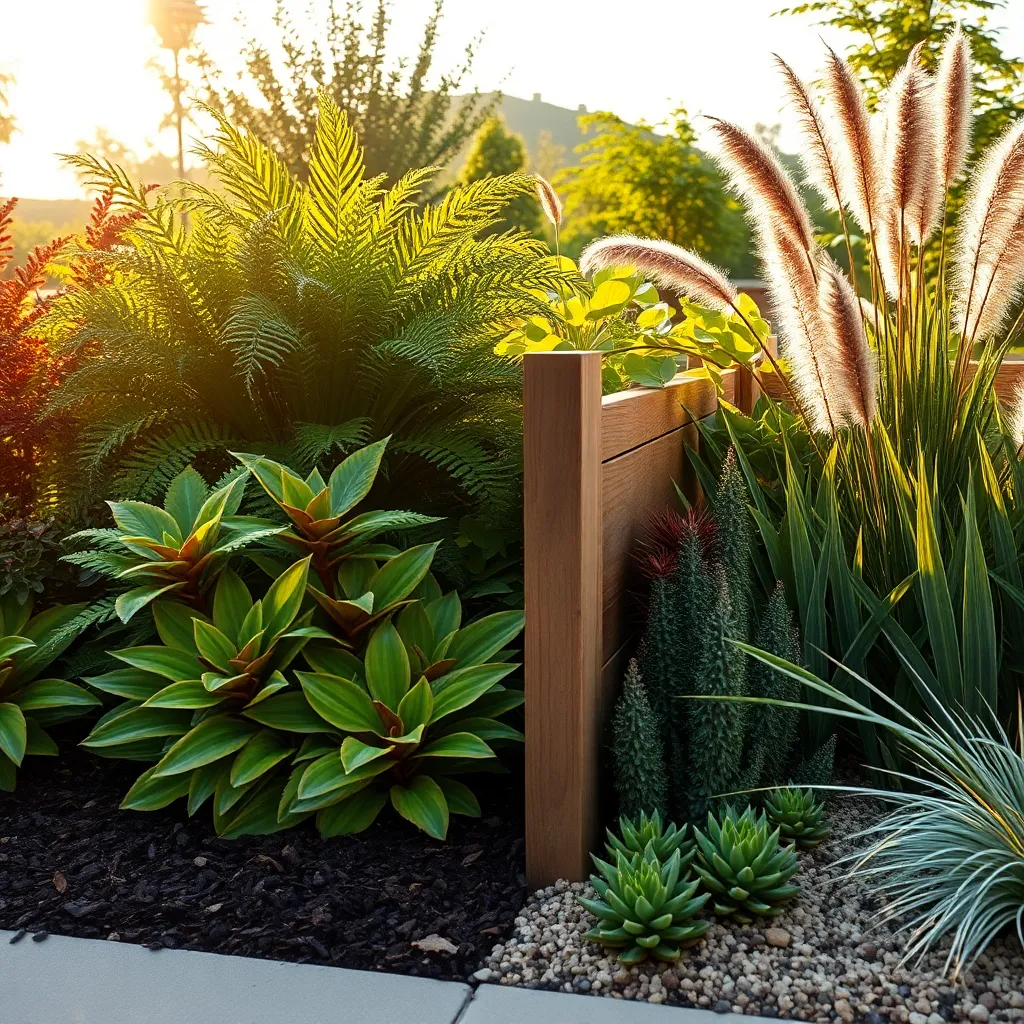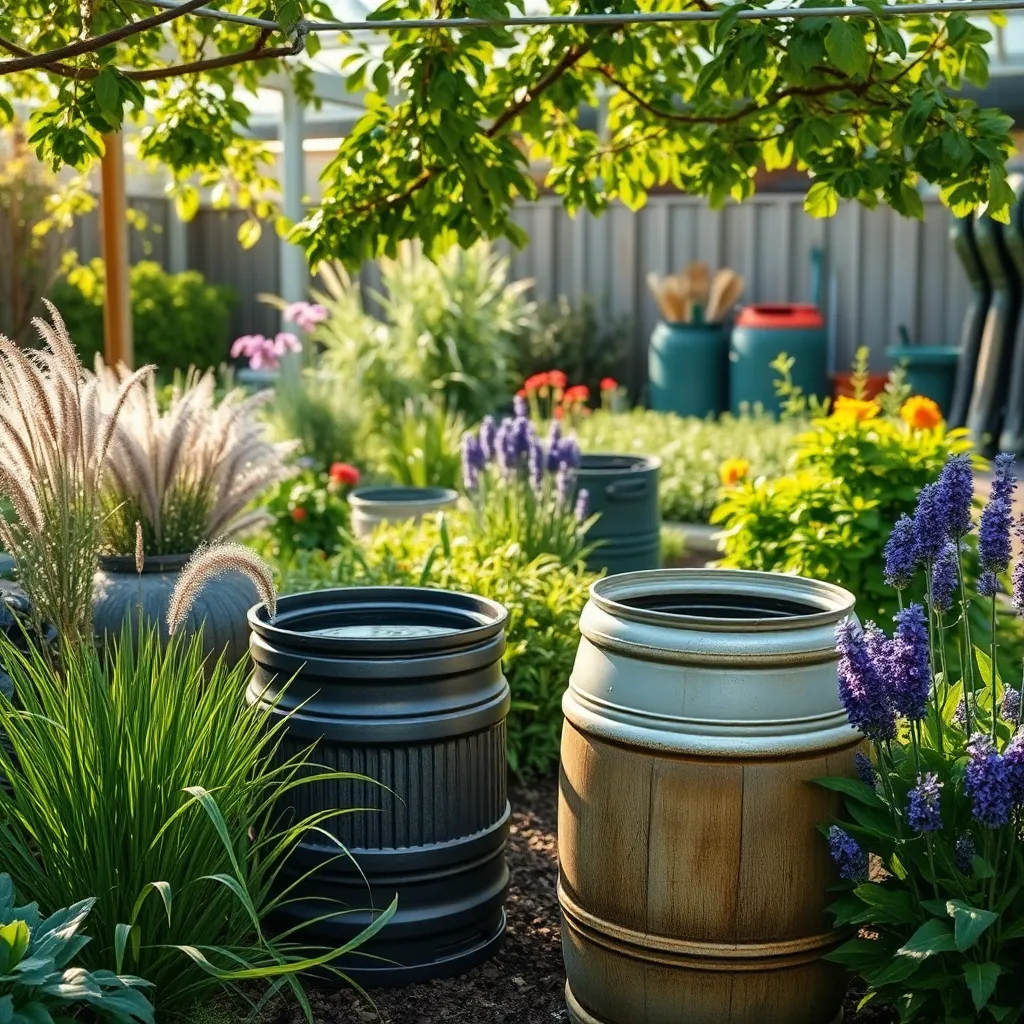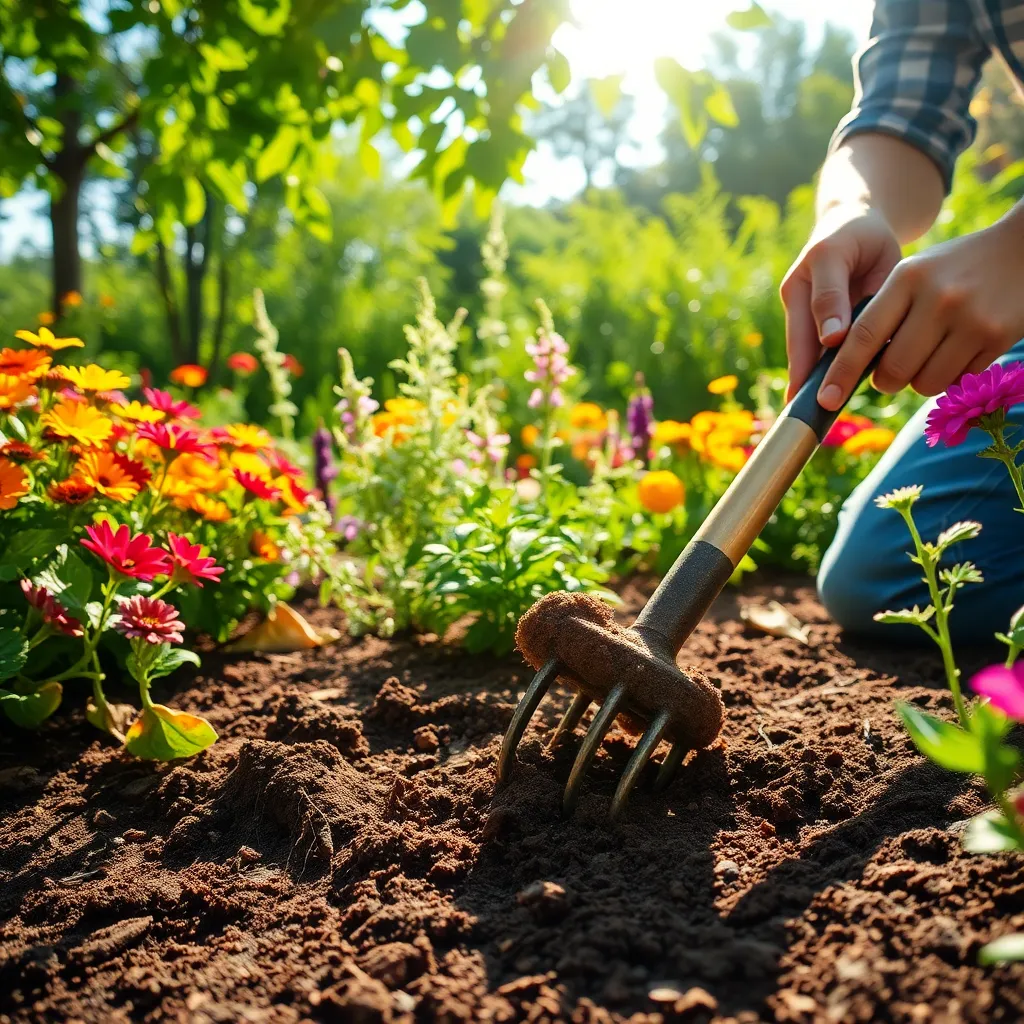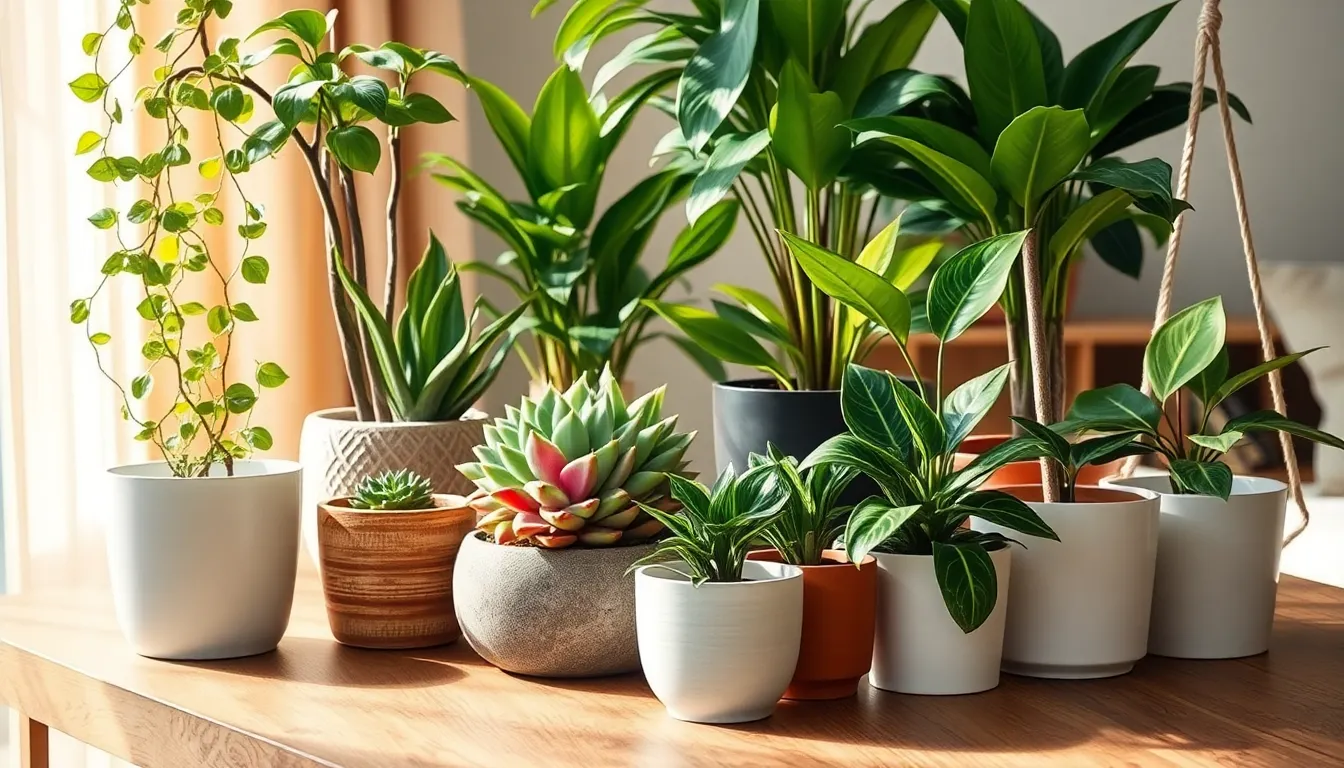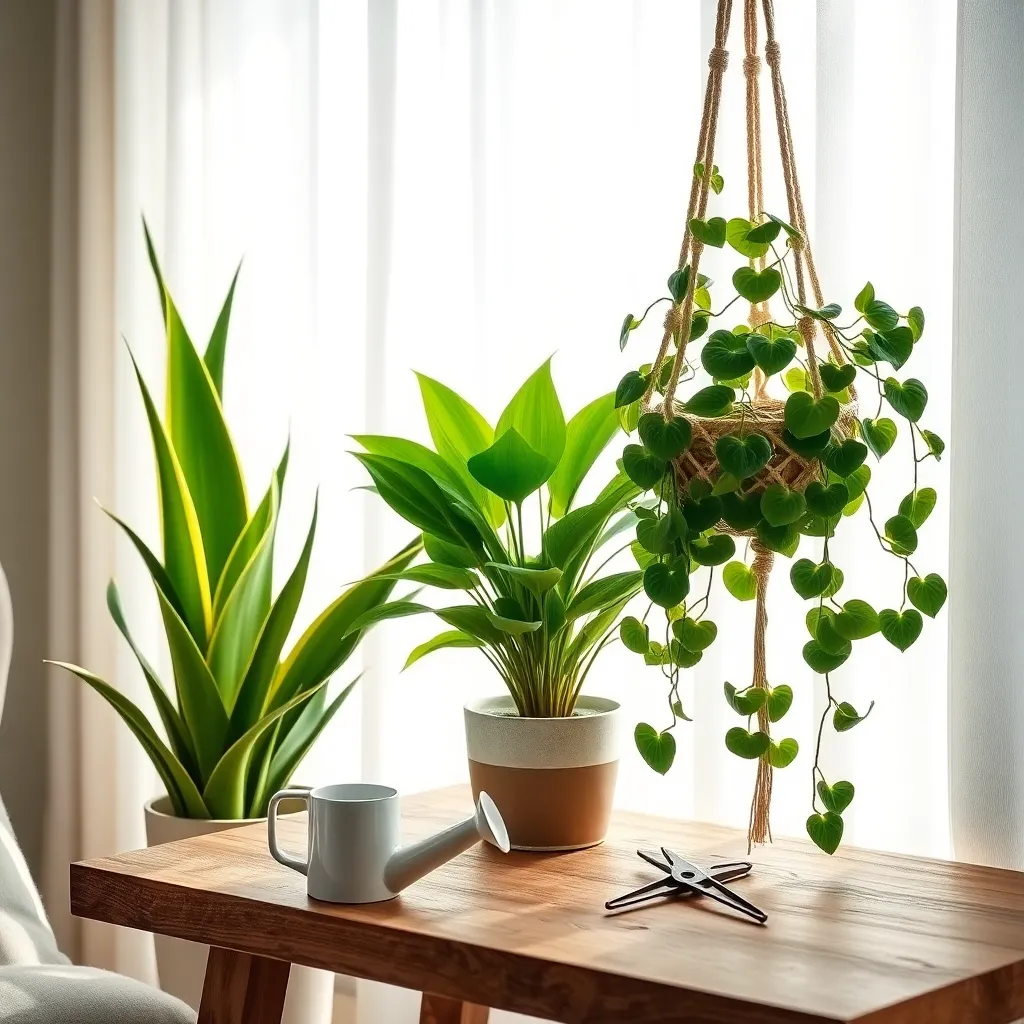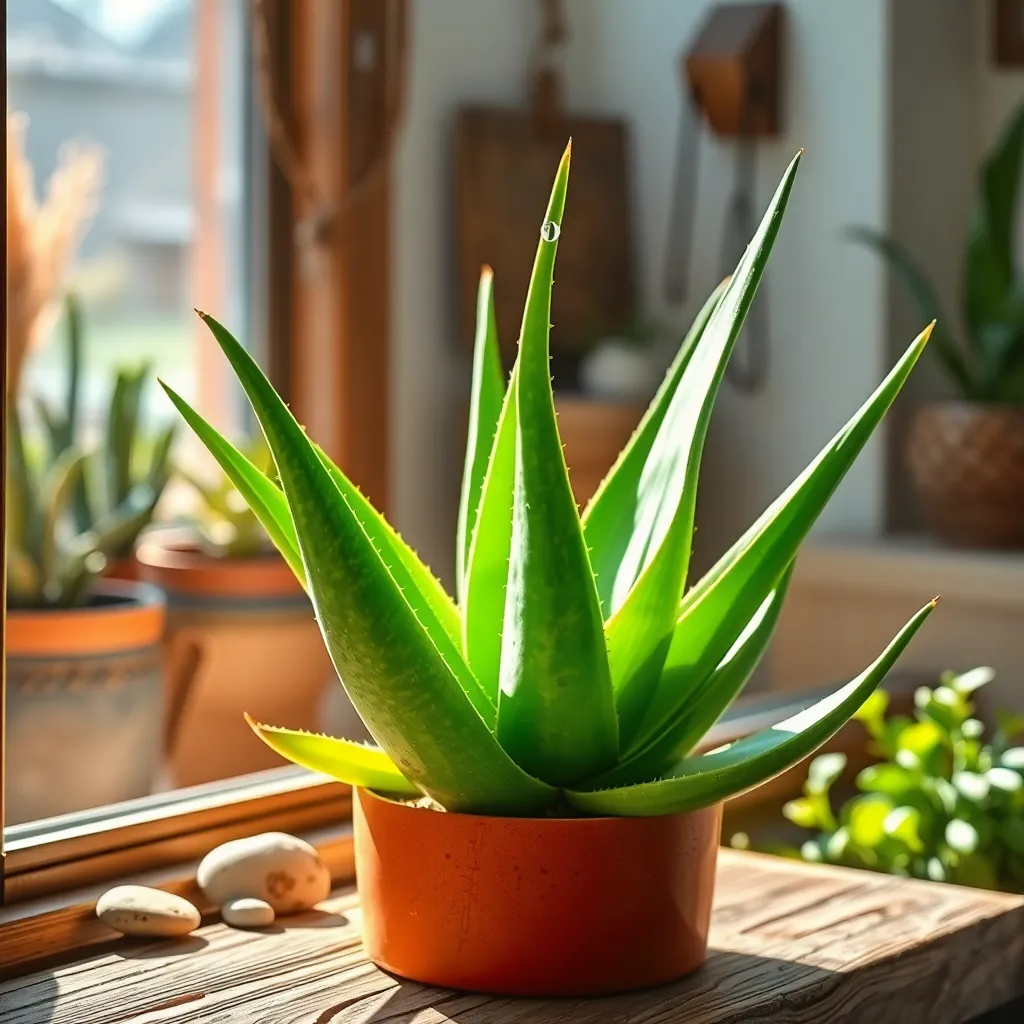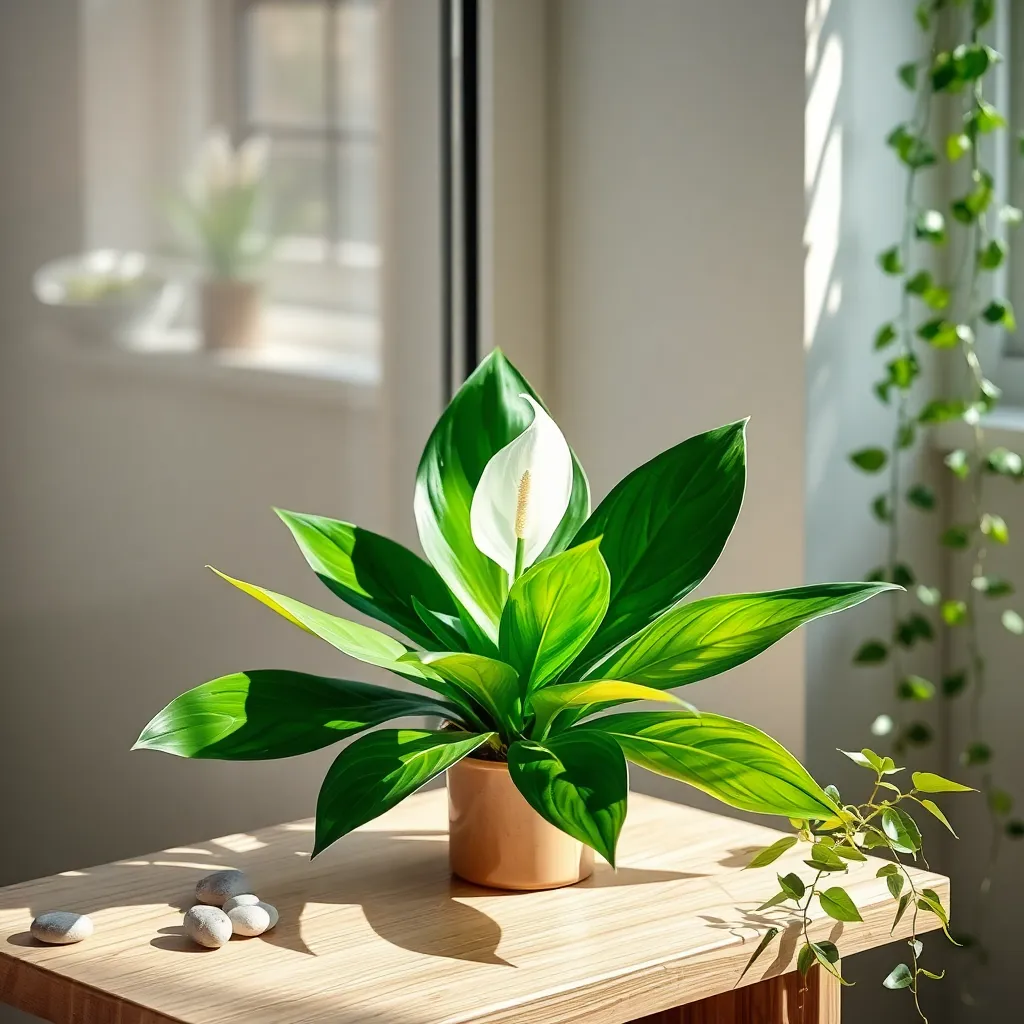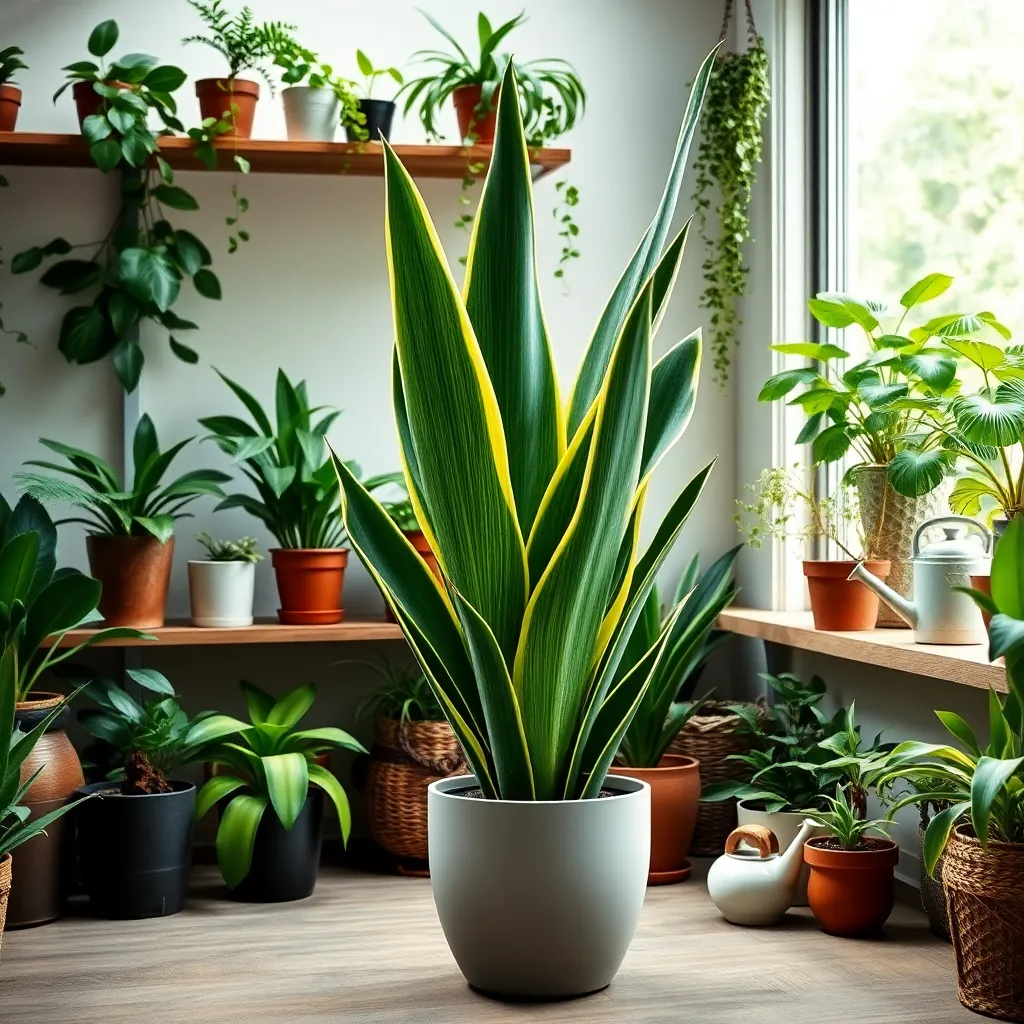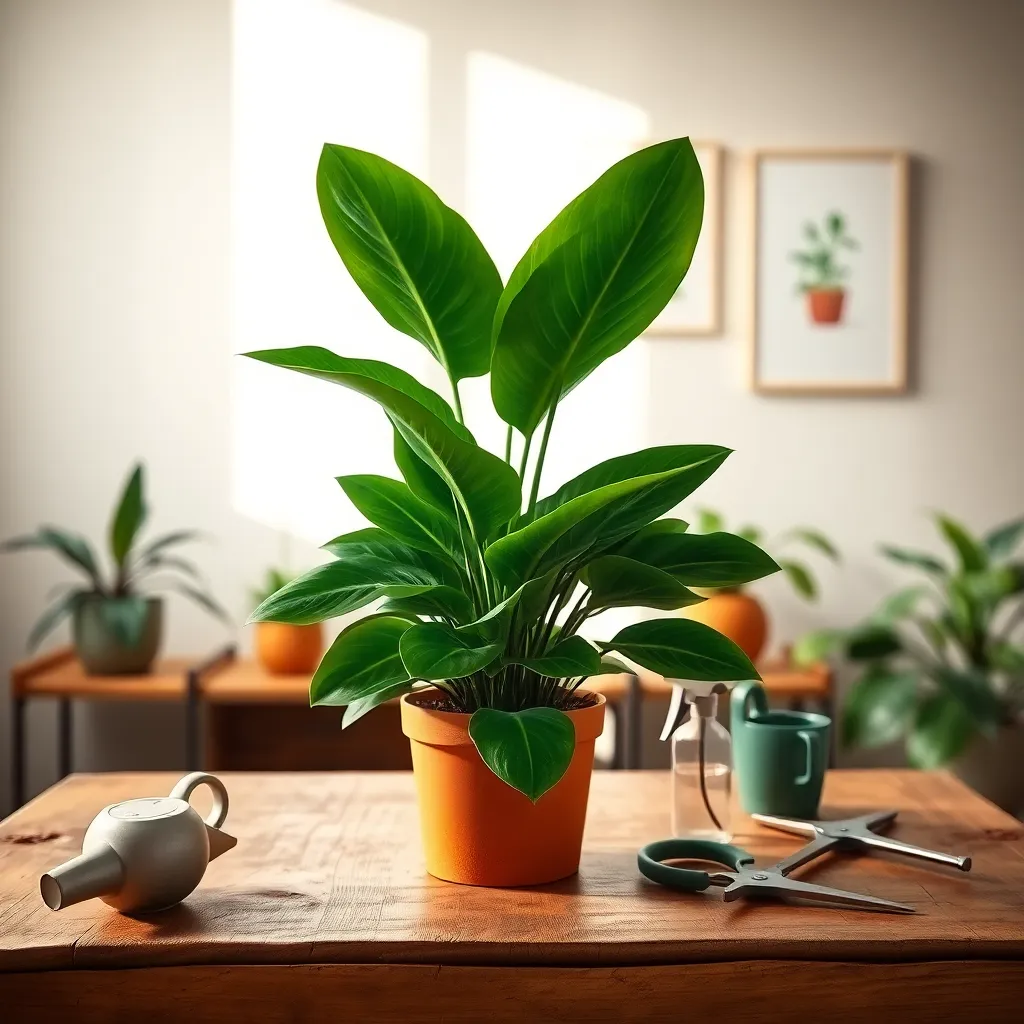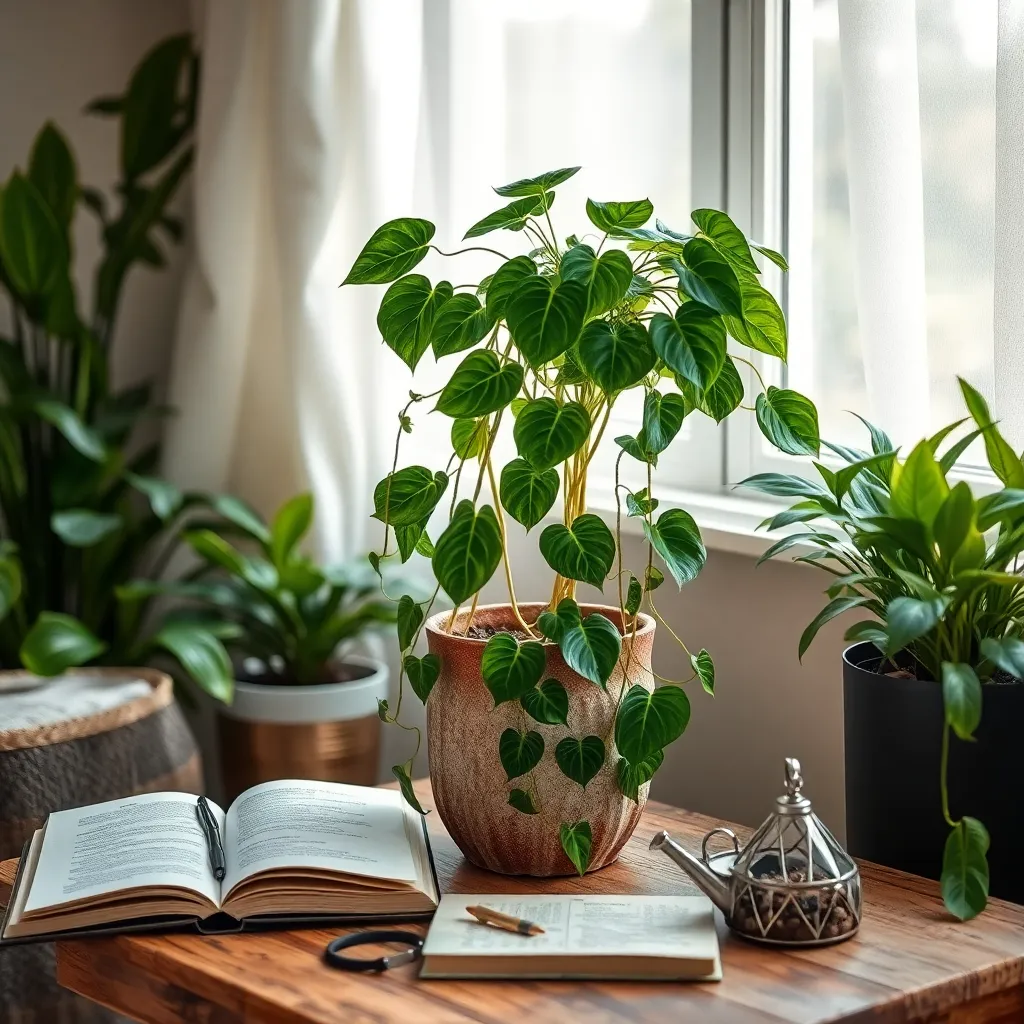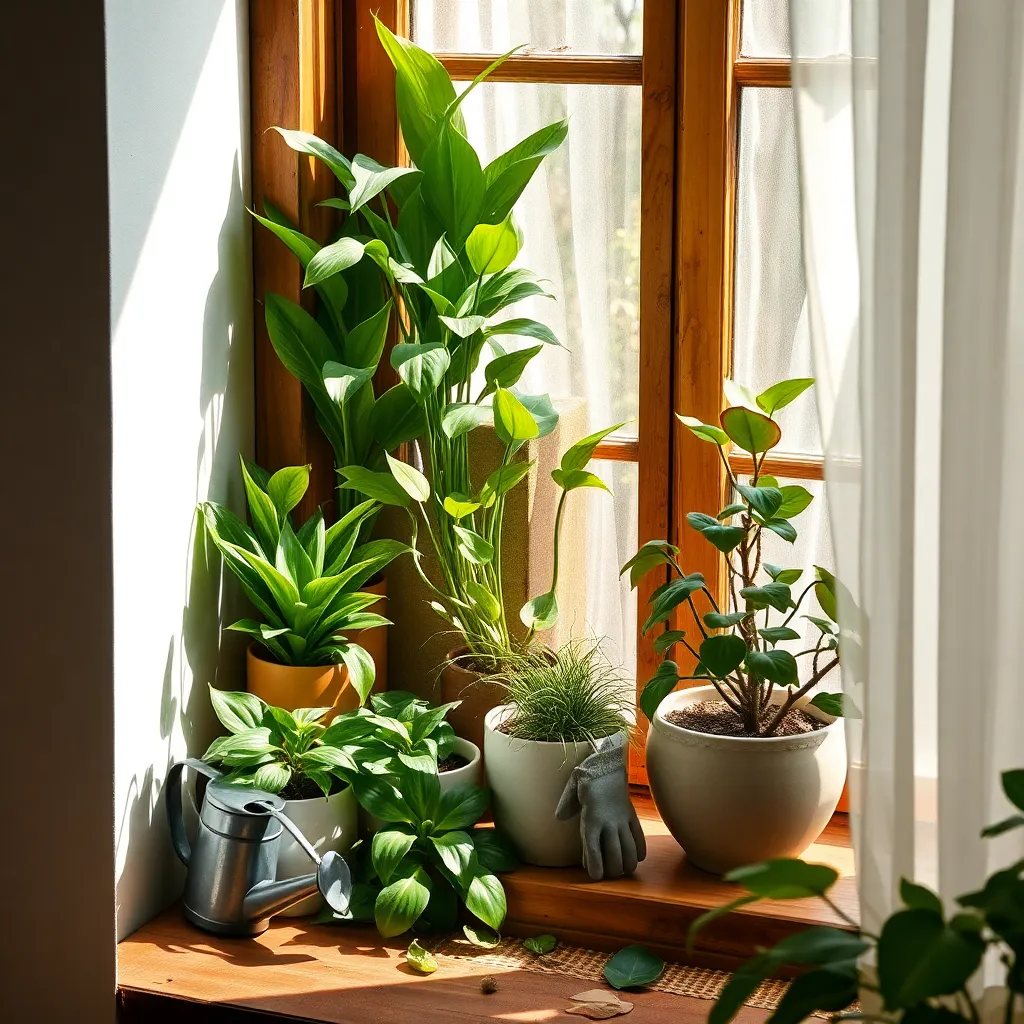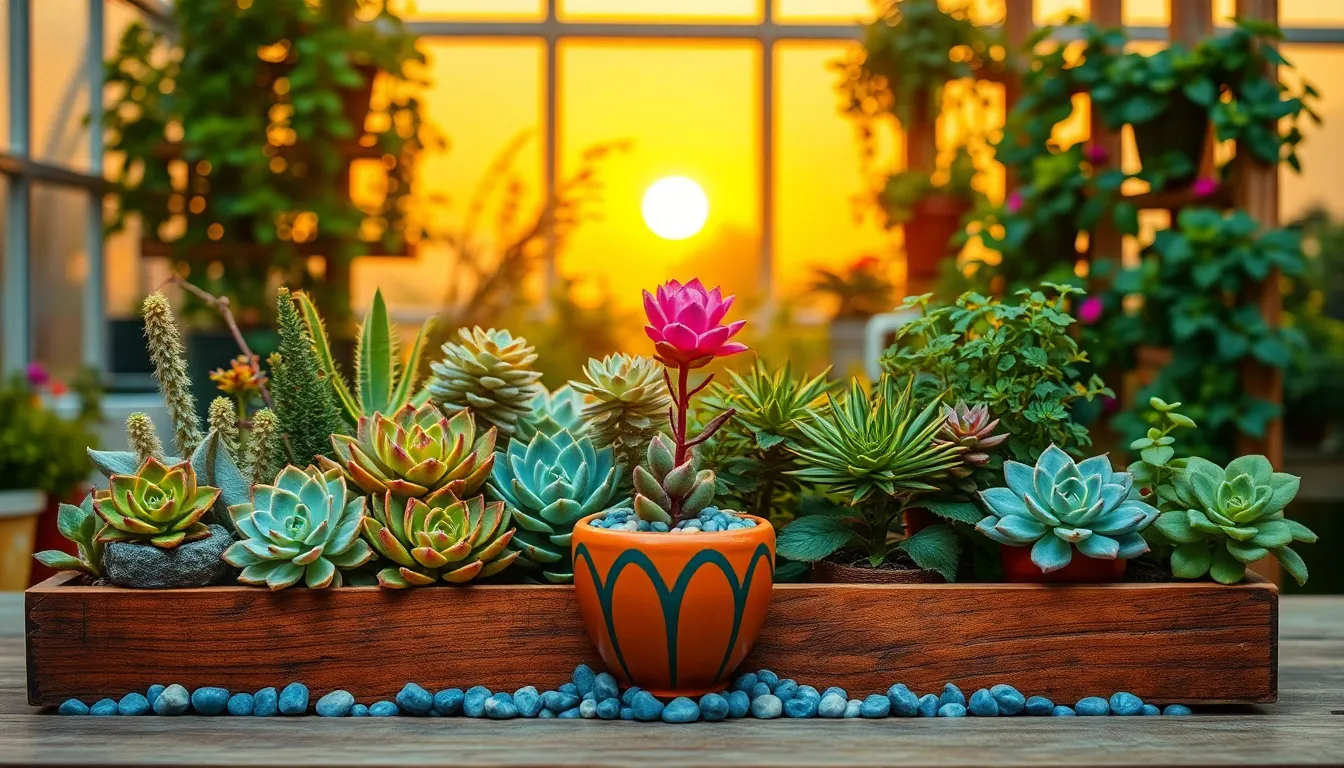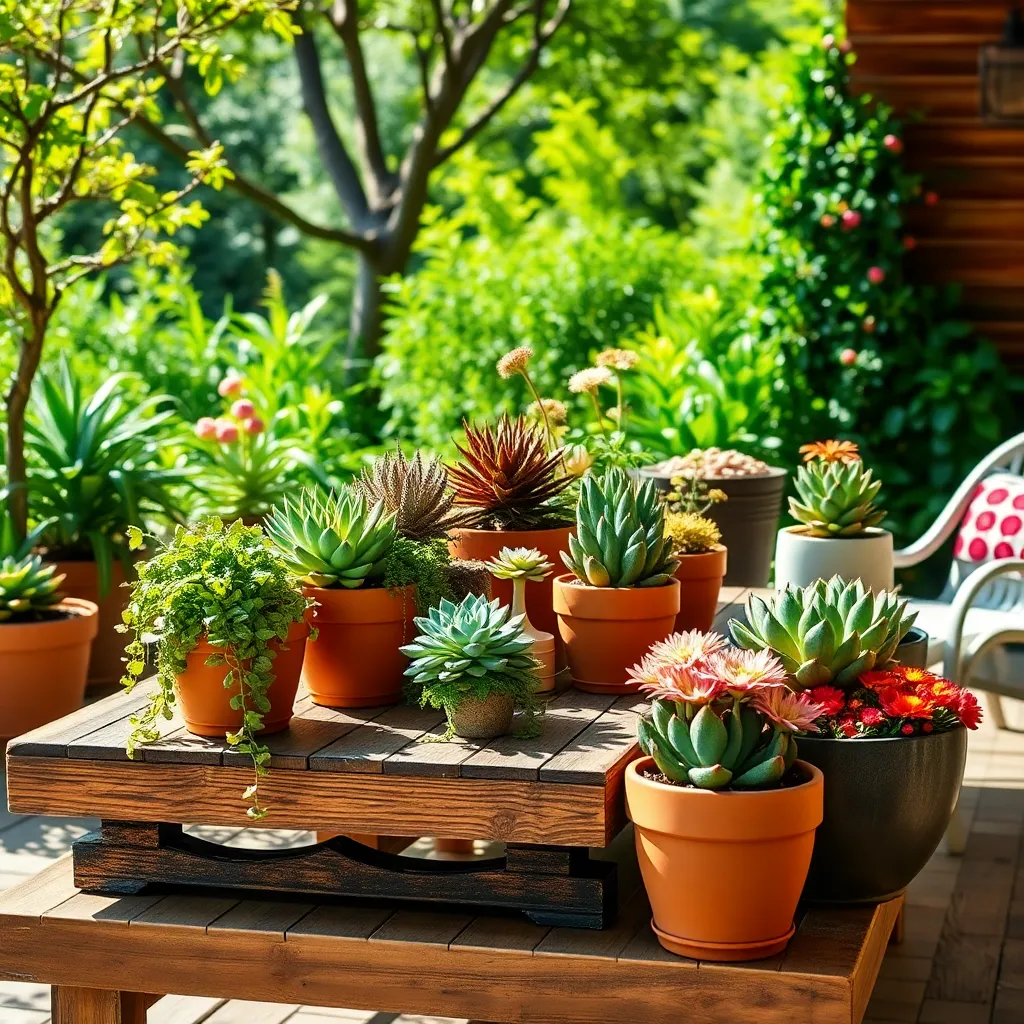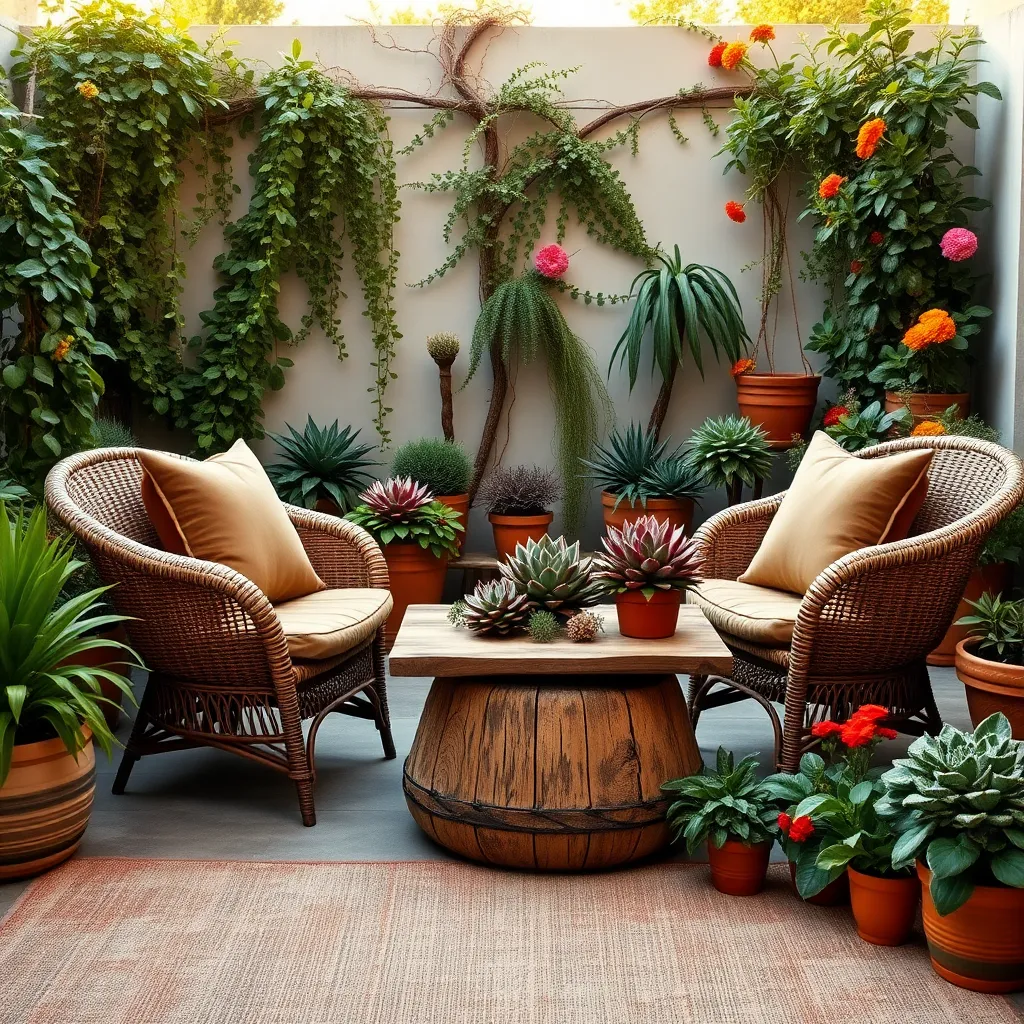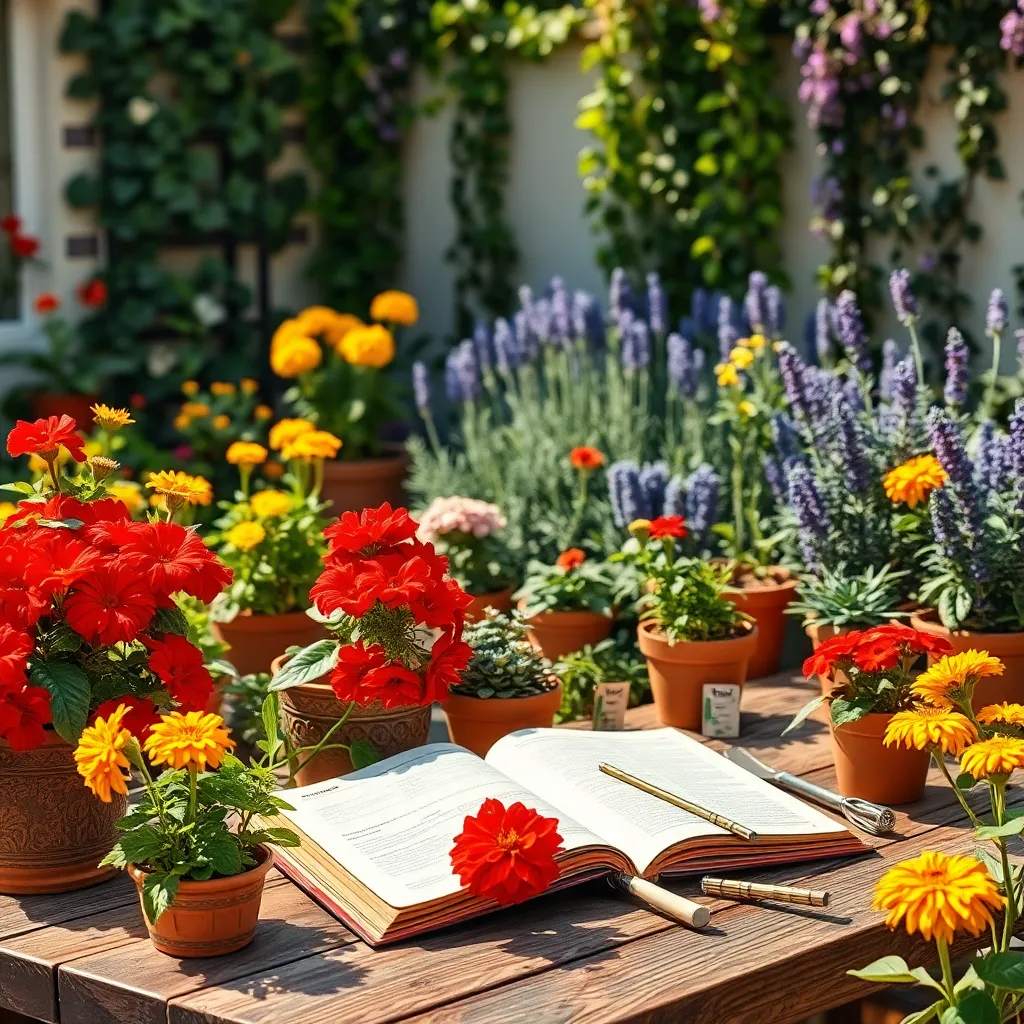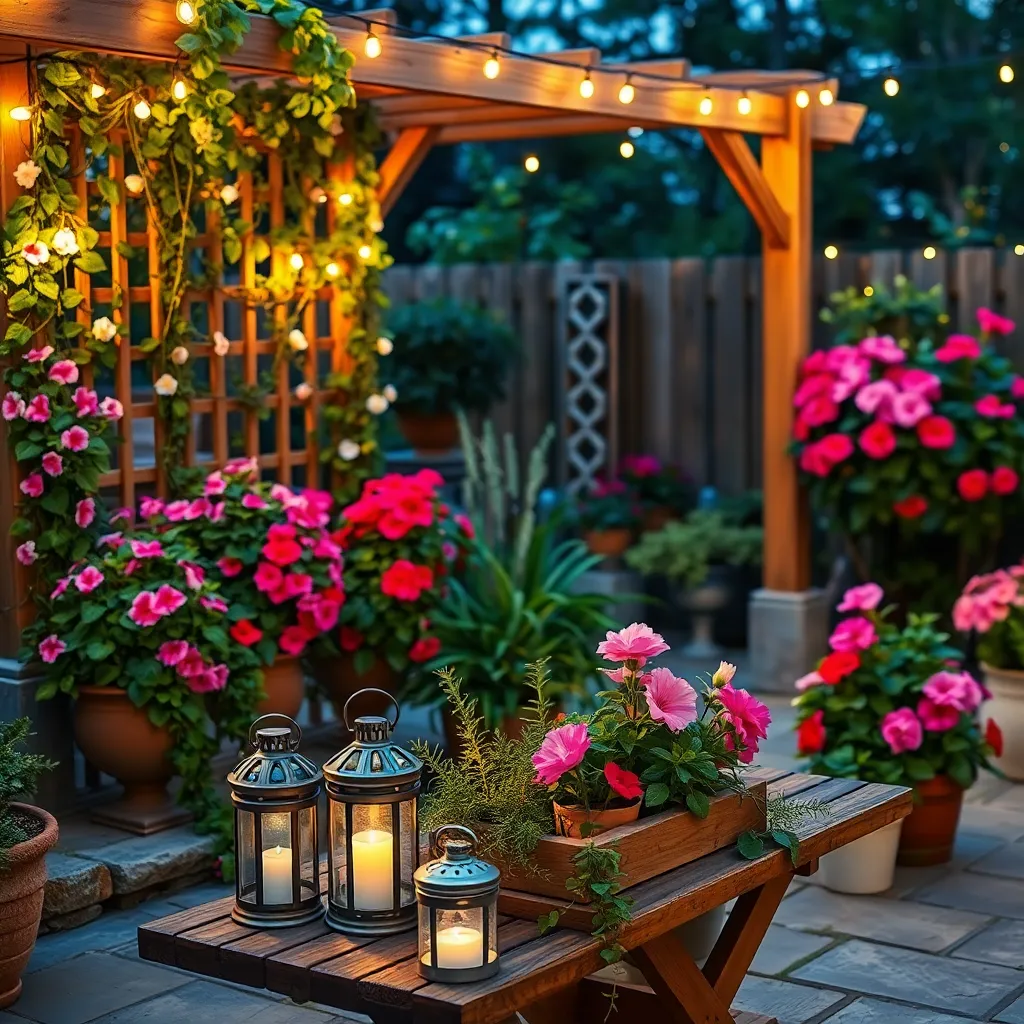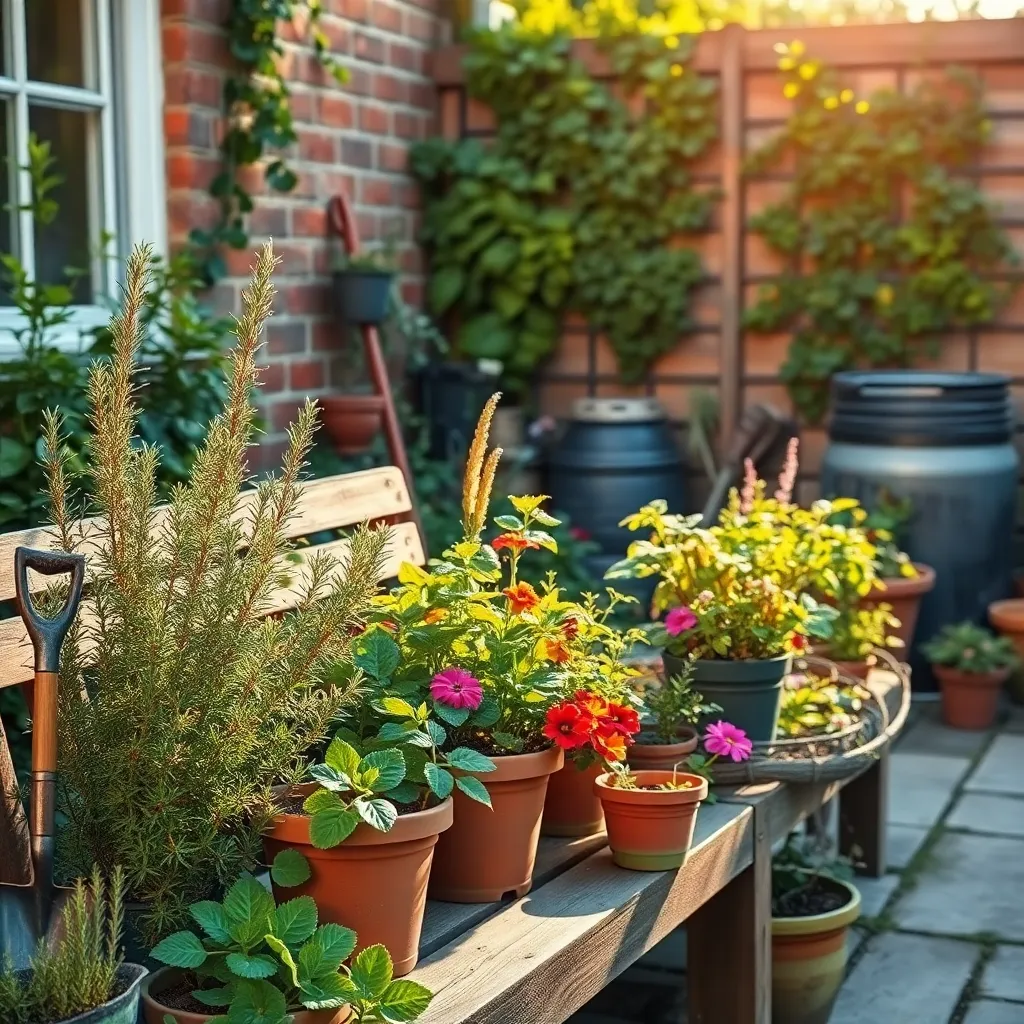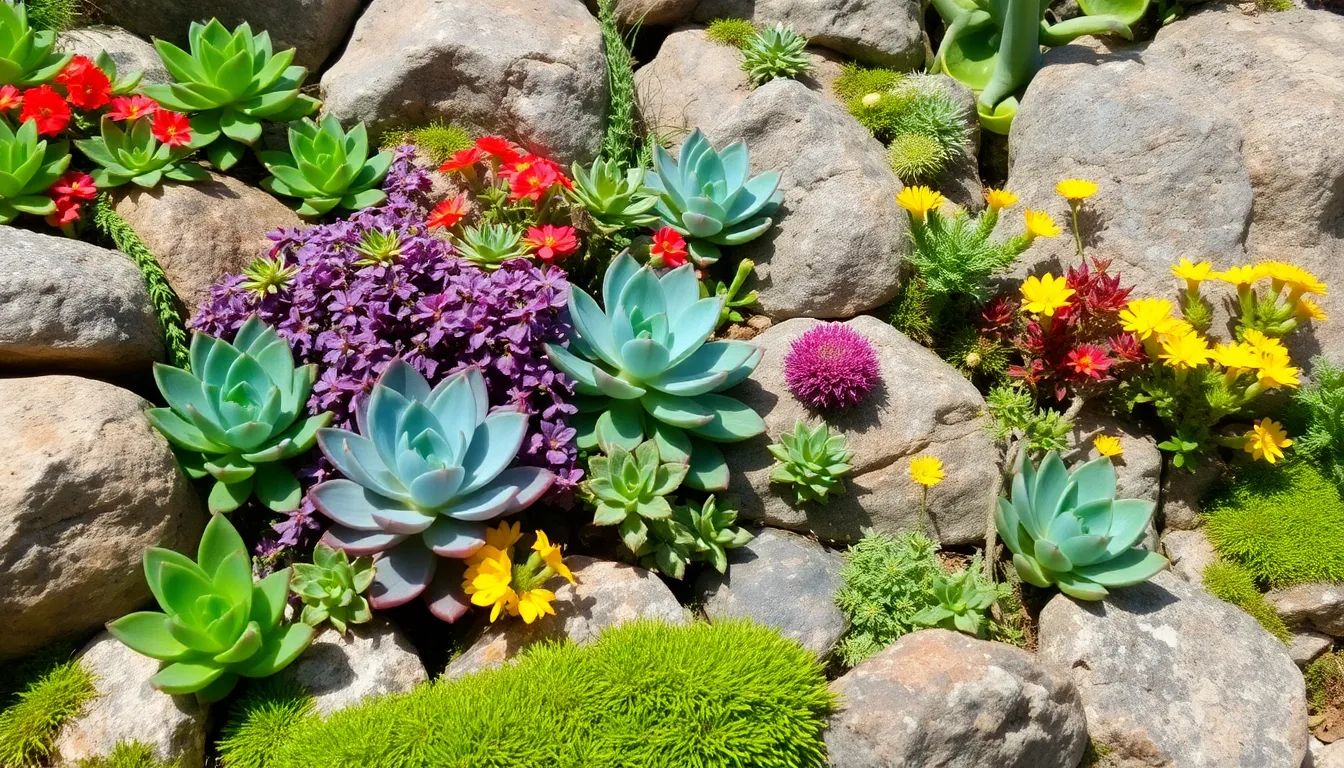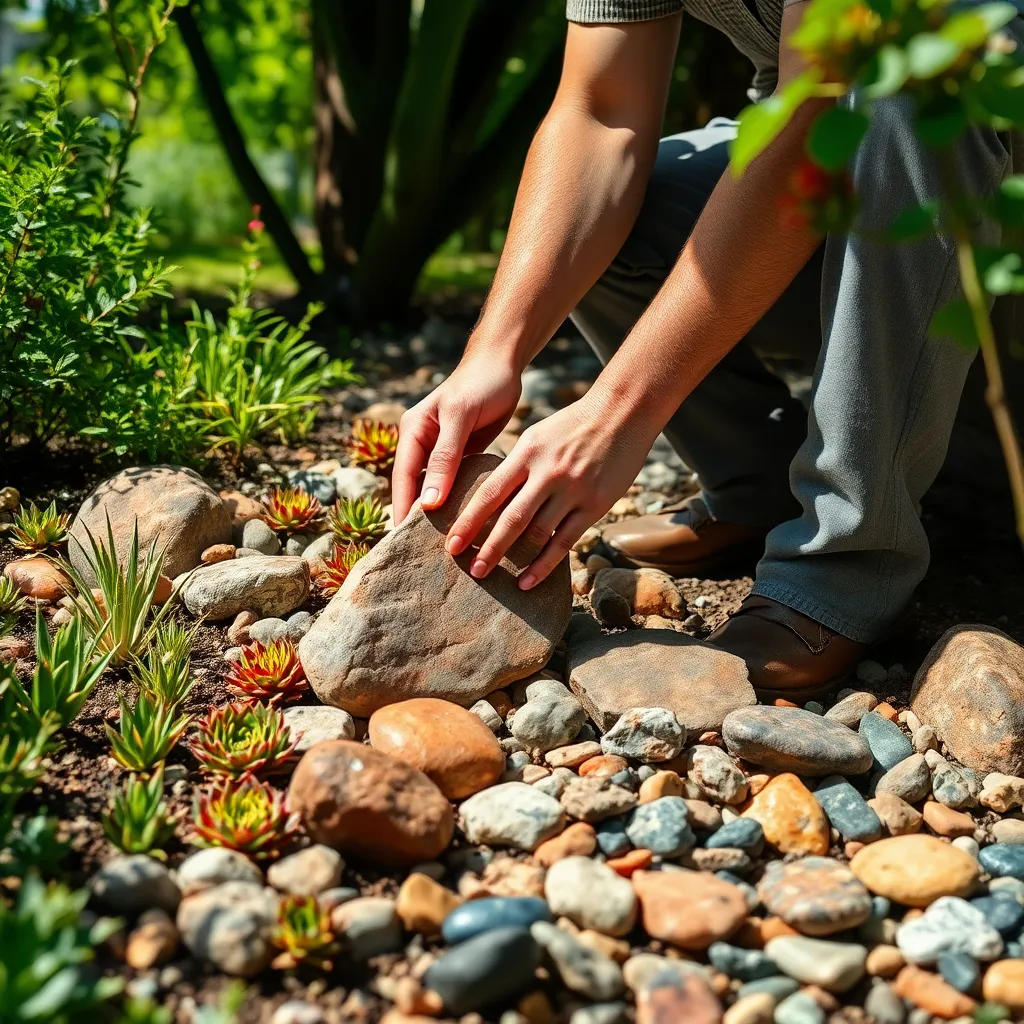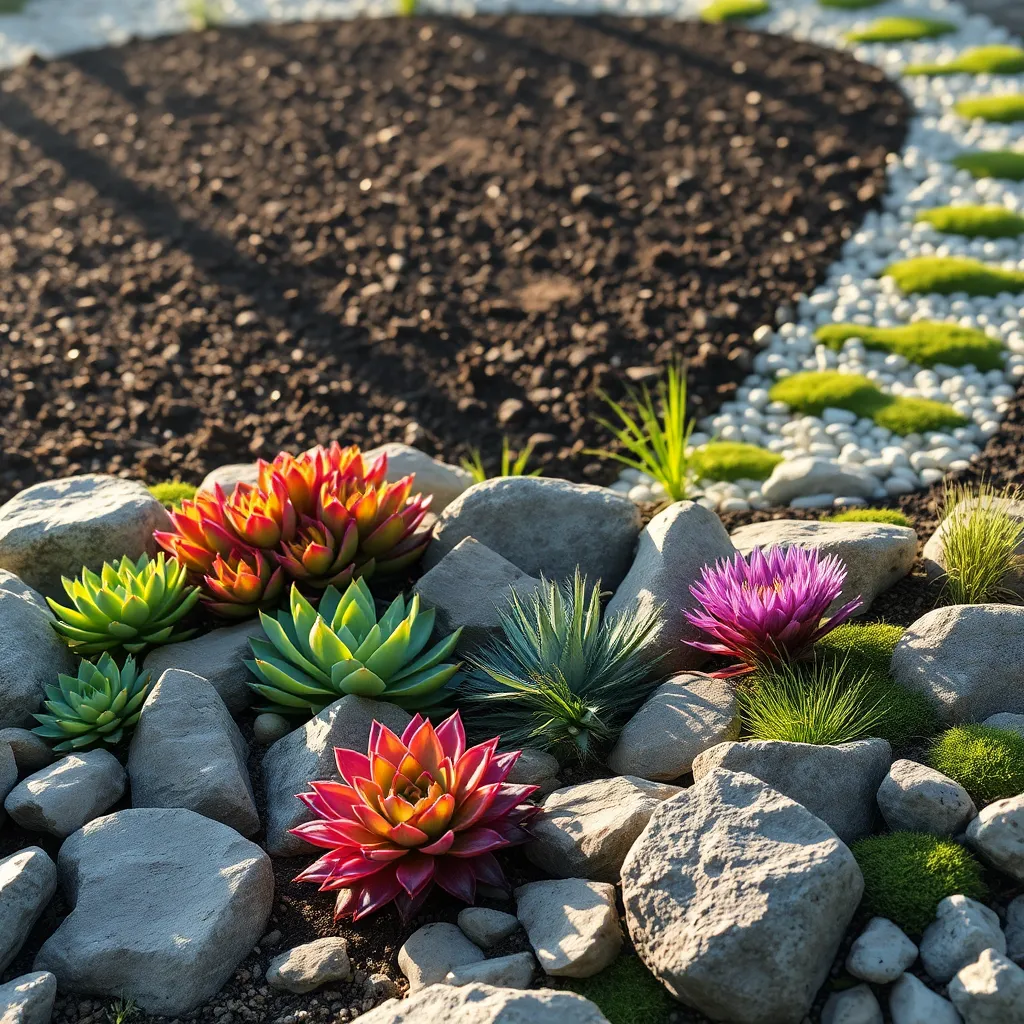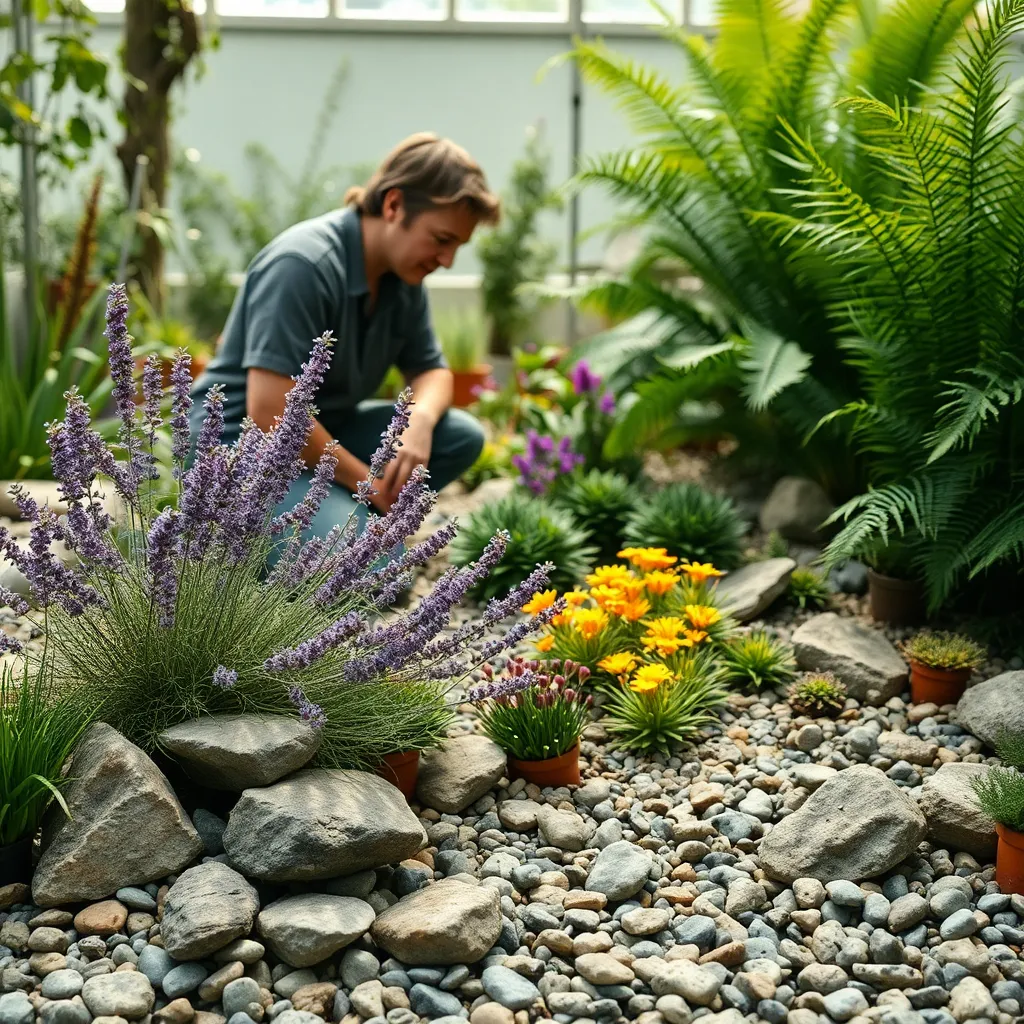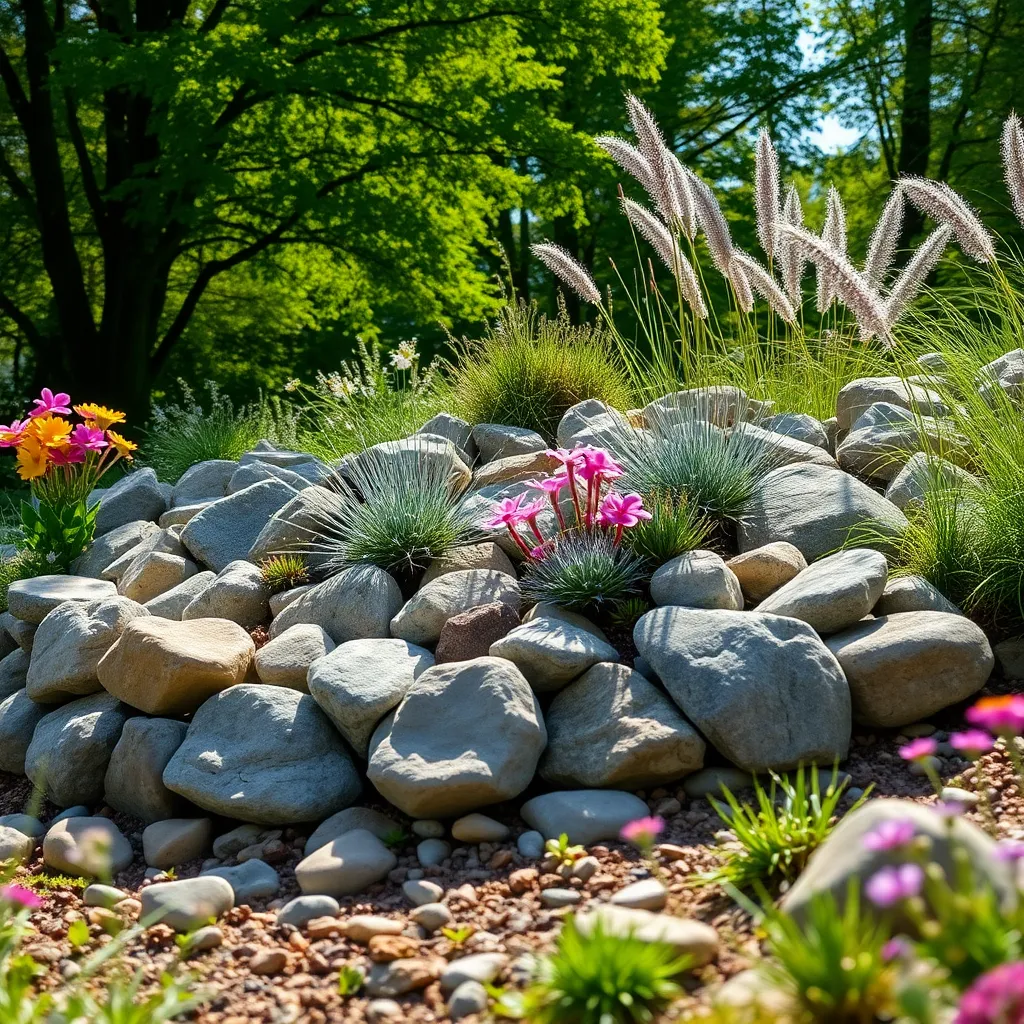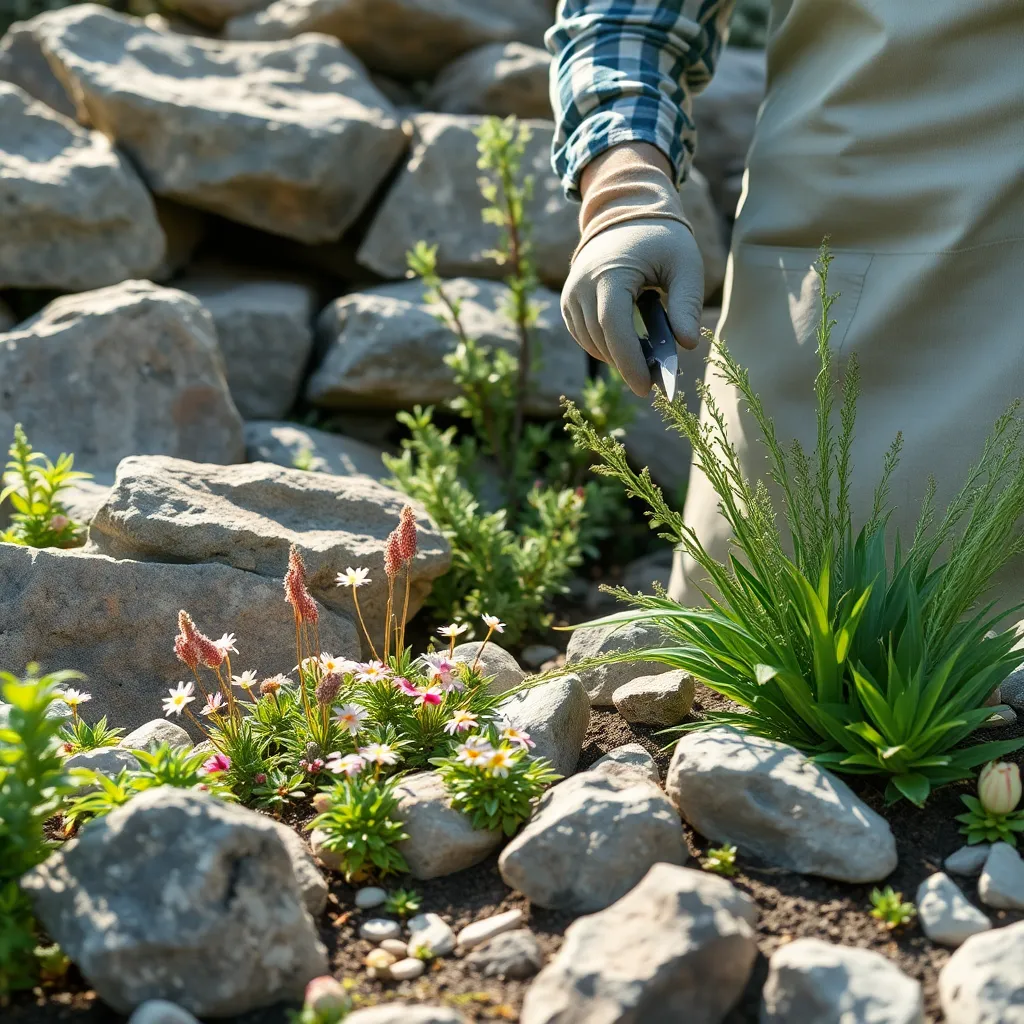Winter may seem like a dormant season for gardens, but it offers unique opportunities for growth and maintenance. Whether you’re a novice gardener or a seasoned green thumb, understanding the essentials of winter gardening can transform your outdoor space into a flourishing haven, defying the cold and bare season. In this article, we’ll unravel the secrets to maintaining a vibrant garden throughout winter, ensuring your precious plants not only survive but thrive.
As the chill sets in, it’s crucial to adapt your gardening practices to protect your plants from frost and icy winds. You’ll discover ten easy yet effective winter gardening essentials that will empower you to tackle the season’s challenges with confidence. From choosing the right mulch to understanding the benefits of winter pruning, we’ll guide you through each step with practical advice and heartening encouragement.
In the coming sections, we’ll explore simple techniques and tools that can make winter gardening not just a task, but a joy. Prepare to uncover tips that cater to all skill levels, ensuring everyone finds something valuable to enhance their gardening journey. By the end of this article, you’ll be equipped with the knowledge and inspiration needed to keep your garden lively and resilient, even in the depth of winter.
Choosing Winter-Resilient Plants

Winter gardening can be rewarding when you choose plants that thrive in colder temperatures. Perennials like hellebores and evergreen shrubs are excellent choices for adding color and texture to your winter garden.
Consider mixing in some winter vegetables such as kale and Brussels sprouts, which are hardy and thrive in cold conditions. These plants not only withstand frost but also improve in flavor after a light freeze.
Before planting, check your USDA Hardiness Zone to ensure your selections will survive the local winter climate. It’s also wise to improve soil drainage by adding organic matter, which helps prevent root rot during wet winter months.
For gardeners looking to experiment, try incorporating winter-blooming bulbs like snowdrops and crocuses. These bulbs should be planted in well-drained soil during the fall, ensuring a beautiful burst of color early in the year.
Frost Protection Techniques

Frost can be a formidable adversary in the winter garden, but with the right techniques, you can minimize its impact. Covering plants with lightweight fabrics, such as frost cloth or old sheets, provides a protective layer that traps heat from the ground overnight. This simple step can be crucial for tender plants, especially in regions where unexpected frosts occur.
To further protect your plants, consider using mulch as an insulating barrier. Applying a thick layer of straw, leaves, or wood chips around the base of your plants helps to moderate soil temperature and retain moisture. This method is particularly effective for root vegetables and perennials that are susceptible to freezing.
For those with tender or young plants, cloches can offer additional protection. These small, portable greenhouses made of glass or plastic can be placed over individual plants, creating a warm microenvironment. Cloches are especially useful for extending the growing season of cold-sensitive herbs and greens.
Advanced gardeners may opt for creating windbreaks to shield plants from harsh winter winds, which can exacerbate frost damage. Strategically placing tall structures, such as fences or hedges, around your garden can reduce wind exposure and help maintain a more stable temperature for your plants. This technique also aids in preventing soil erosion and drying of the plant leaves.
Soil Preparation for Cold Months
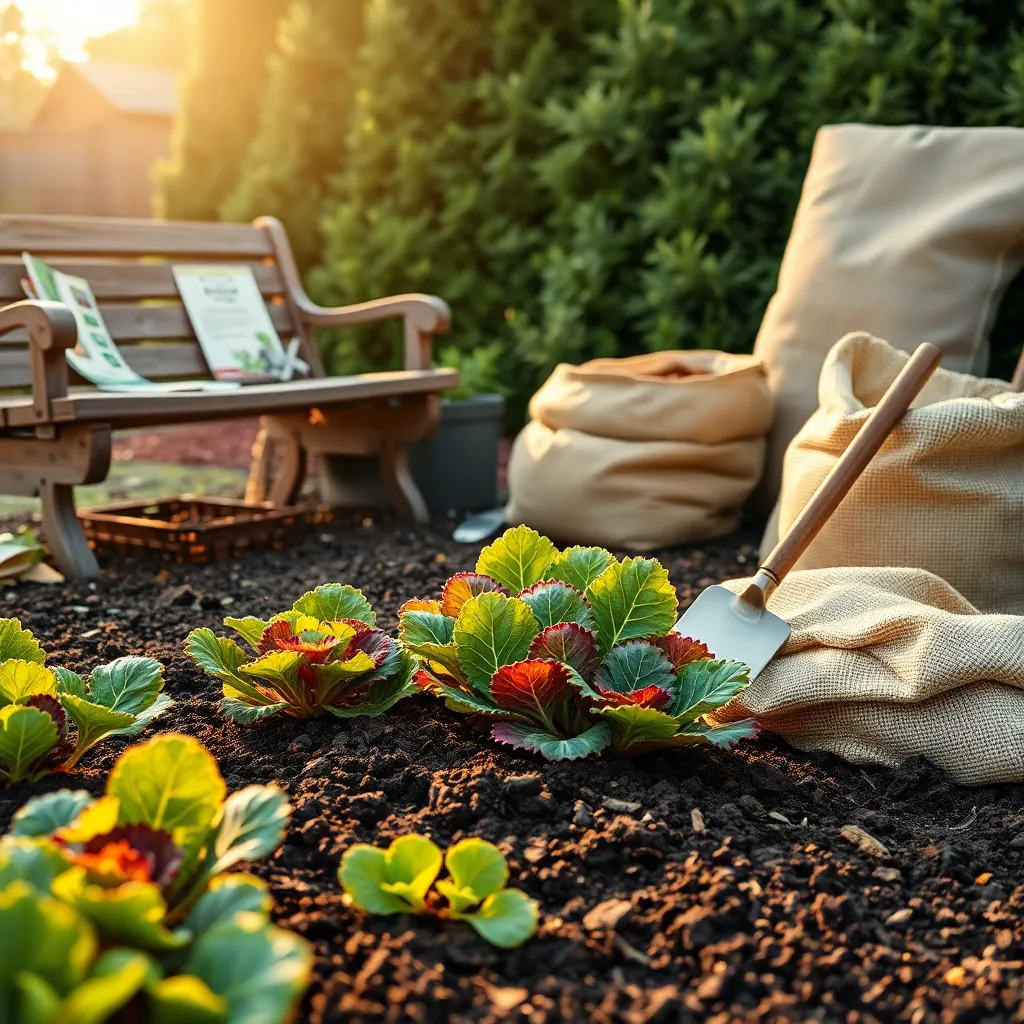
As winter approaches, preparing your soil is crucial to ensure your garden thrives when temperatures drop. Start by clearing away dead plants and debris to prevent pests and diseases from overwintering in your garden beds.
Next, consider adding a layer of organic matter such as compost or well-rotted manure. This enriches the soil with nutrients and improves its structure, making it more resilient during the cold months.
Mulching is another essential step in soil preparation for winter. Apply a thick layer of mulch, such as straw or shredded leaves, to insulate the soil and protect plant roots from freezing temperatures.
For those looking to take an advanced step, consider planting cover crops like clover or winter rye. These plants will fix nitrogen in the soil while preventing erosion, offering a head start for your spring planting.
Mulching for Winter Warmth
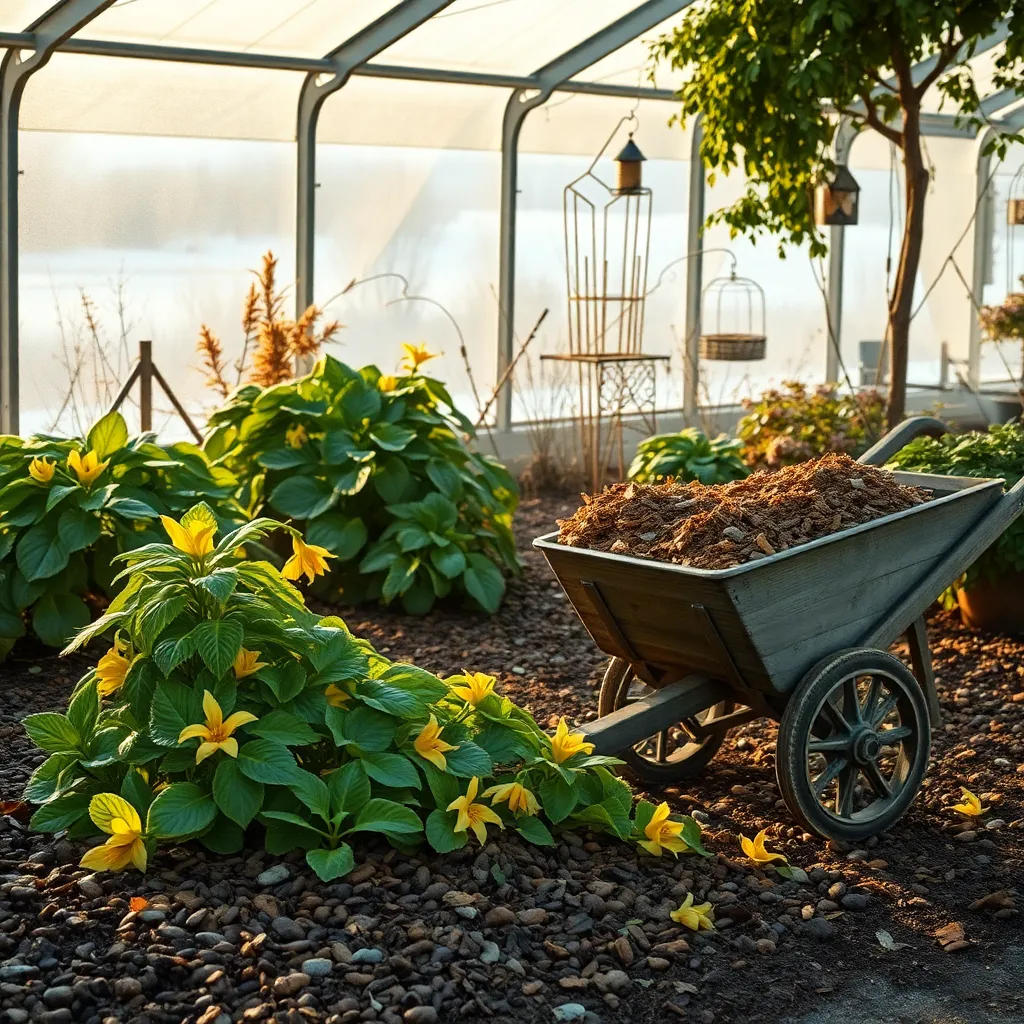
Mulching is an essential winter gardening practice that helps insulate your plants against the cold. By applying a generous layer of mulch, you can protect plant roots from freezing temperatures and prevent soil erosion.
Choose organic materials like straw, shredded leaves, or wood chips for your mulch, as these will decompose over time and enrich the soil. Apply a layer approximately 2 to 4 inches thick around the base of your plants, taking care not to cover the crown to prevent rot.
For beginner gardeners, it’s important to understand that the timing of mulching is crucial. Wait until the ground has slightly frozen before applying mulch to ensure that pests seeking warmth won’t burrow into your garden.
Advanced gardeners might consider using a heavier mulch layer for plants that are particularly sensitive to cold, such as tender perennials. Additionally, using a mix of mulch types can provide both immediate insulation and long-term soil improvement.
Efficient Winter Watering Tips

Winter watering is crucial for keeping your garden thriving during colder months. It’s essential to water your plants on warmer days when the soil isn’t frozen to allow absorption.
Consider the specific needs of your plants to determine optimal watering frequency. Drought-tolerant species will require less water, while evergreen plants may need more attention to prevent dehydration.
Watering in the morning is ideal as it gives plants time to absorb moisture before temperatures drop at night. Avoid watering late in the day to prevent water from freezing on plant surfaces, which can cause damage.
It’s important to check the moisture level of the soil regularly. You can do this by inserting your finger about an inch into the soil; if it feels dry, it’s time to water.
For advanced gardeners, using a soil moisture meter can provide more precise data on when to water. This tool helps ensure that you are not overwatering, which can lead to root rot, especially in clay soils that retain moisture longer.
For container plants, ensure drainage is adequate to prevent water from pooling and freezing. Elevating pots off the ground slightly can help with drainage and prevent pots from cracking in freezing conditions.
Pruning Practices for Dormant Plants
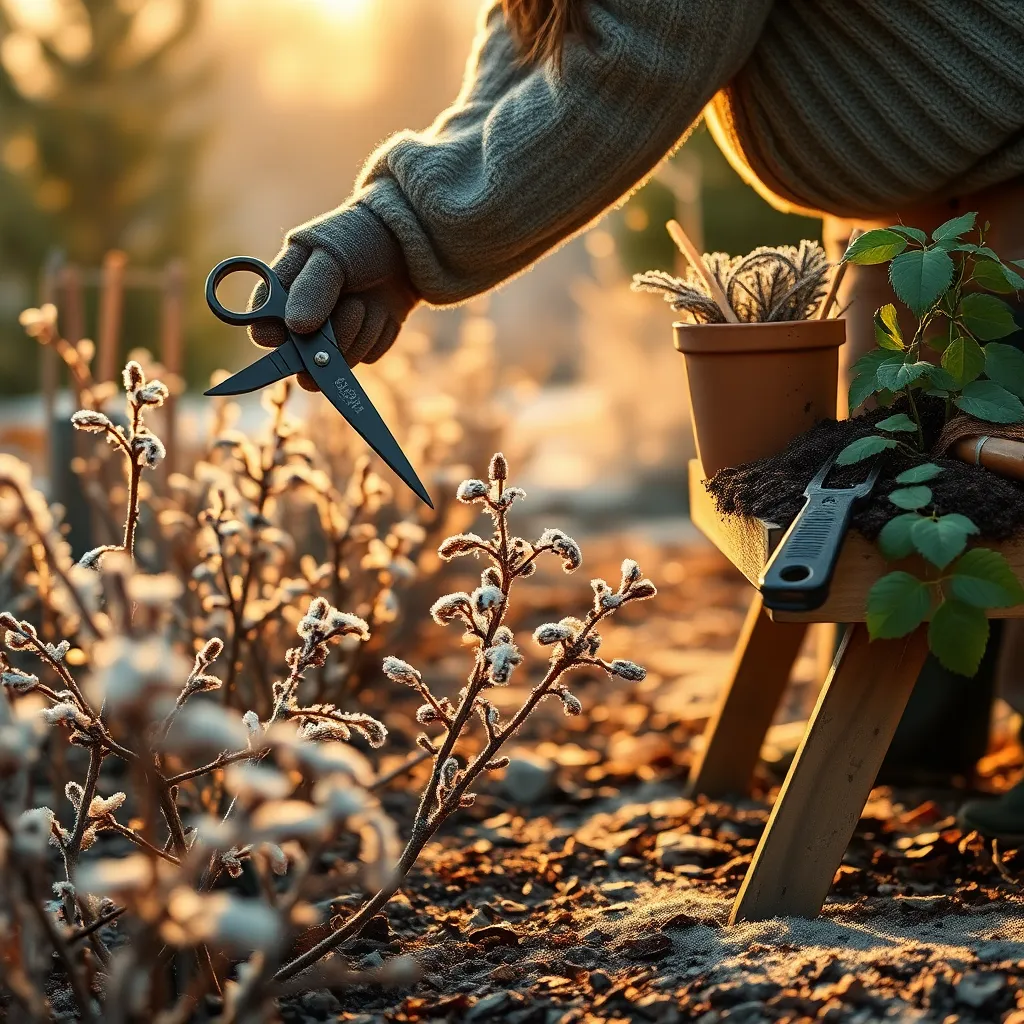
Winter is the perfect time to focus on pruning your dormant plants, as this encourages healthy growth in the spring. Pruning during dormancy minimizes stress on the plant and reduces the risk of disease. Start by identifying which branches need cutting; look for dead, diseased, or crossing branches. This is a crucial step to maintain the plant’s shape and ensure air circulation.
When pruning, use clean, sharp tools to make precise cuts, which helps prevent damage to the plant. It’s important to cut at a slight angle, about a quarter-inch above a bud, to promote water runoff and prevent rot. For beginners, focus on simple tasks like removing dead wood and shaping the plant. Experienced gardeners can explore more advanced techniques such as espalier or coppicing for certain species.
Different plants have varying pruning needs, so research your specific species beforehand. For example, fruit trees like apple and pear benefit from dormant pruning to enhance fruit production. Roses also respond well to winter pruning, encouraging vibrant blooms in the growing season. Always follow the specific pruning schedule and technique recommended for each plant to ensure the best results.
Indoor Gardening for Winter Greens
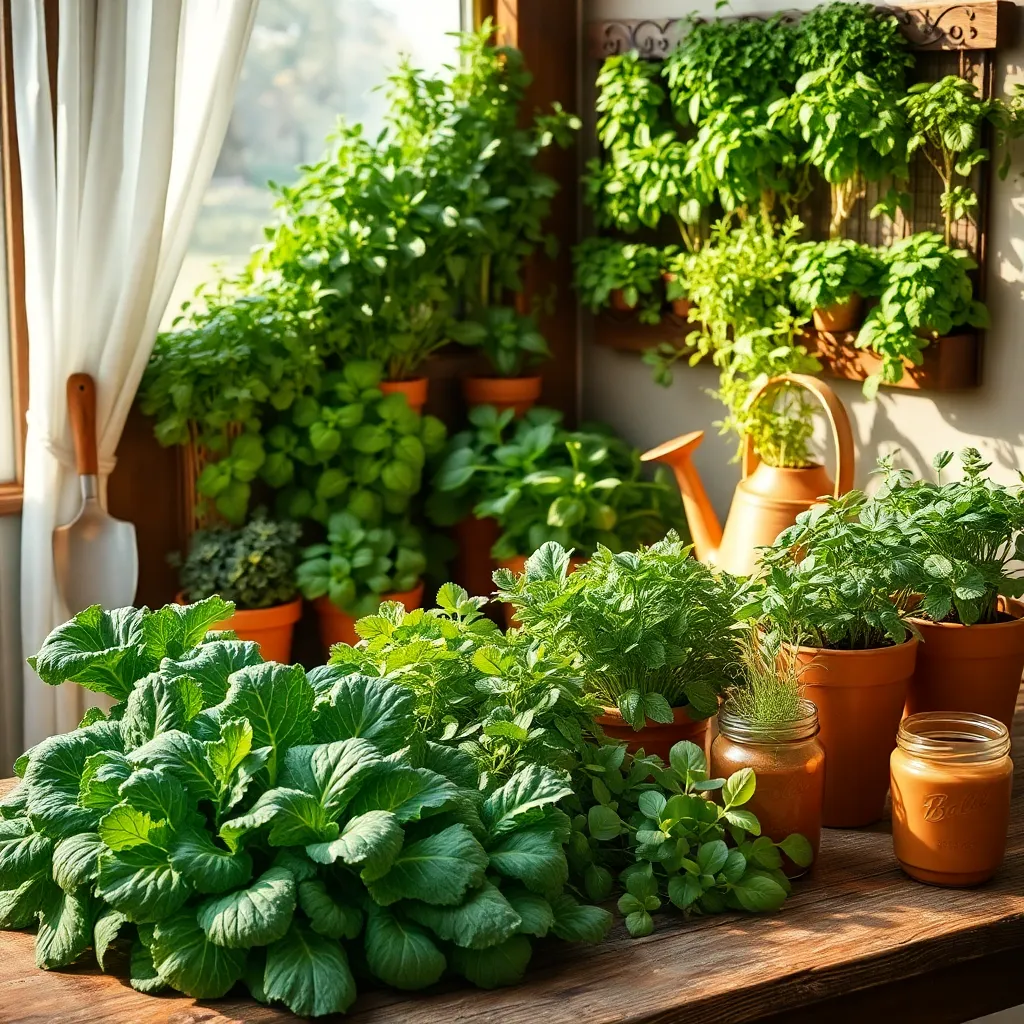
Winter doesn’t have to mean the end of fresh greens; you can successfully grow them indoors with the right setup. Start by selecting easy-to-grow varieties like lettuce, spinach, and kale, which thrive well in the controlled environment of your home.
Choose containers with good drainage and fill them with a light, well-draining potting mix to prevent root rot. Position your containers near a south-facing window or provide supplemental lighting with grow lights for at least 12-14 hours a day.
Water your indoor greens consistently, keeping the soil moist but not waterlogged, and ensure proper humidity levels to mimic outdoor conditions. Misting your plants occasionally can help maintain humidity, especially in homes with dry winter air.
For those looking to enhance their indoor garden, consider using a hydroponic system to grow your winter greens. This advanced technique allows for faster growth and higher yields by providing nutrients directly to the roots in a water-based solution.
Utilizing Cold Frames and Cloches
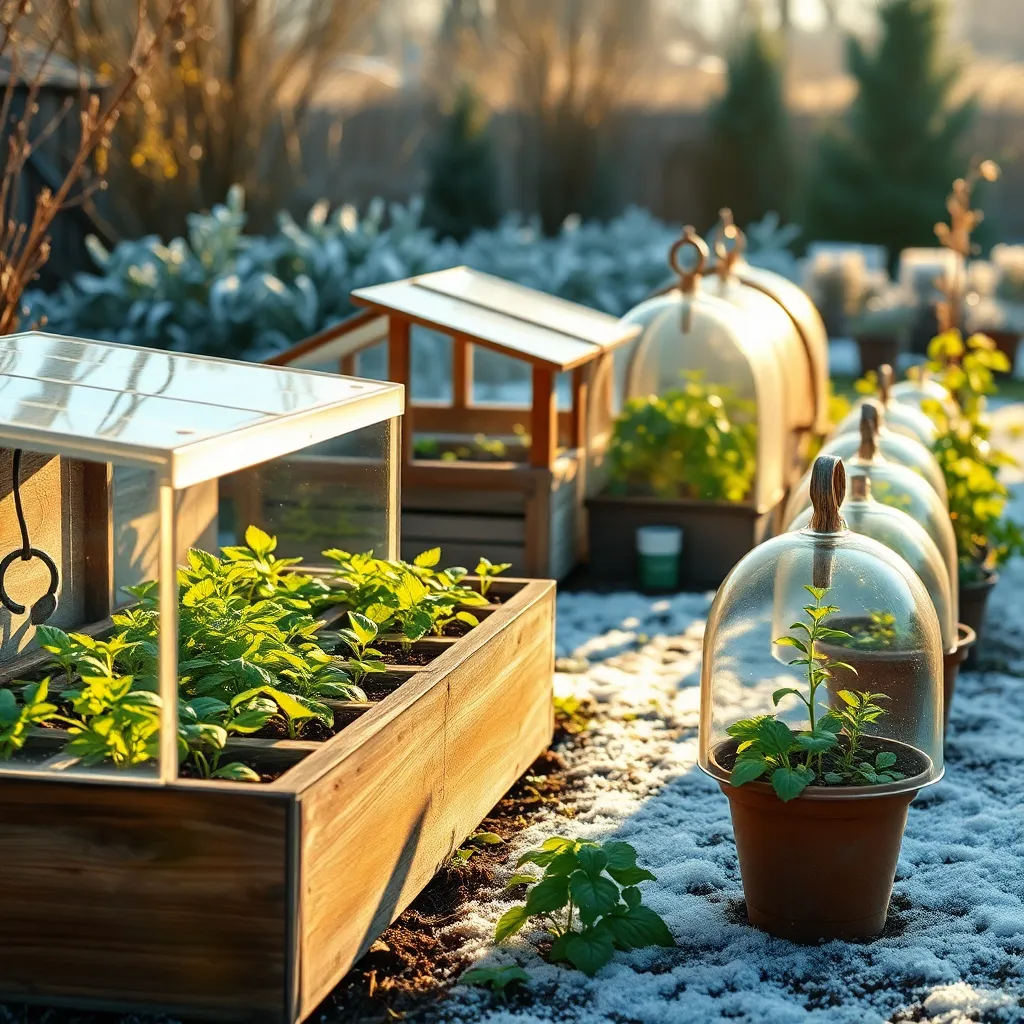
Cold frames and cloches are fantastic tools for extending your gardening season into the colder months. They provide a microclimate that protects plants from harsh winter conditions, enabling you to grow a wider variety of crops.
Using a cold frame is a straightforward way to start seedlings earlier in the spring or keep vegetables like lettuce and spinach growing through the winter. Ensure your cold frame is positioned in a sunny spot with well-drained soil to maximize sunlight and prevent waterlogging.
A cloche, which can be made from glass or plastic, offers individual plant protection and is perfect for shielding tender plants from frost. When placing a cloche, be sure to ventilate it on sunny days to prevent overheating and encourage healthy air circulation.
For those looking to optimize their cold frame, consider adding a layer of straw or leaves around the base for additional insulation. Advanced gardeners might also experiment with using a heat-absorbing material like bricks or stones inside the frame to retain warmth overnight.
Composting in Cold Weather
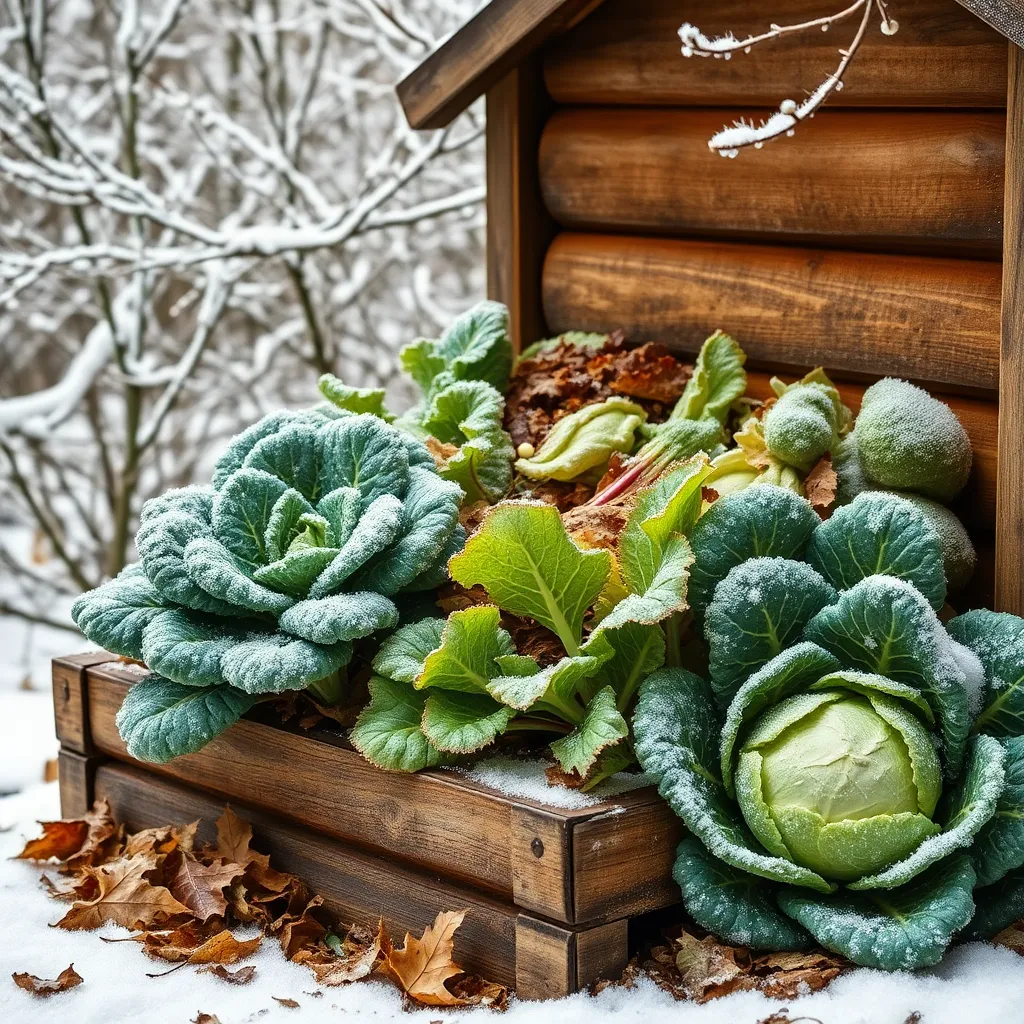
As temperatures drop, composting may seem challenging, but it’s entirely possible with a few adjustments. Insulating your compost pile with straw bales or a tarp can help maintain warmth and keep the microbial activity ongoing.
Another approach is to increase the size of your compost pile, as larger piles retain heat better. By adding carbon-rich materials such as fallen leaves, you provide the necessary fuel to keep the composting process active even in colder months.
It’s crucial to maintain a proper balance of green and brown materials to ensure decomposition continues smoothly. Green materials like kitchen scraps add nitrogen, while brown materials like dry leaves supply carbon.
For those already familiar with composting, consider turning your pile regularly, even in winter. This aeration helps combat compaction and maintain oxygen levels, which are vital for microbial survival and activity.
Planning for Spring Success
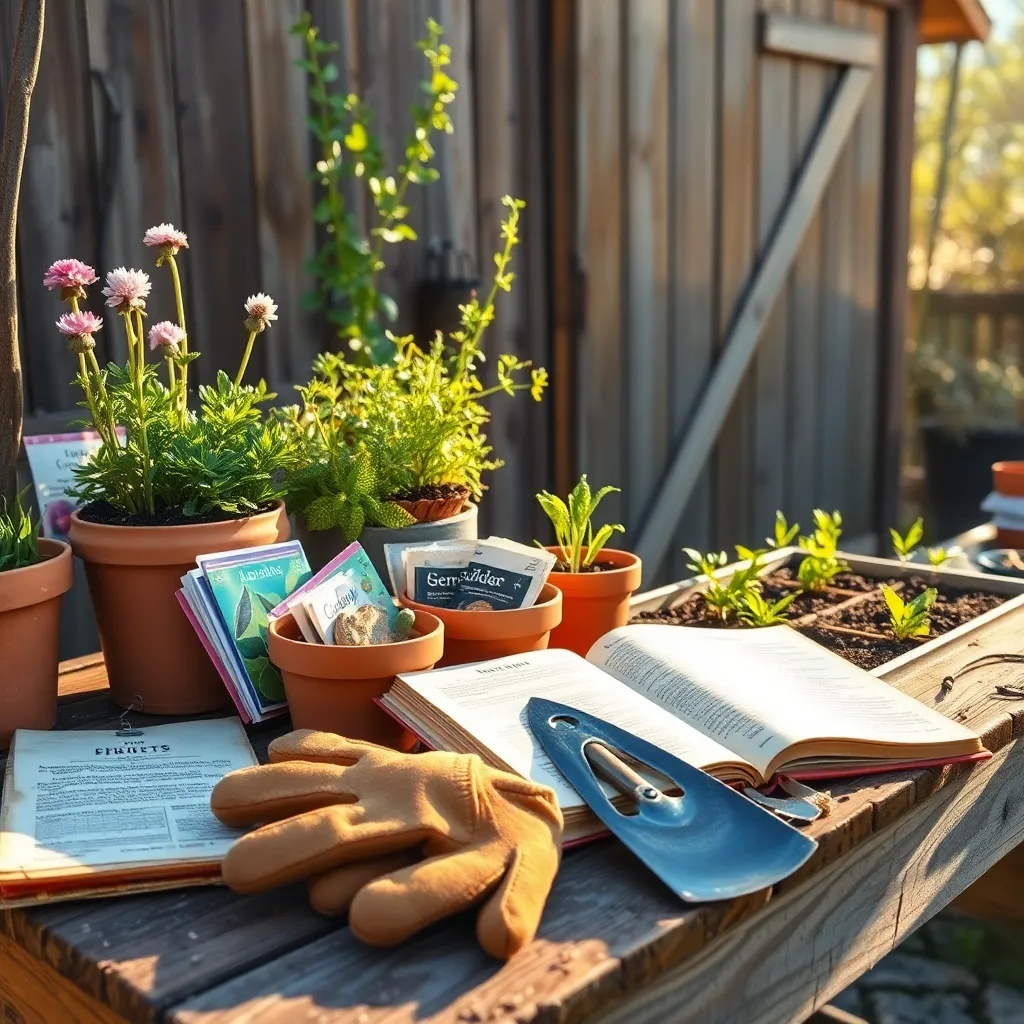
As winter settles in, it’s the perfect time to start planning for a successful spring garden. Begin by considering the types of plants you wish to grow and the specific conditions each requires, such as sunlight, soil type, and water needs.
To ensure a thriving garden, test your soil to determine its pH and nutrient levels. This will guide you in selecting the right amendments, such as lime to raise pH or sulfur to lower it, ensuring your soil is optimal for the plants you plan to cultivate.
Creating a detailed layout of your garden can help maximize space and sunlight exposure. Place taller plants, like tomatoes or sunflowers, on the north side of your garden bed to avoid shading smaller plants, ensuring each receives adequate sunlight.
Consider starting seeds indoors during the latter part of winter to get a head start on the growing season. Using a seed-starting mix and maintaining a consistent temperature of around 70°F (21°C) will promote healthy germination.
For those with more experience, try experimenting with succession planting to extend your harvest. By staggering planting times or choosing varieties with different maturity rates, you can enjoy a continuous supply of fresh produce throughout spring and into summer.
Conclusion: Growing Success with These Plants
As winter’s chill embraces us, nurturing your garden of relationships becomes essential. We’ve explored ten key concepts to keep your connections thriving even in the coldest months: cultivating patience, embracing empathy, prioritizing communication, setting healthy boundaries, sharing warmth, fostering gratitude, nurturing mutual respect, practicing forgiveness, investing time, and celebrating small victories. Each concept acts as a vital tool in your relationship toolkit, ensuring that your bonds remain strong and resilient.
To take immediate action, choose one concept that resonates with you and incorporate it into your daily interactions. Whether it’s a heartfelt conversation or a small gesture of appreciation, these actions can sow seeds of warmth and understanding in your relationships.
Remember, meaningful relationships are like a well-tended garden—they require consistent care and attention. Save this article as your go-to guide for nurturing your connections throughout the winter and beyond. By bookmarking this resource, you’ll have a ready reference to revisit and reinforce these valuable insights.
As you embrace these concepts, envision a future where your relationships flourish with trust, joy, and mutual support. The effort you invest today will pave the way for enduring relationship success tomorrow. Let this winter be the season of growth and connection.

